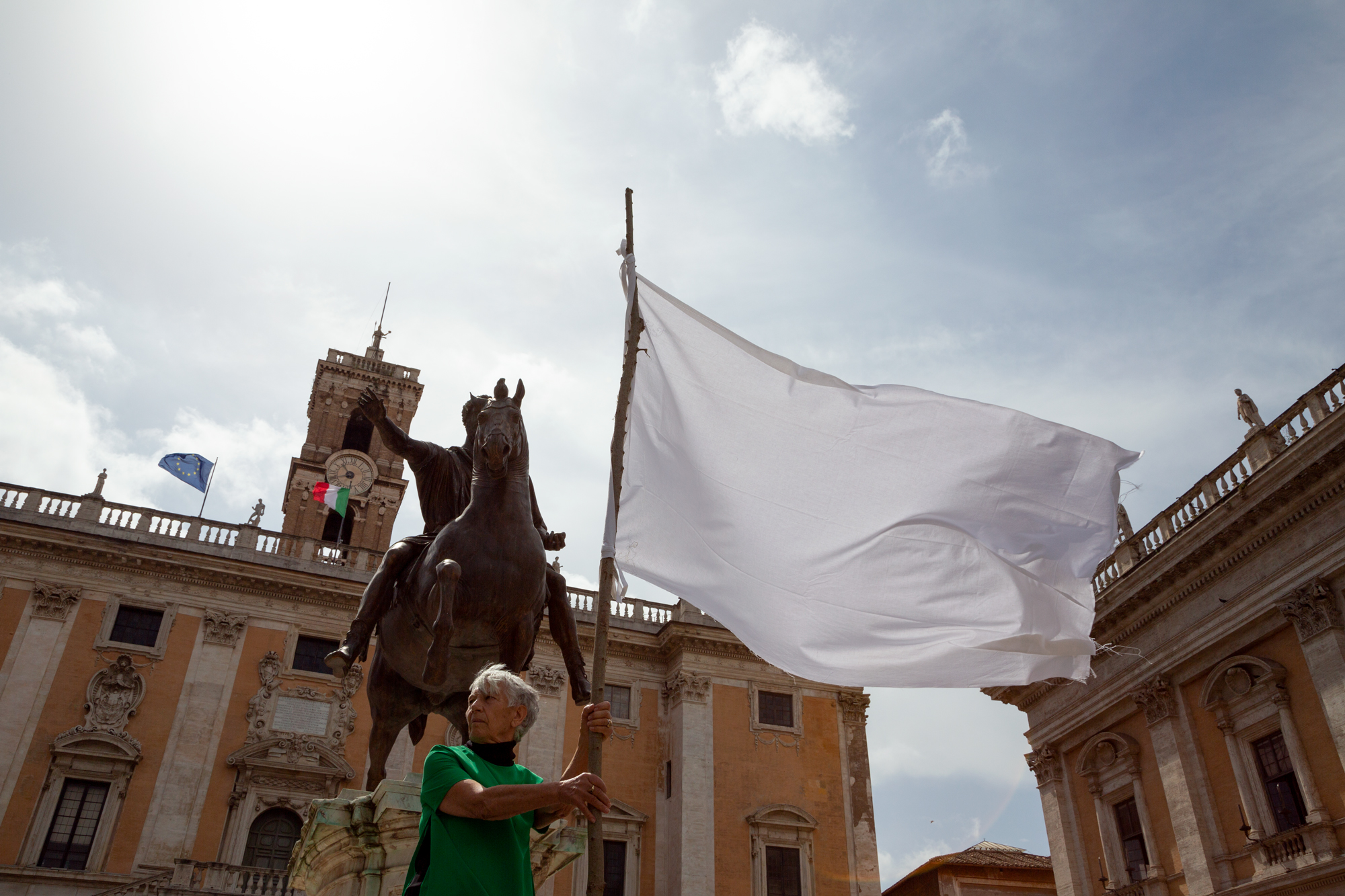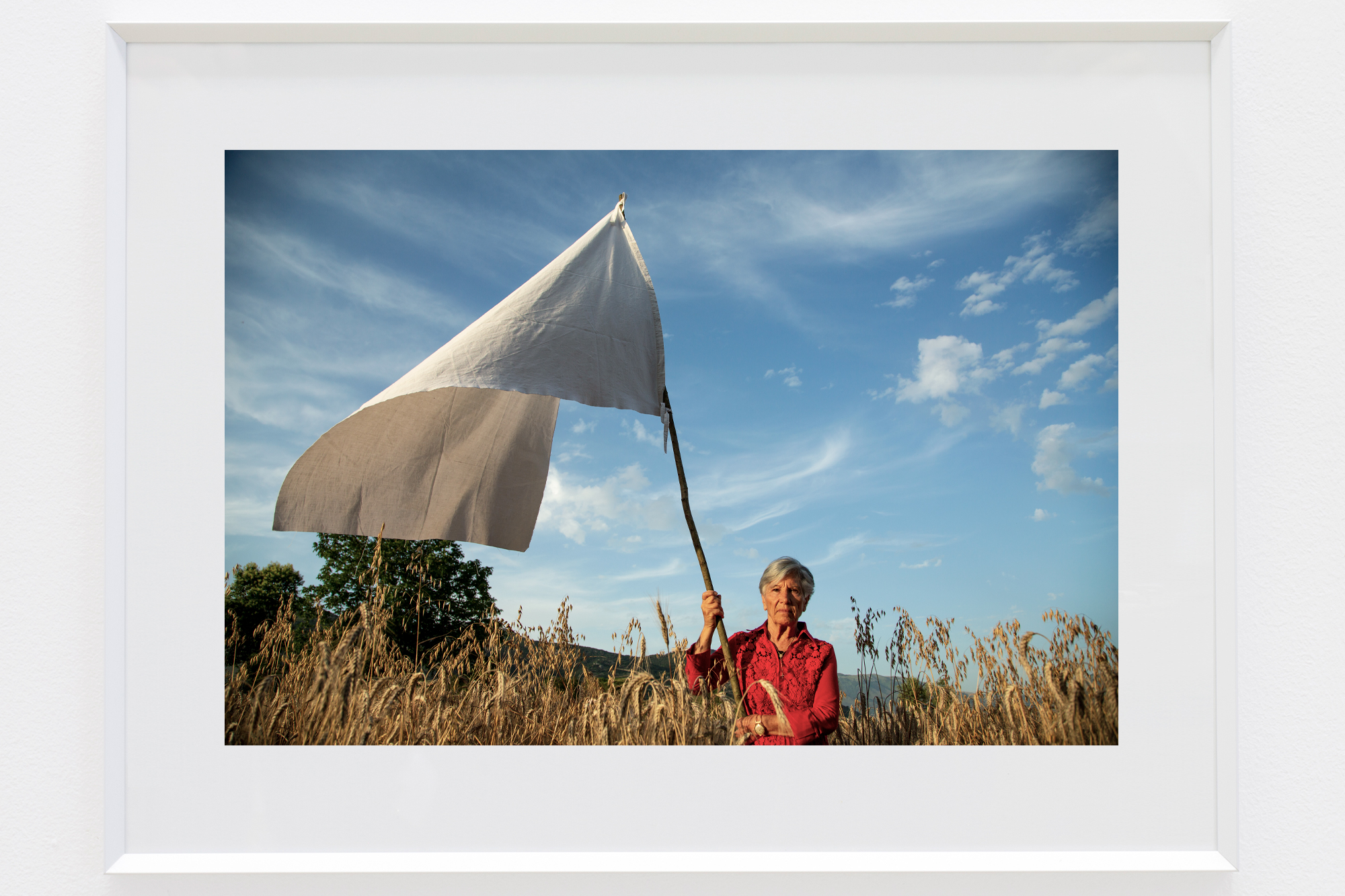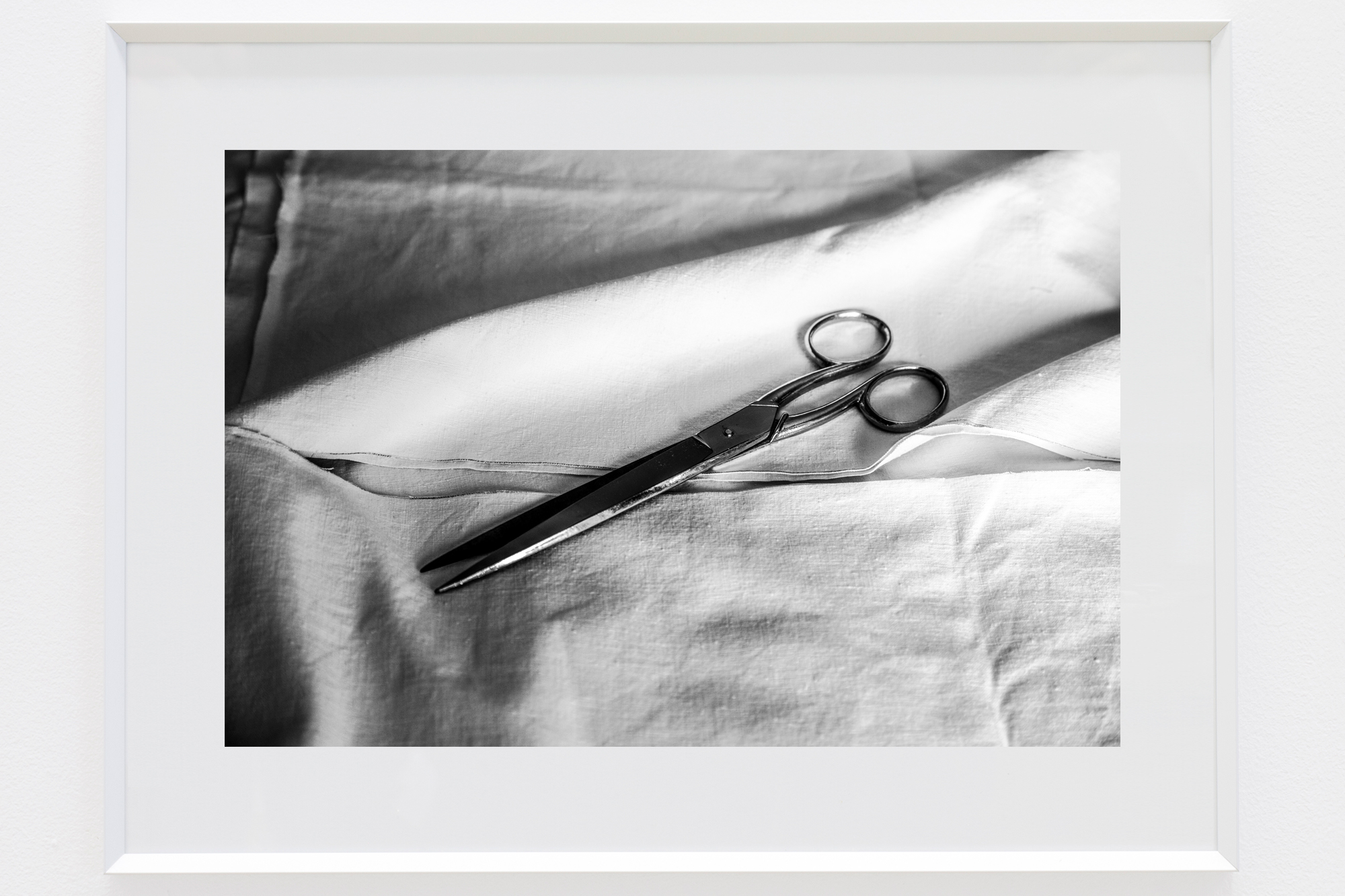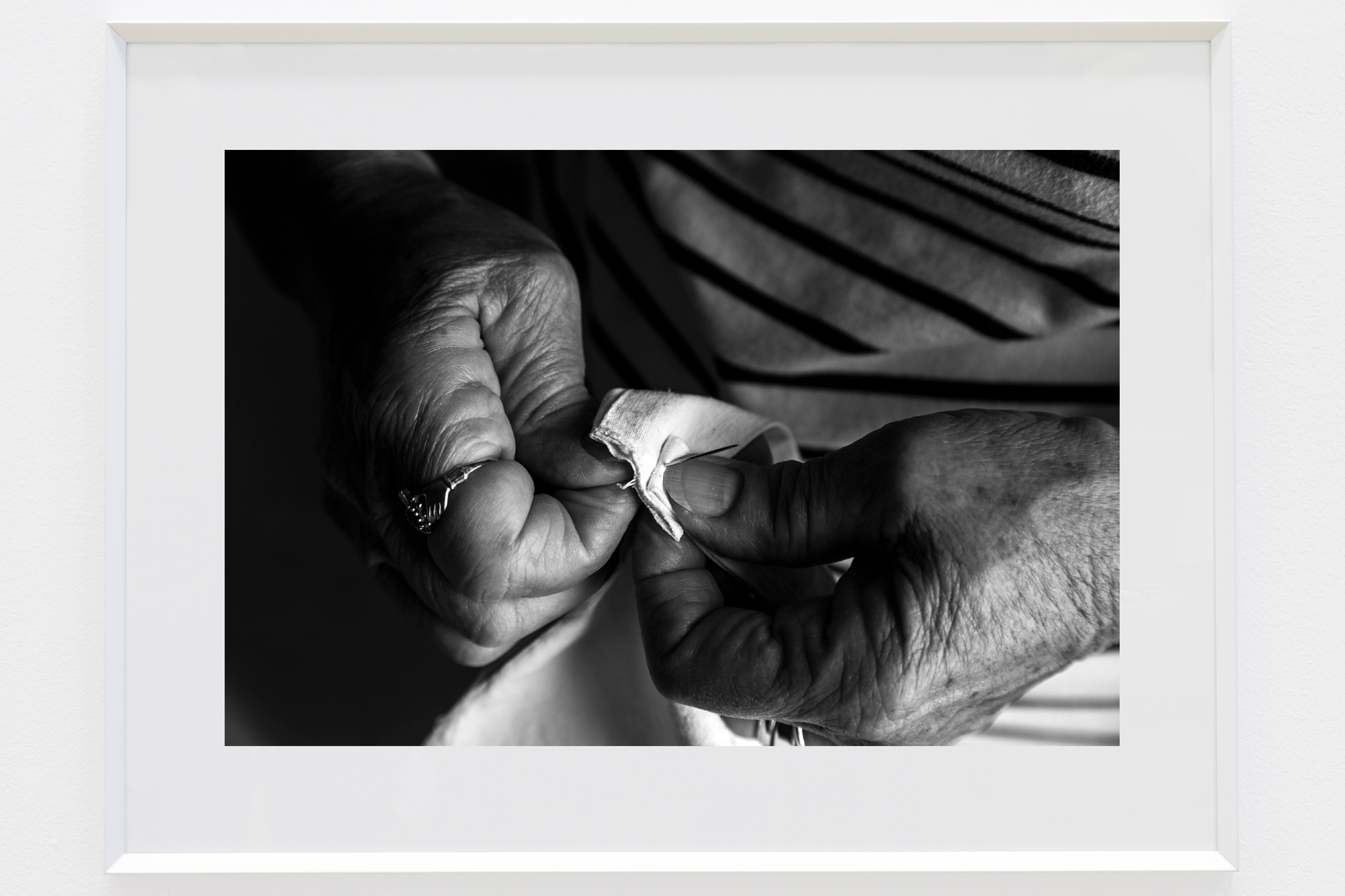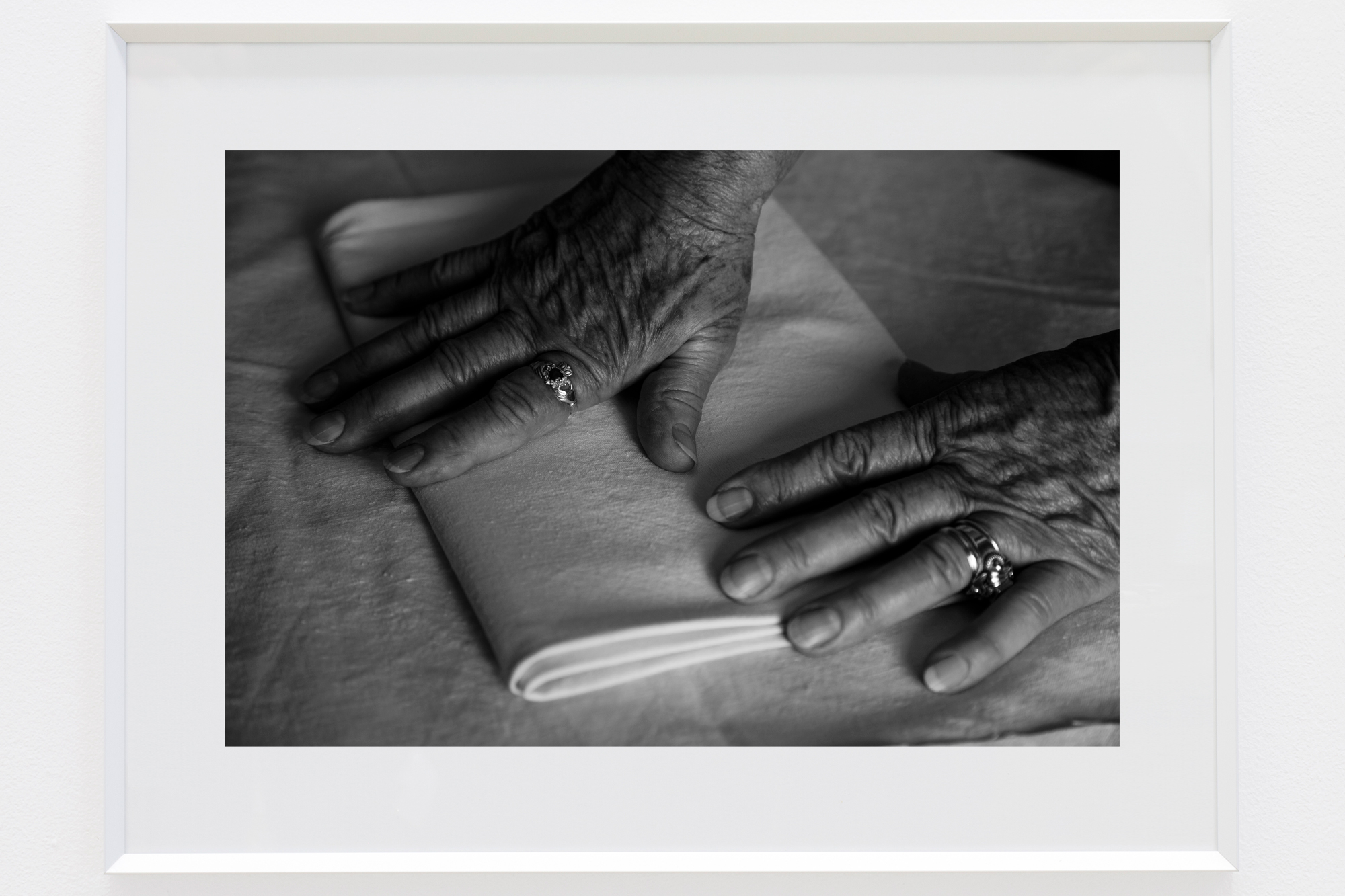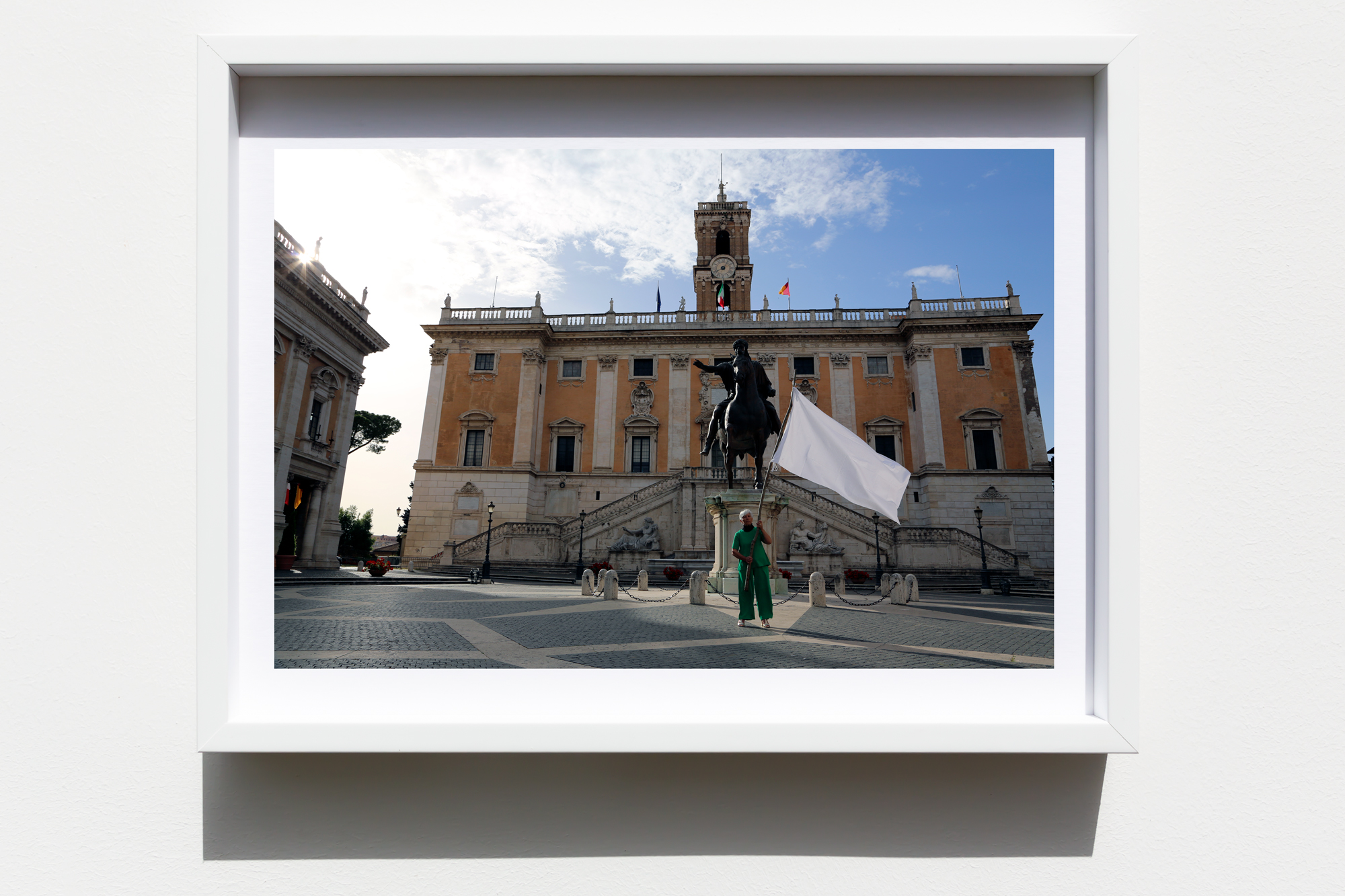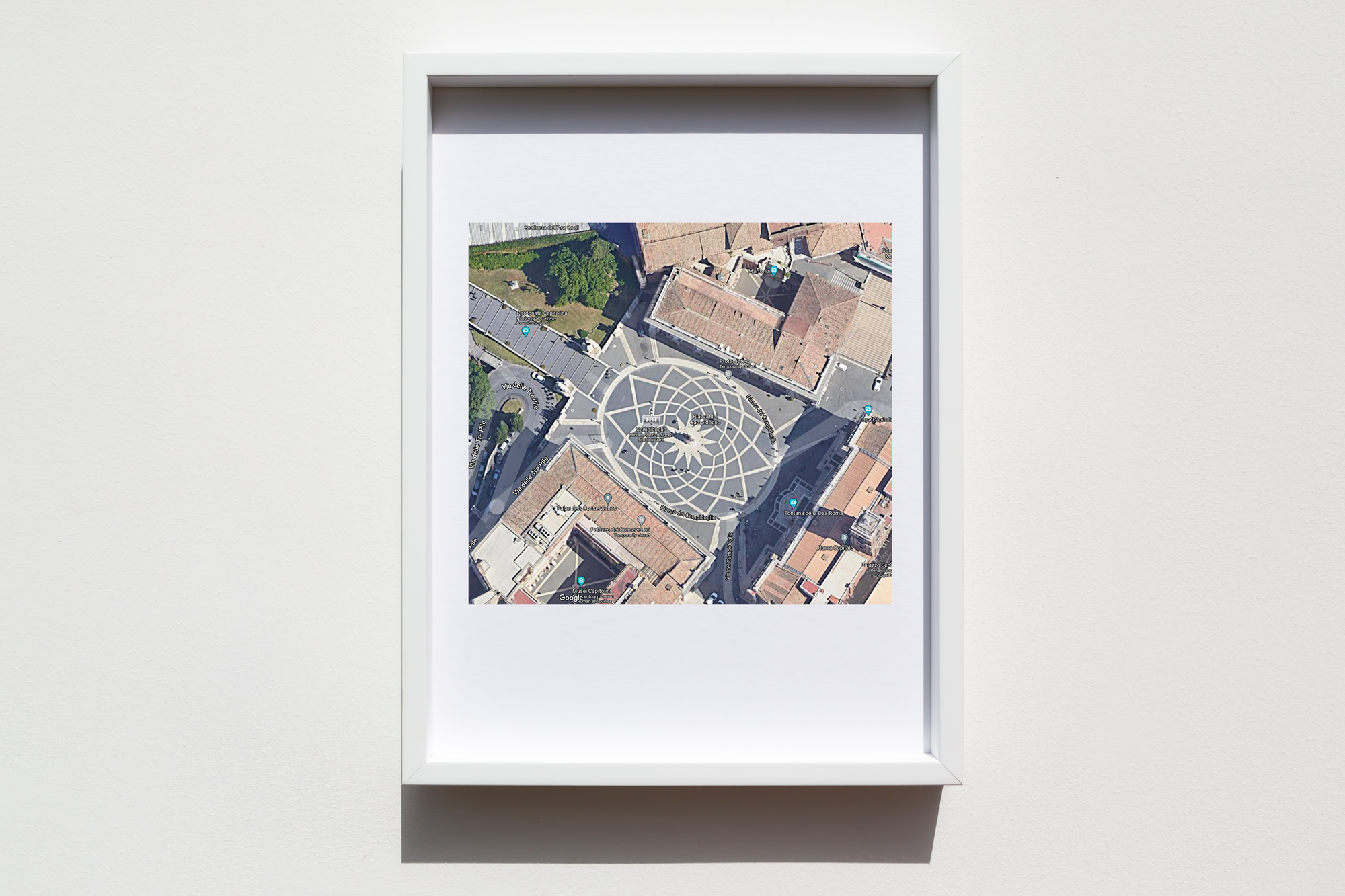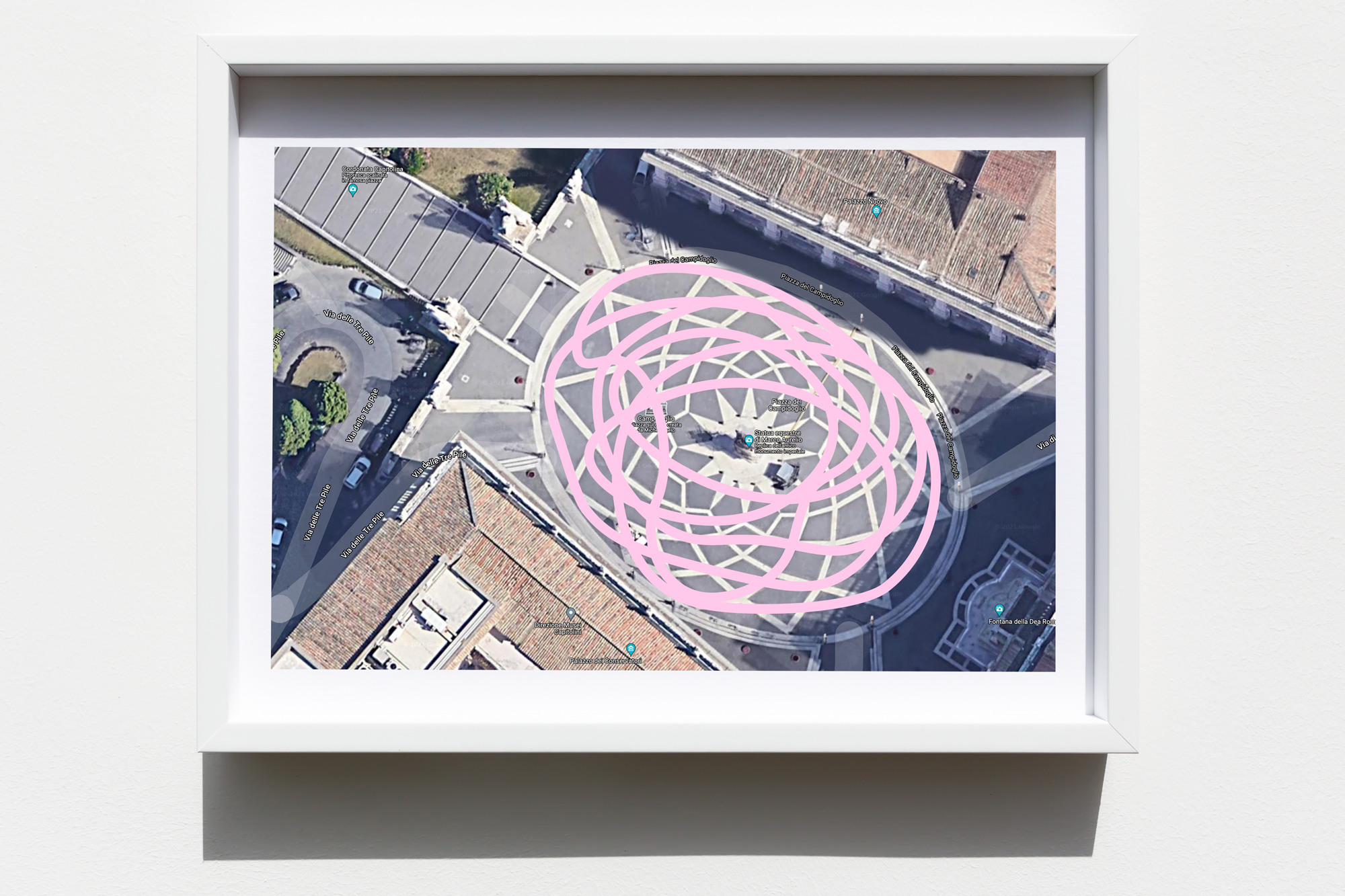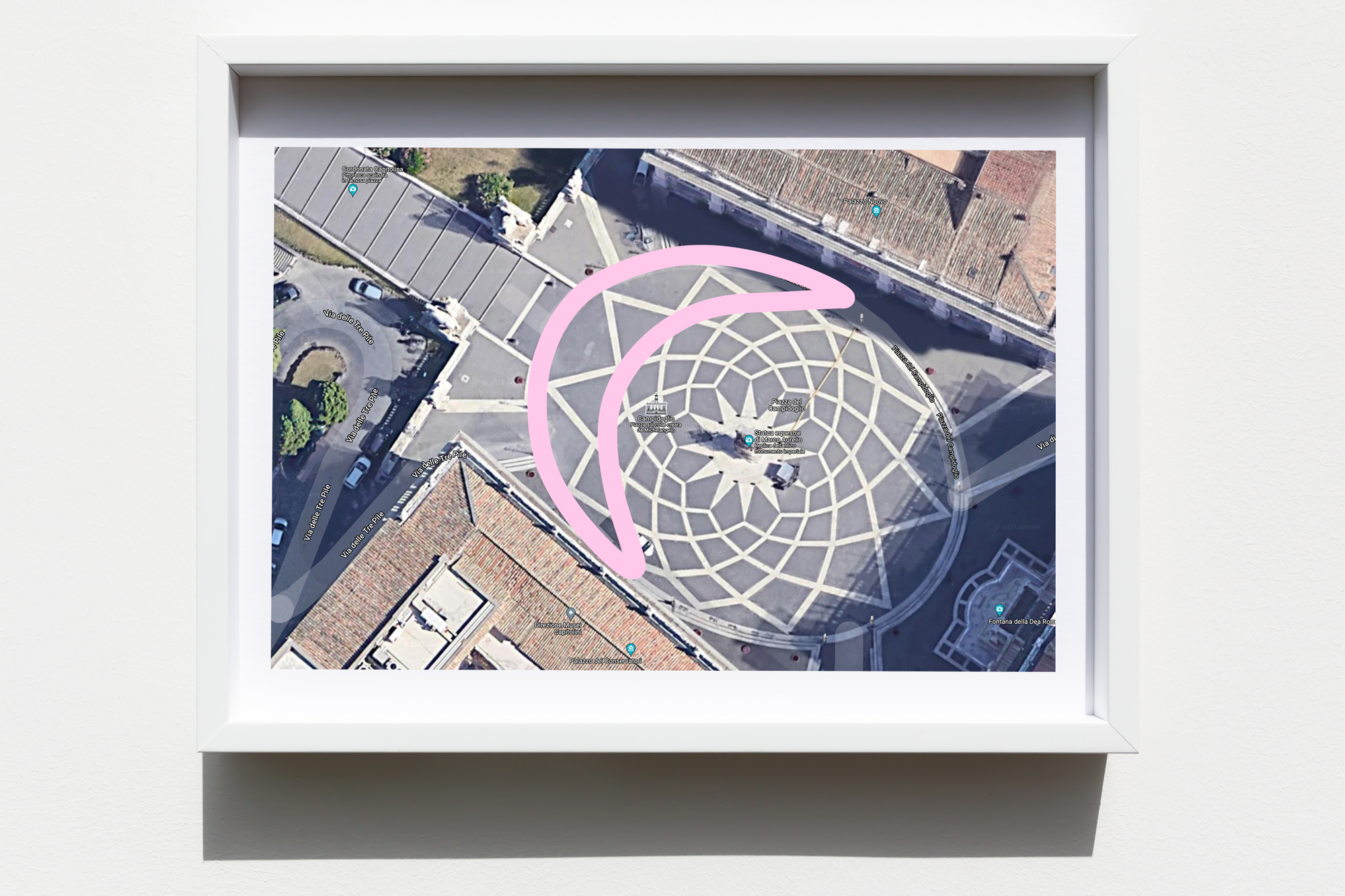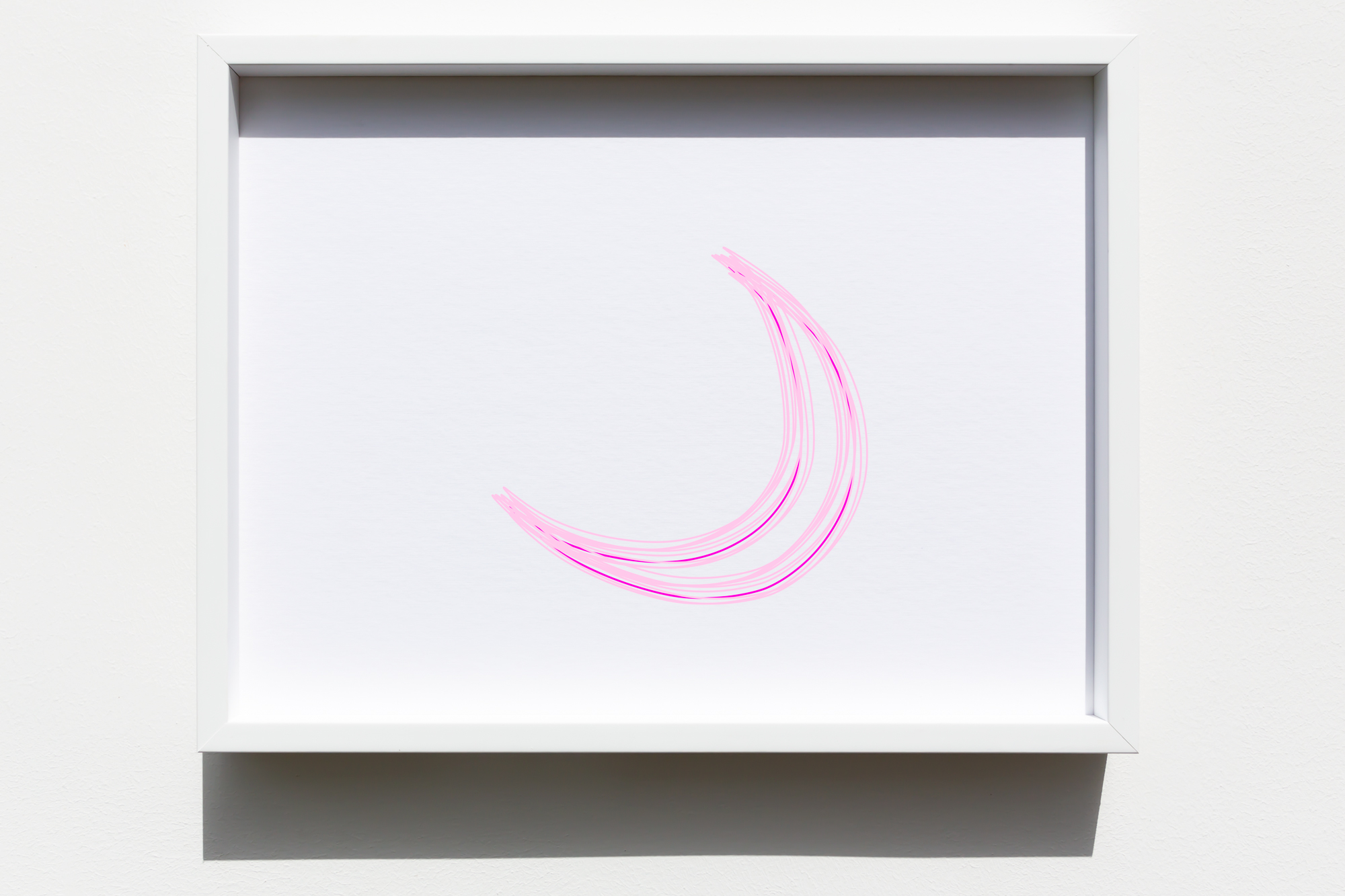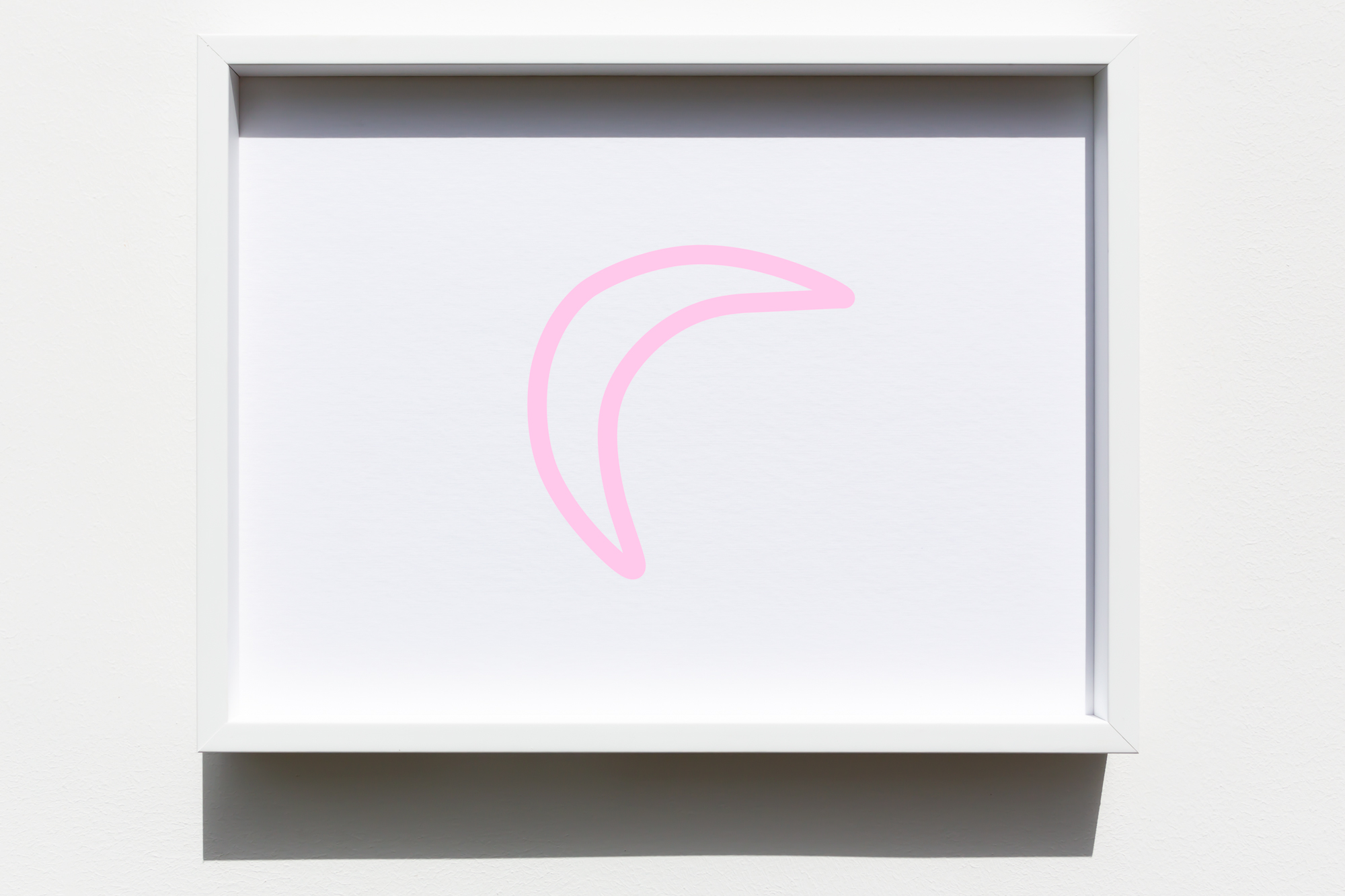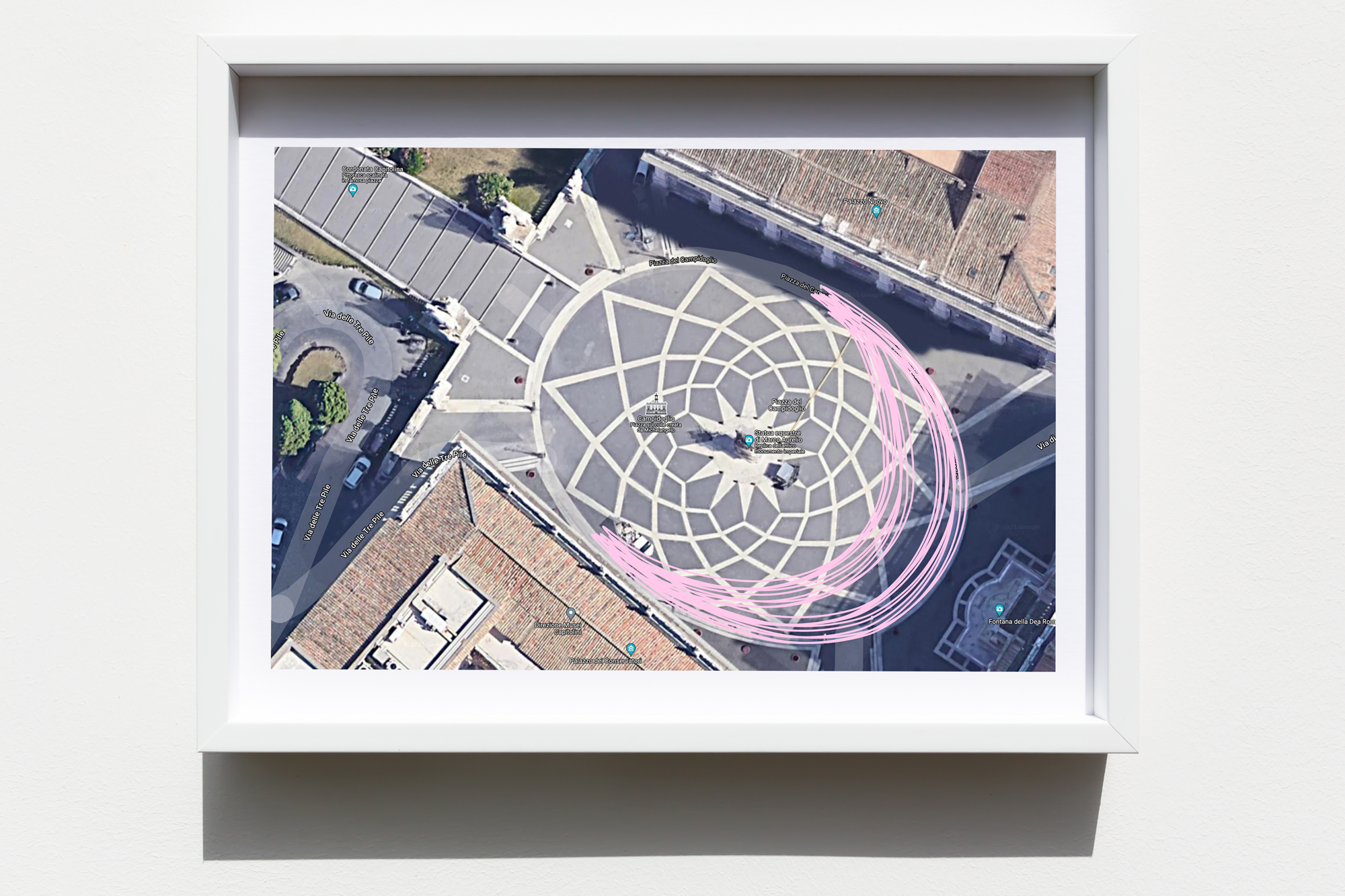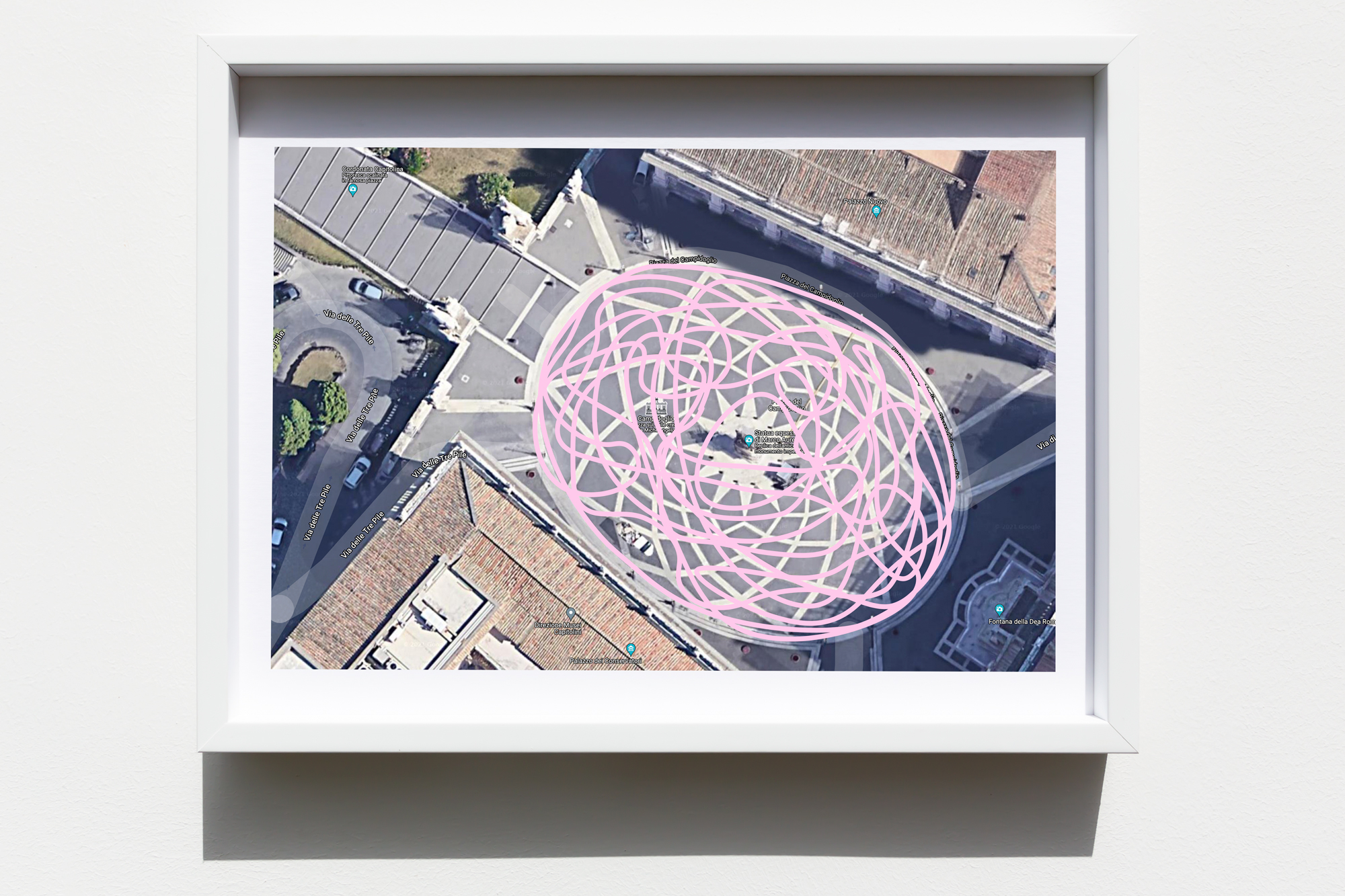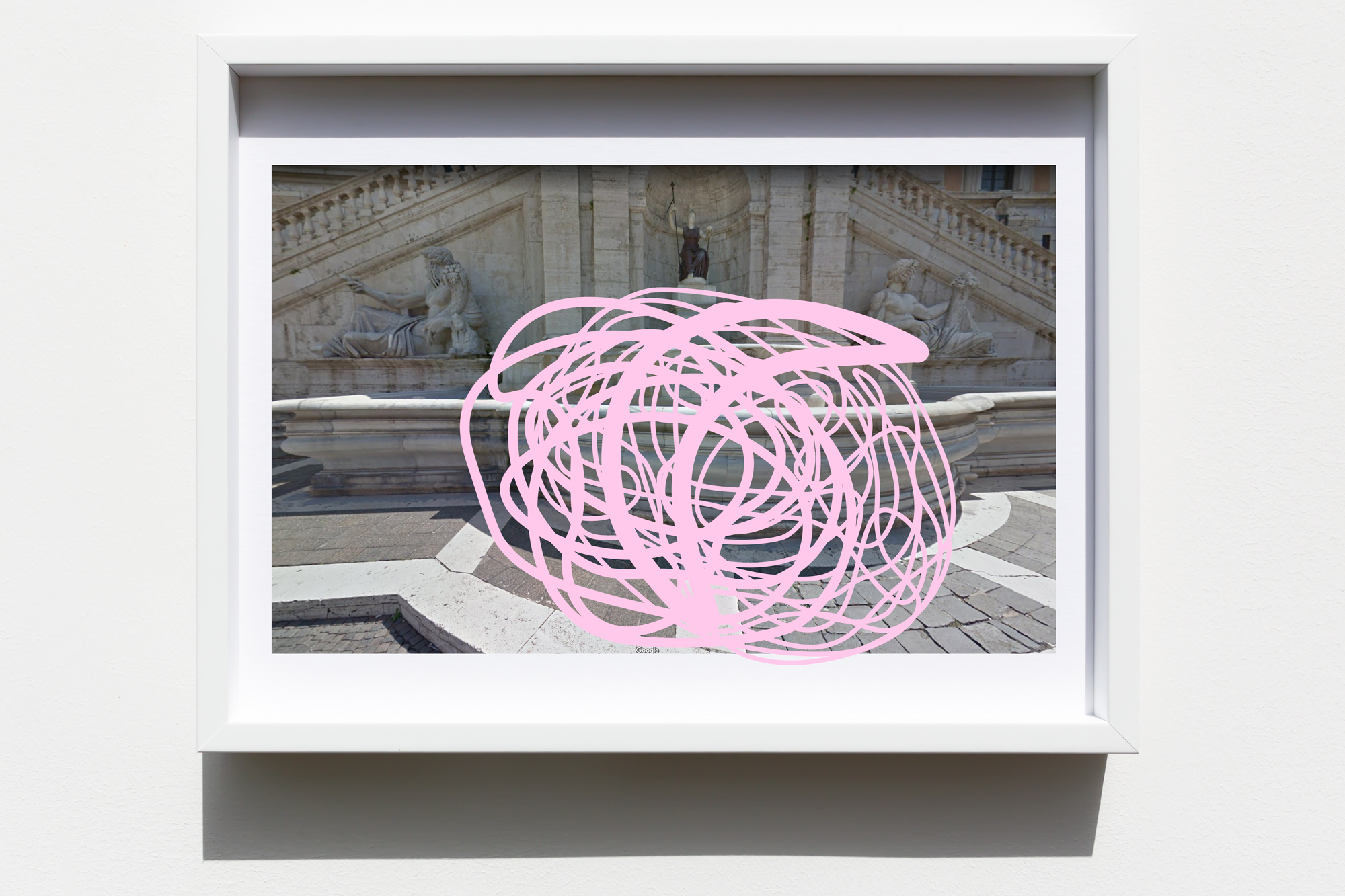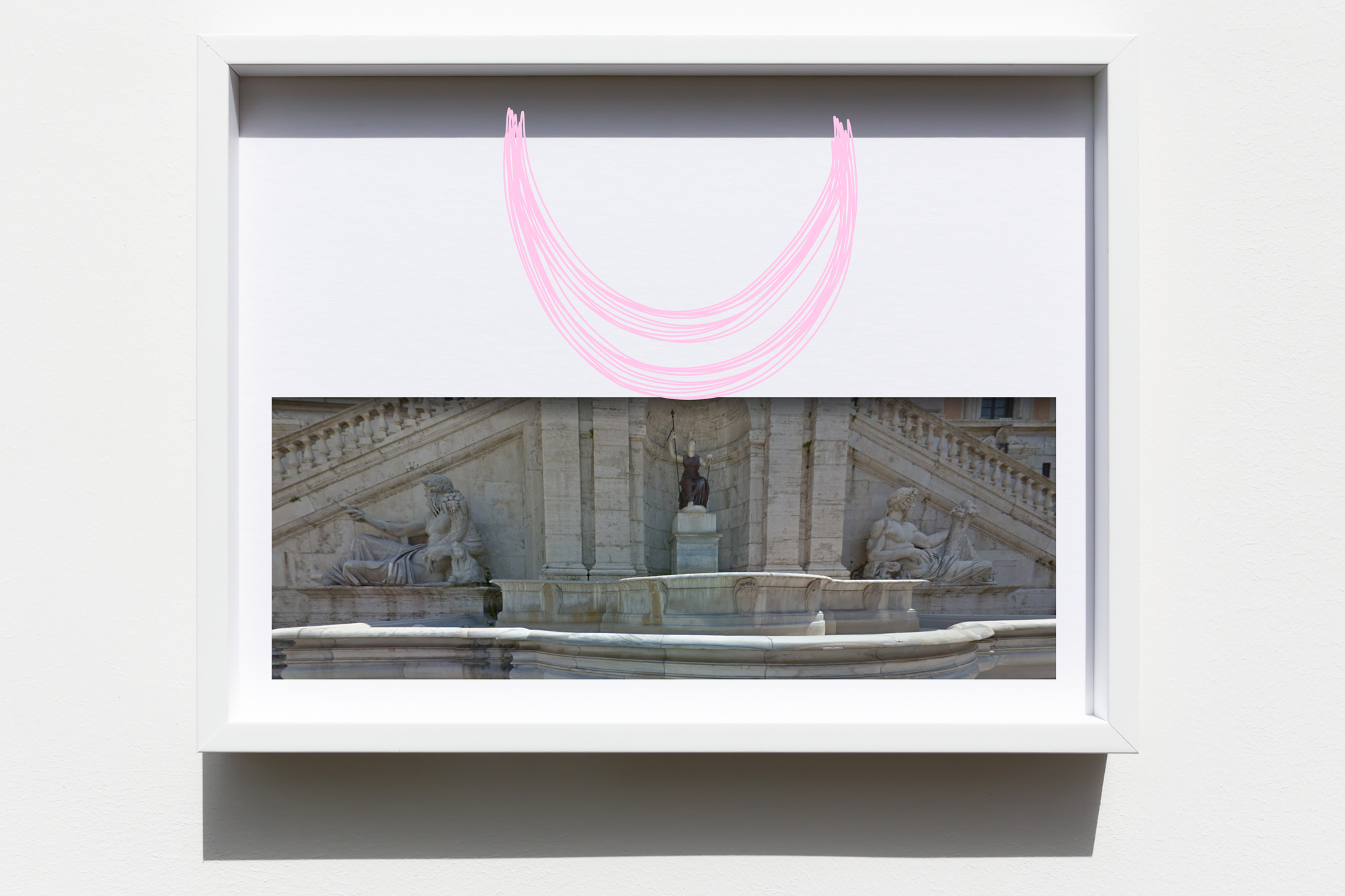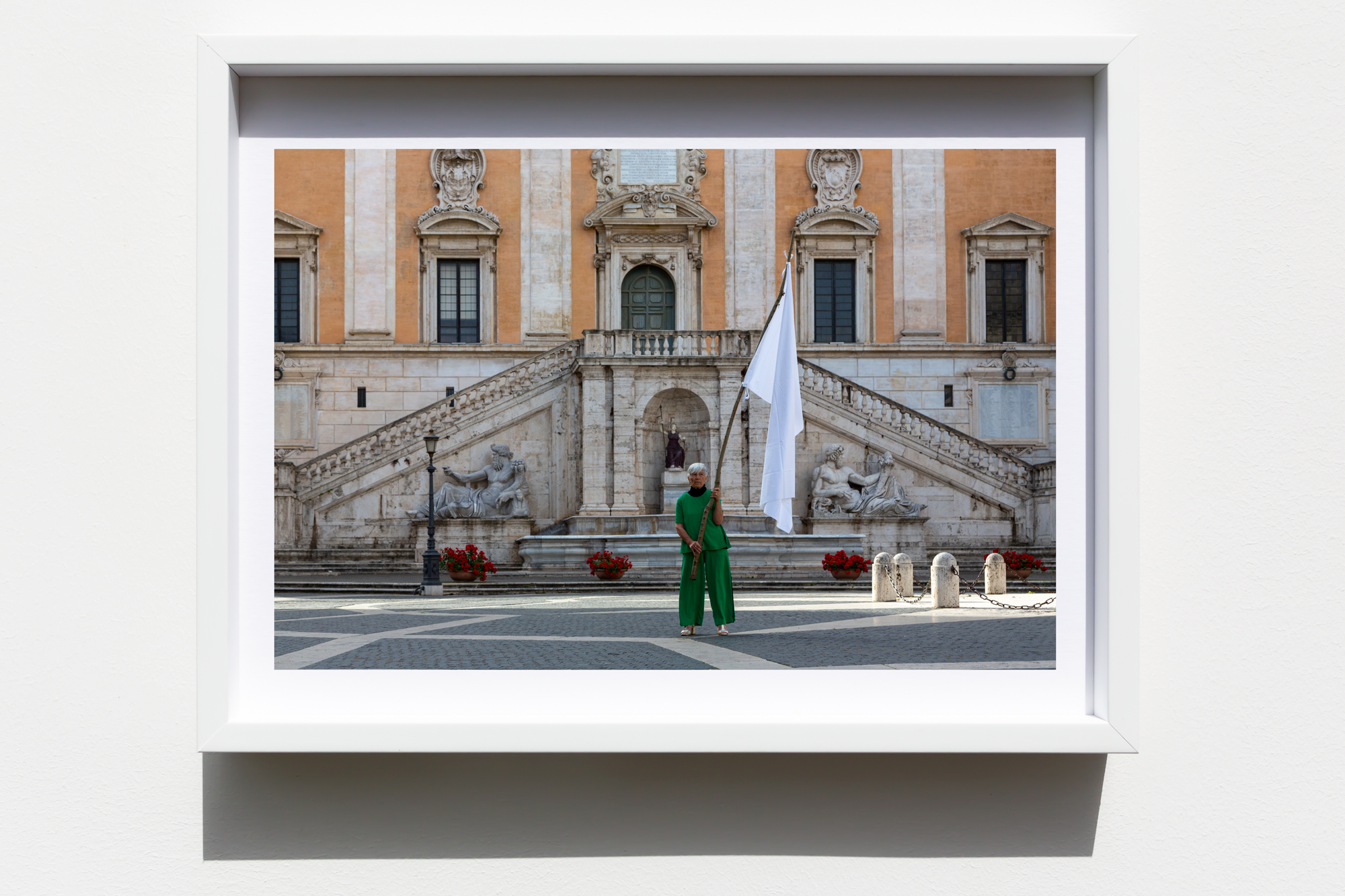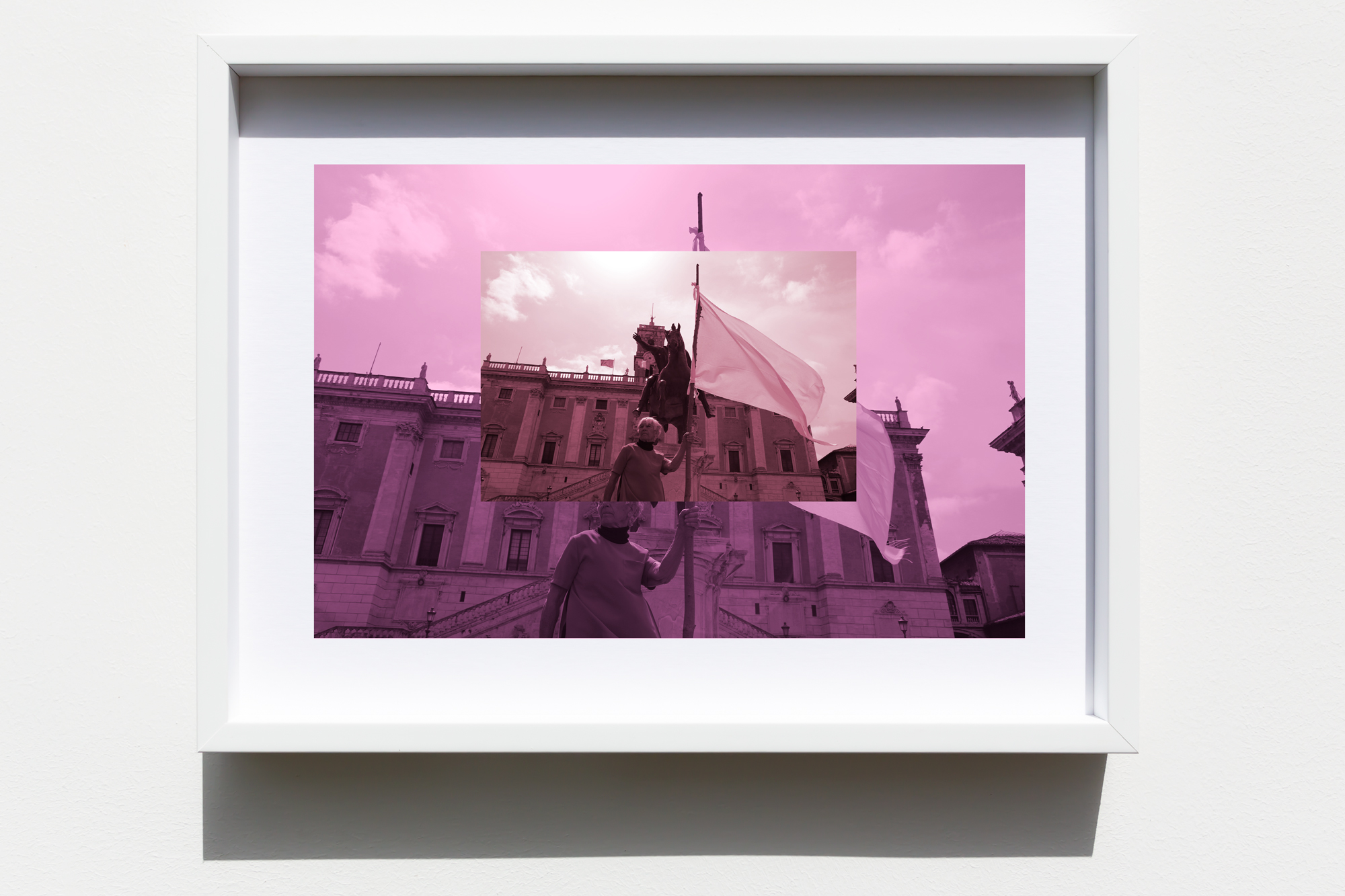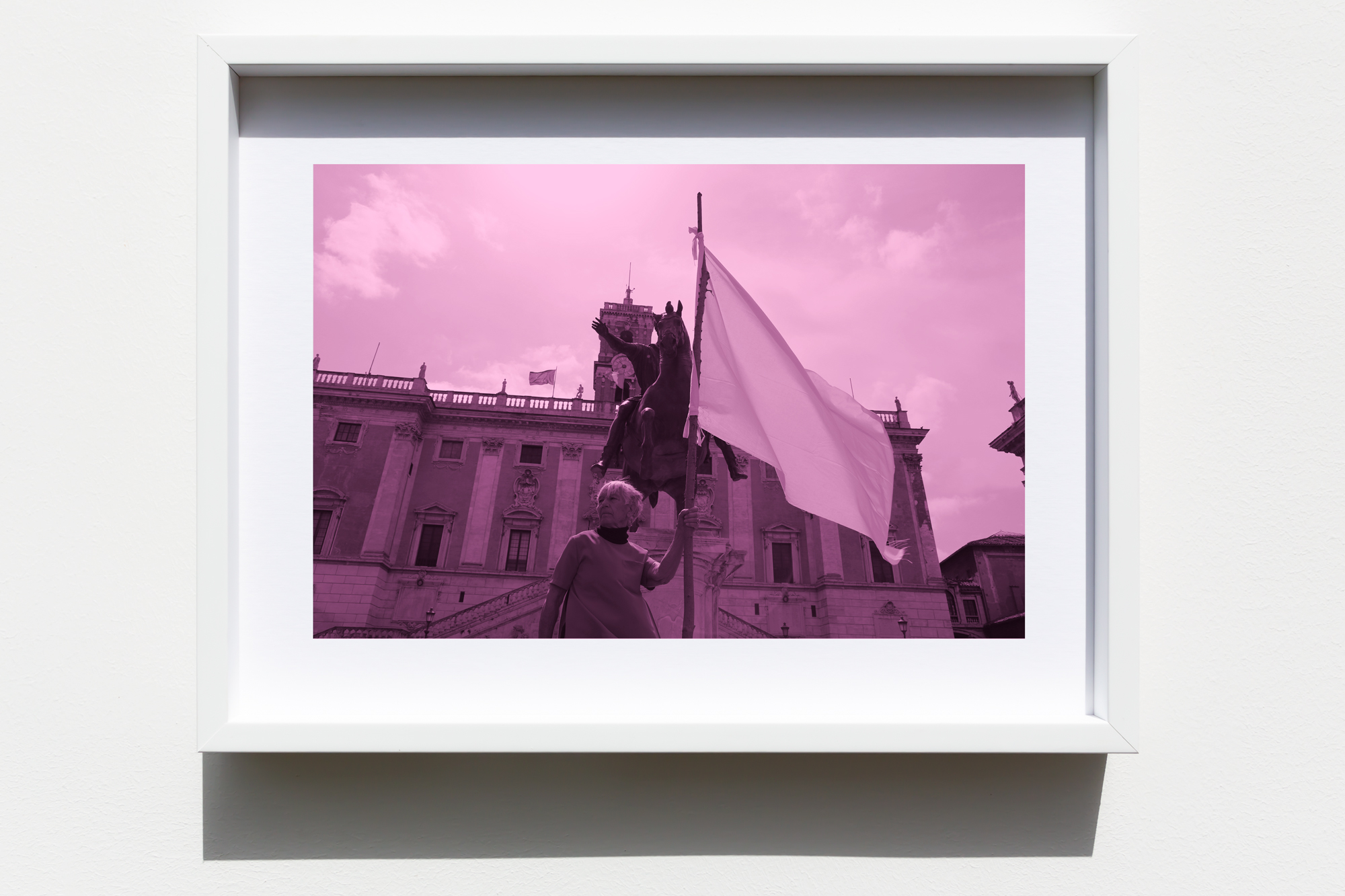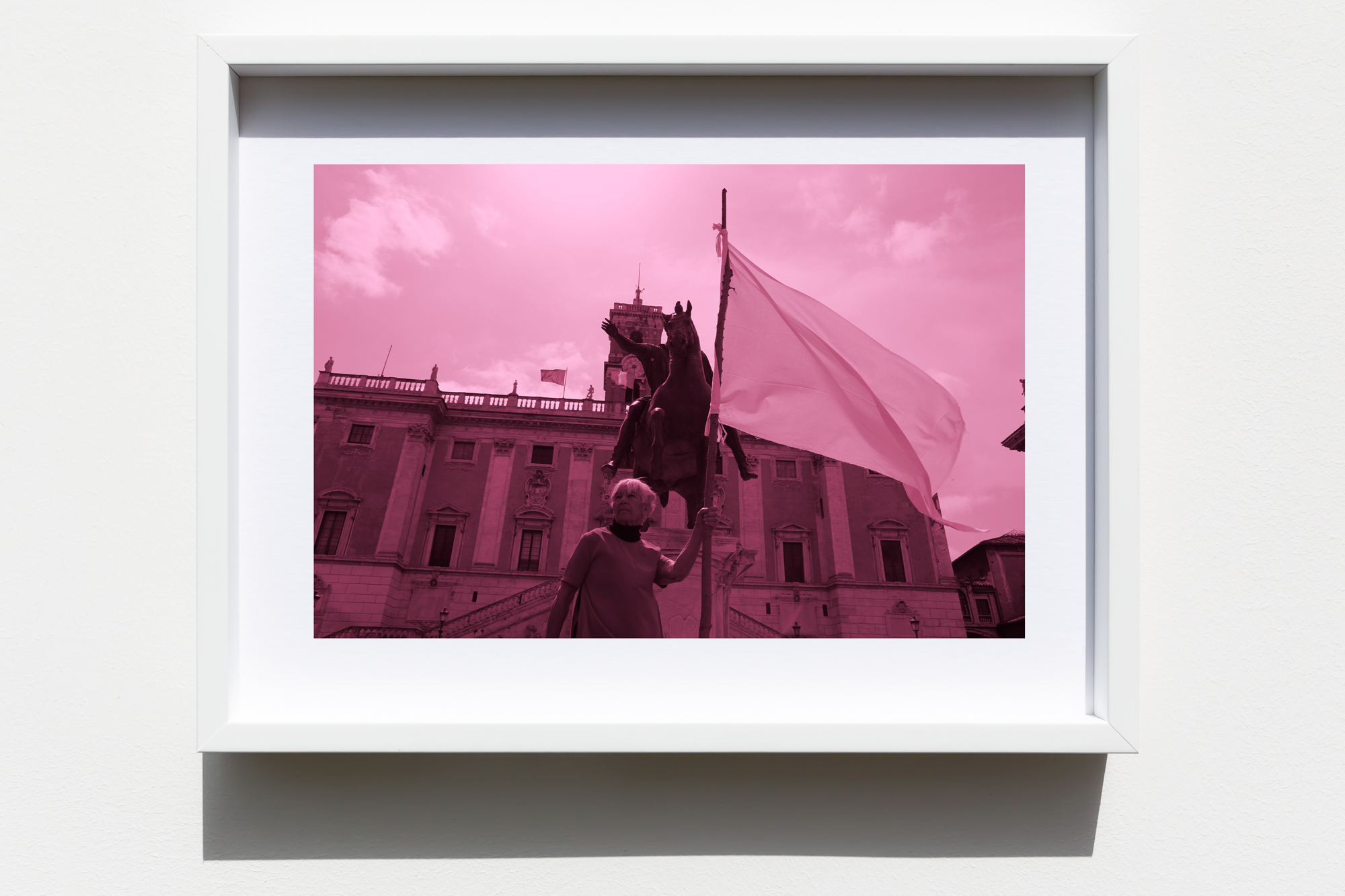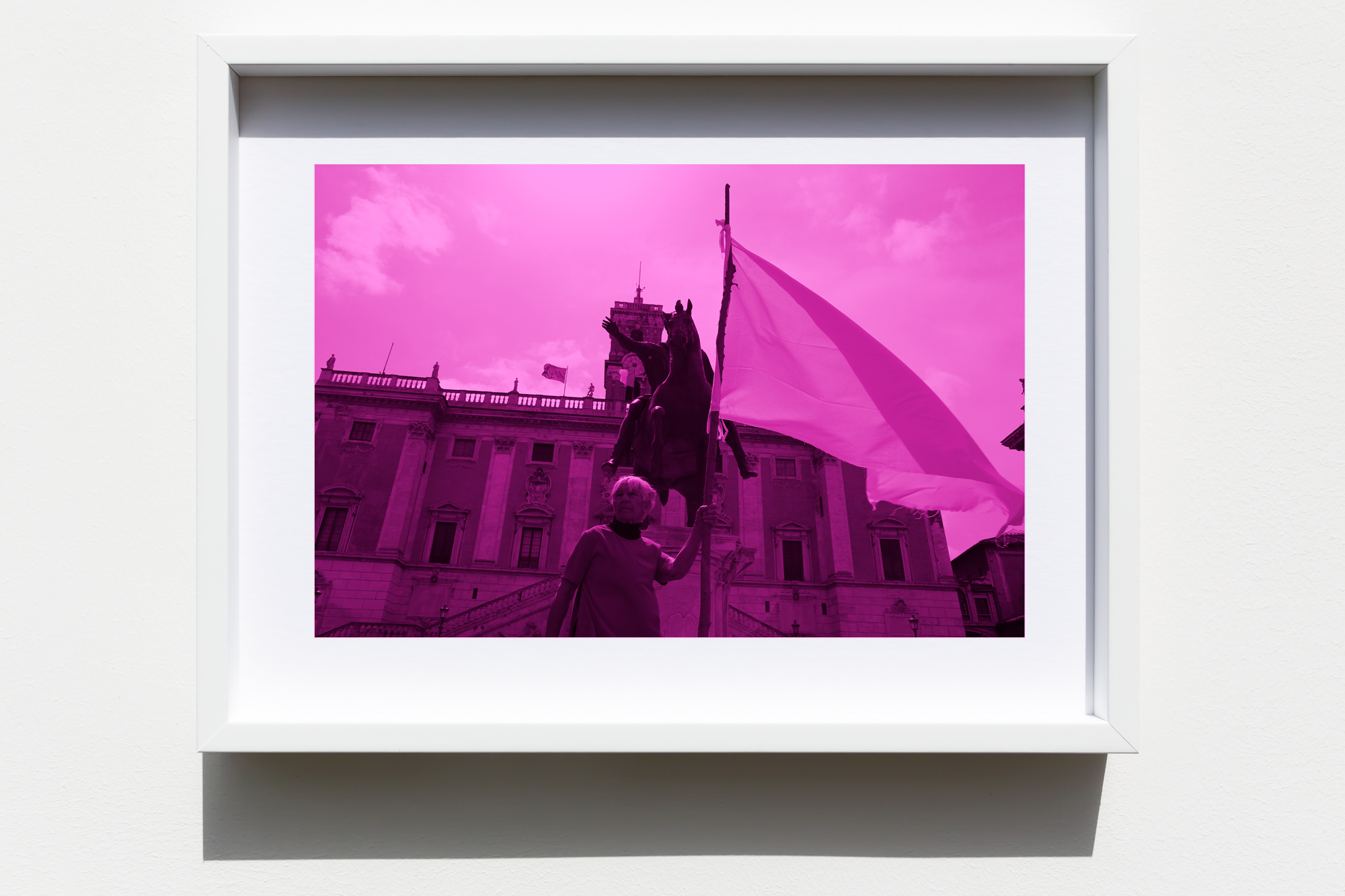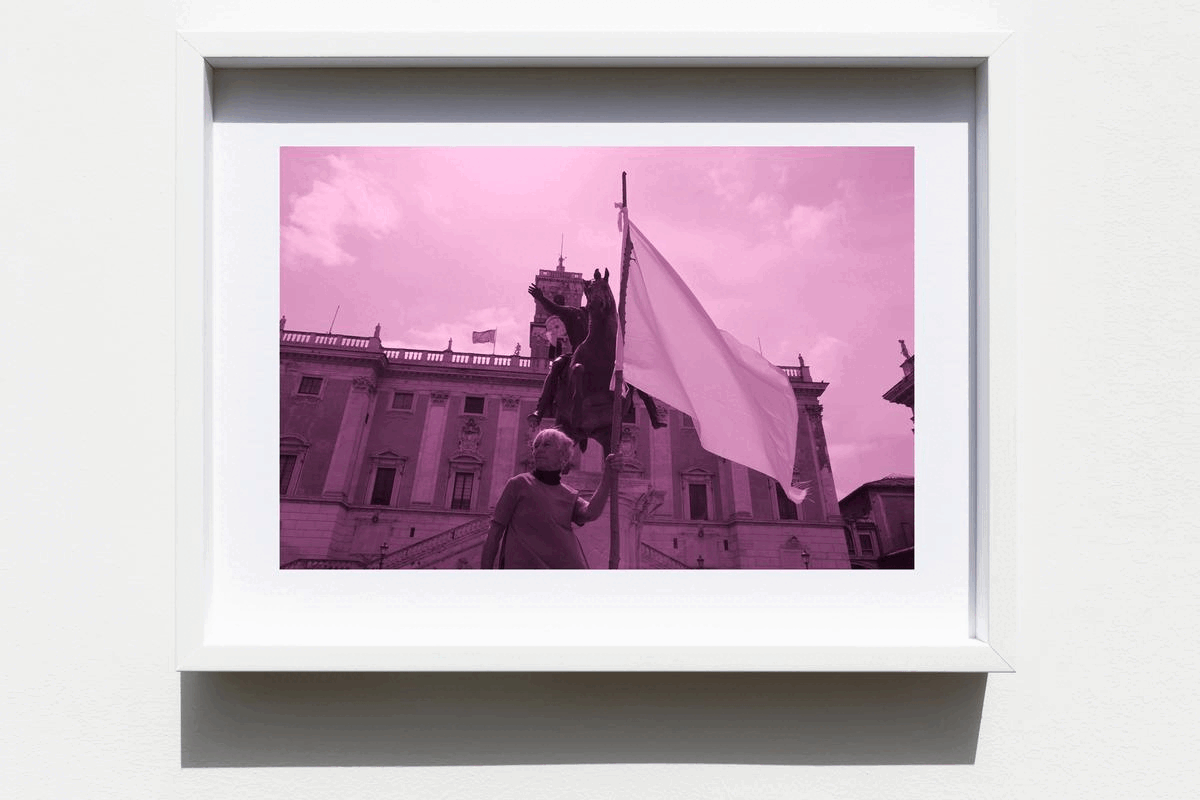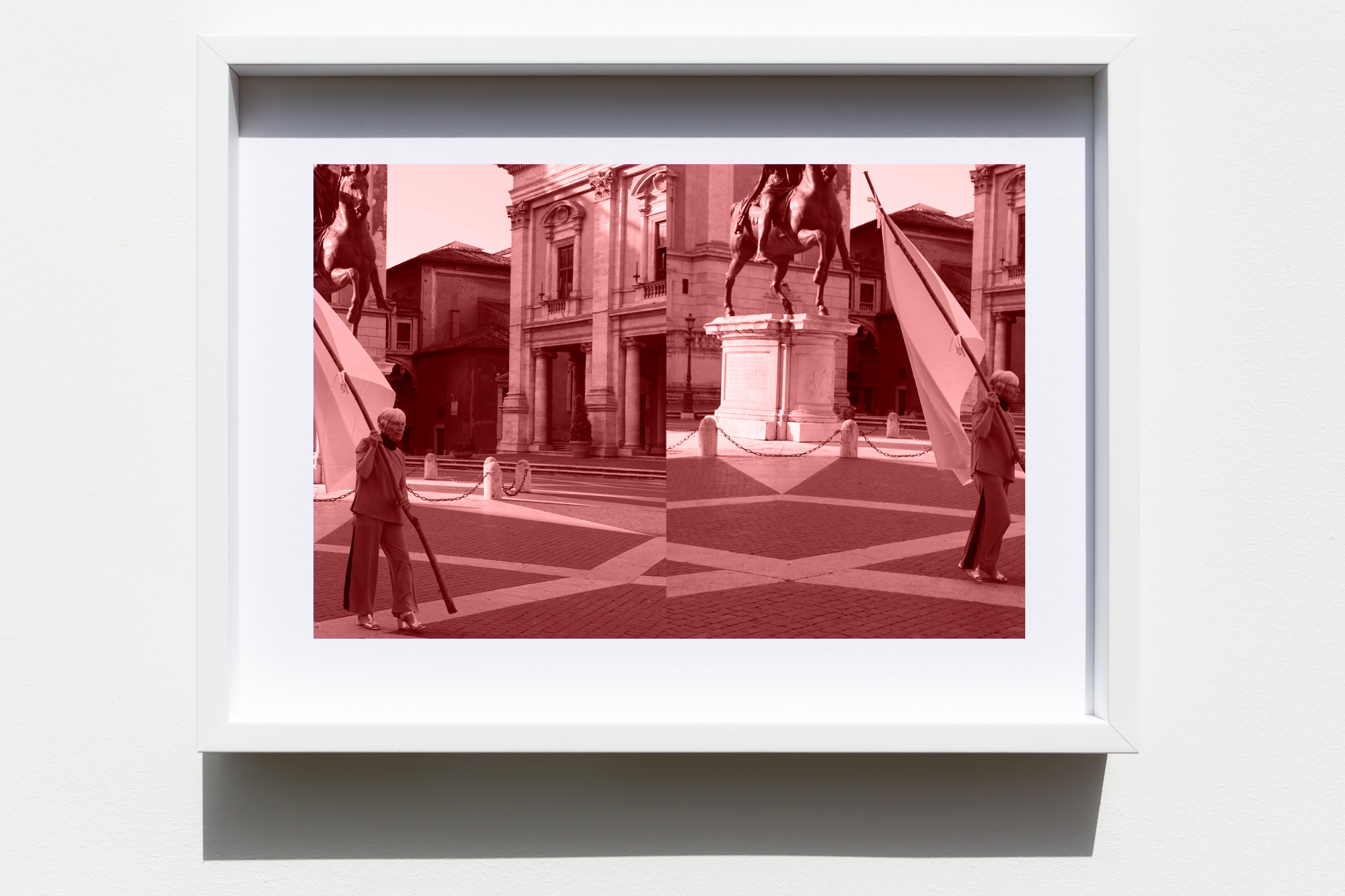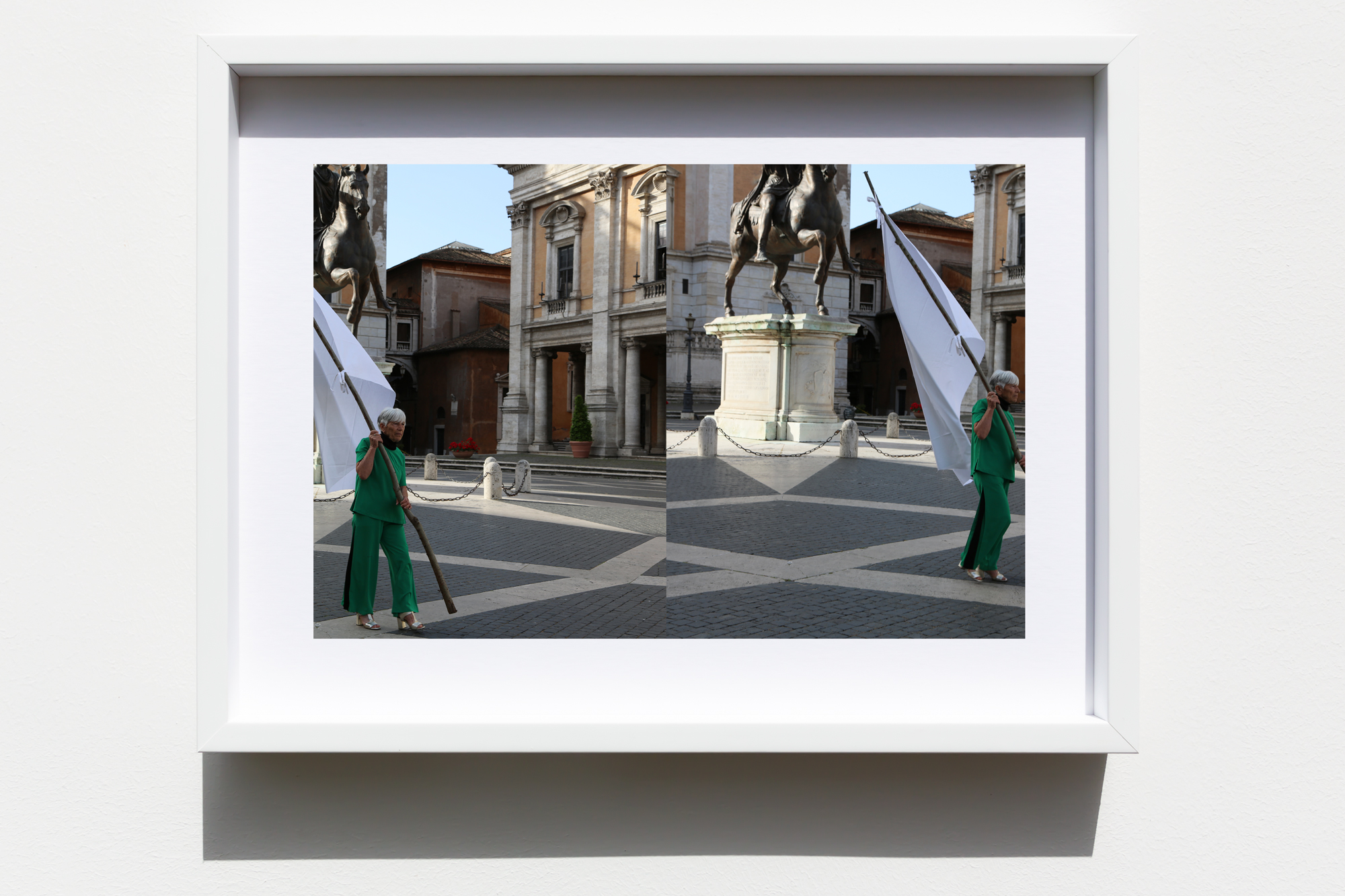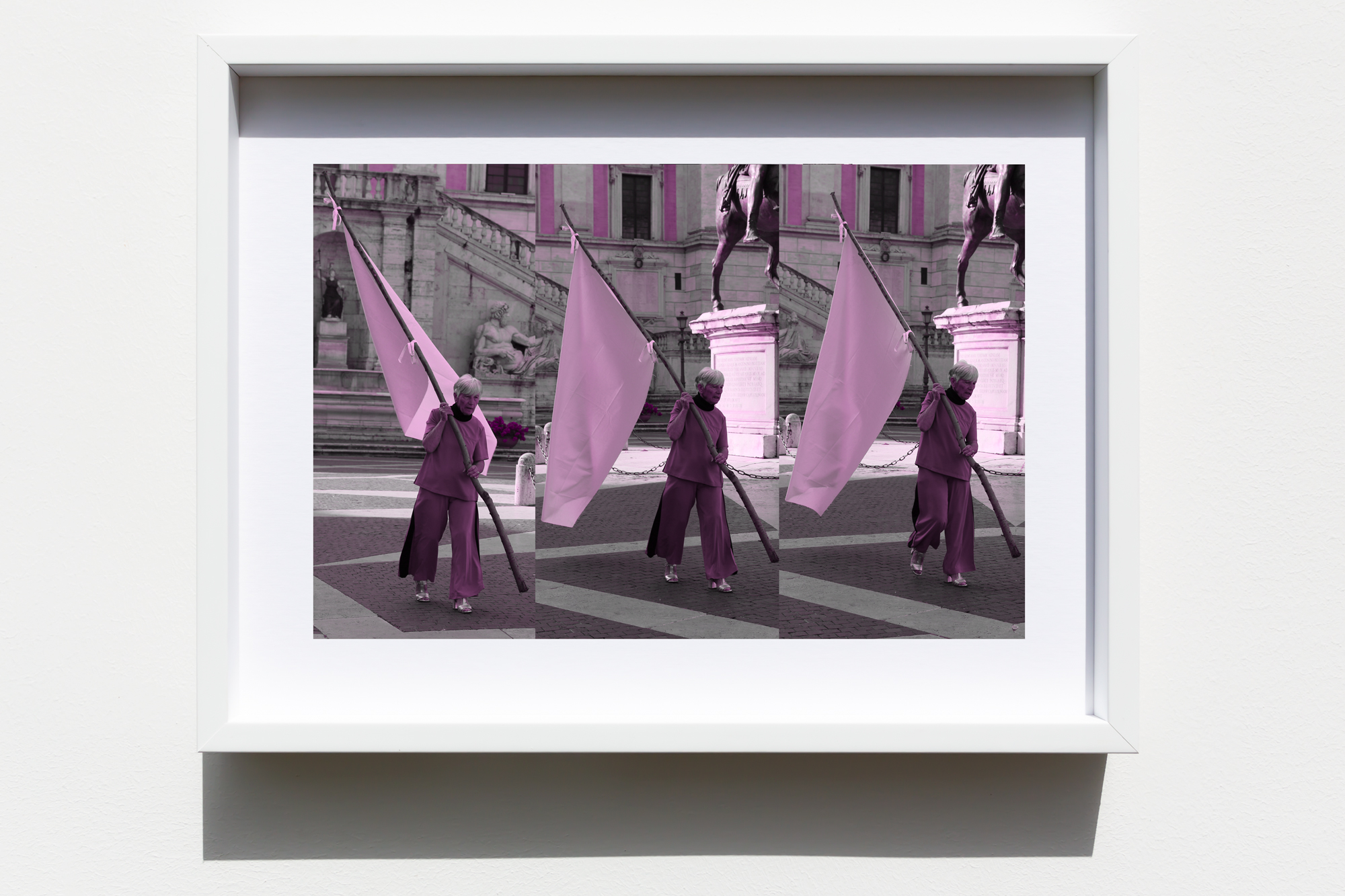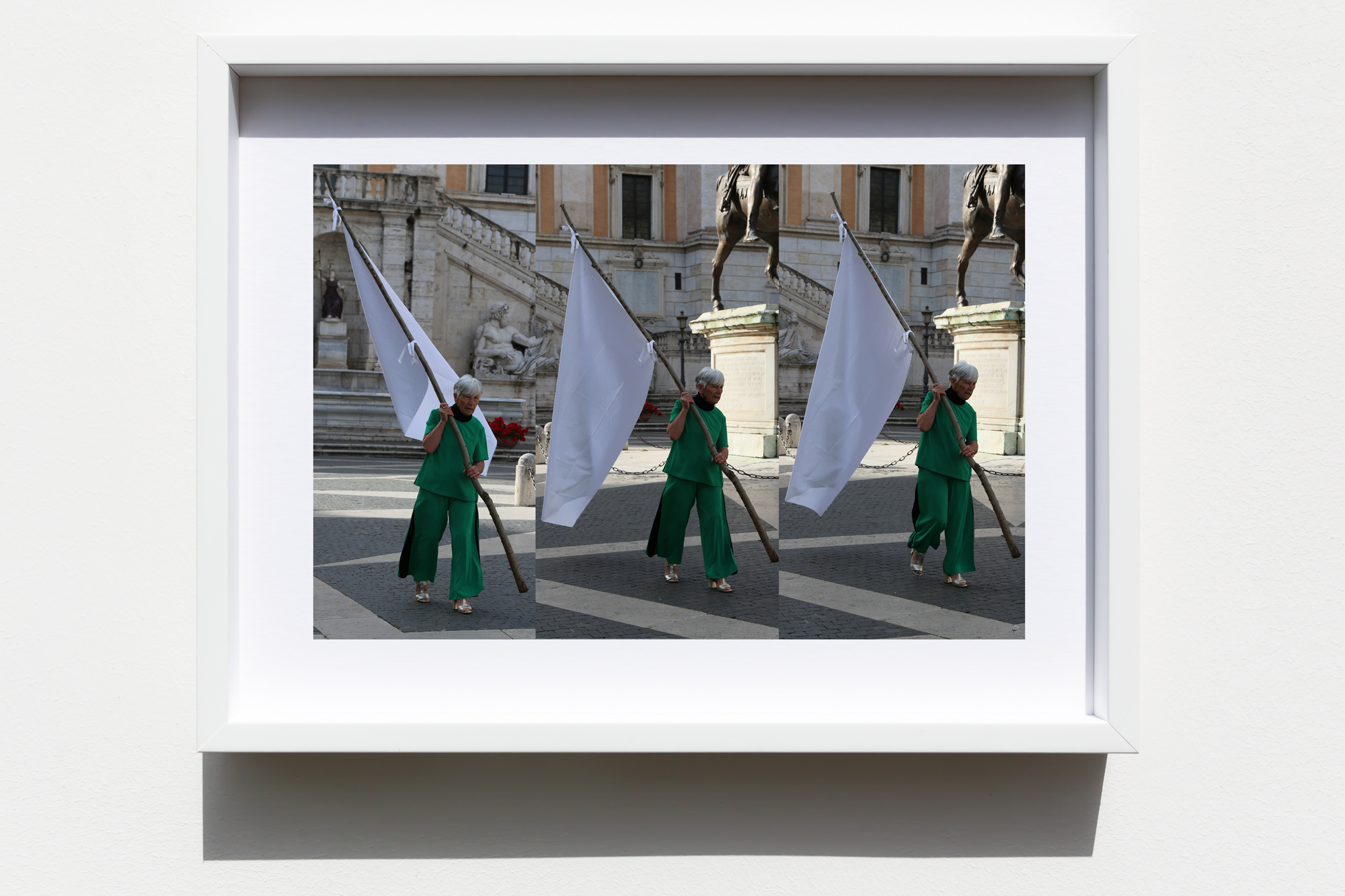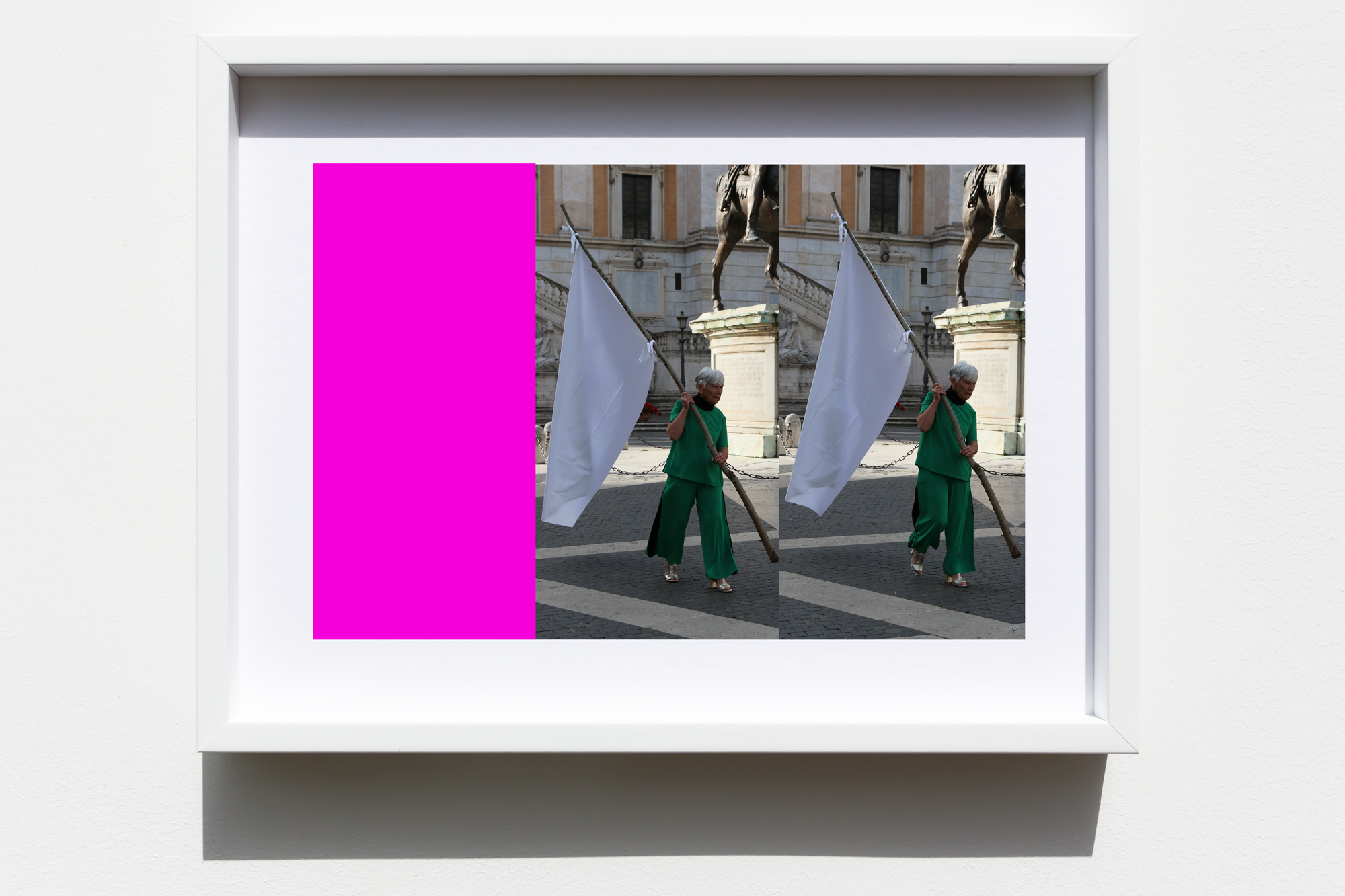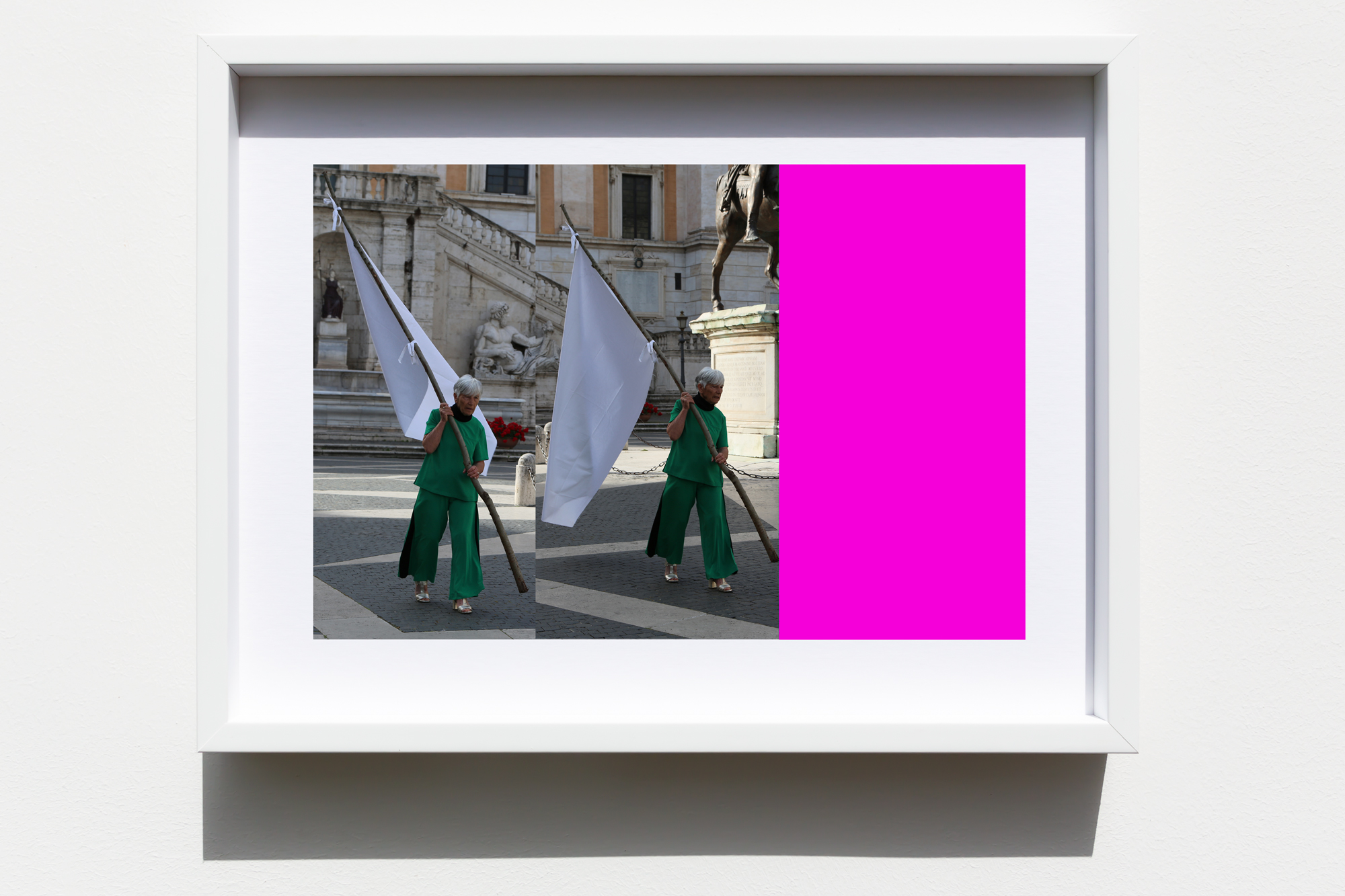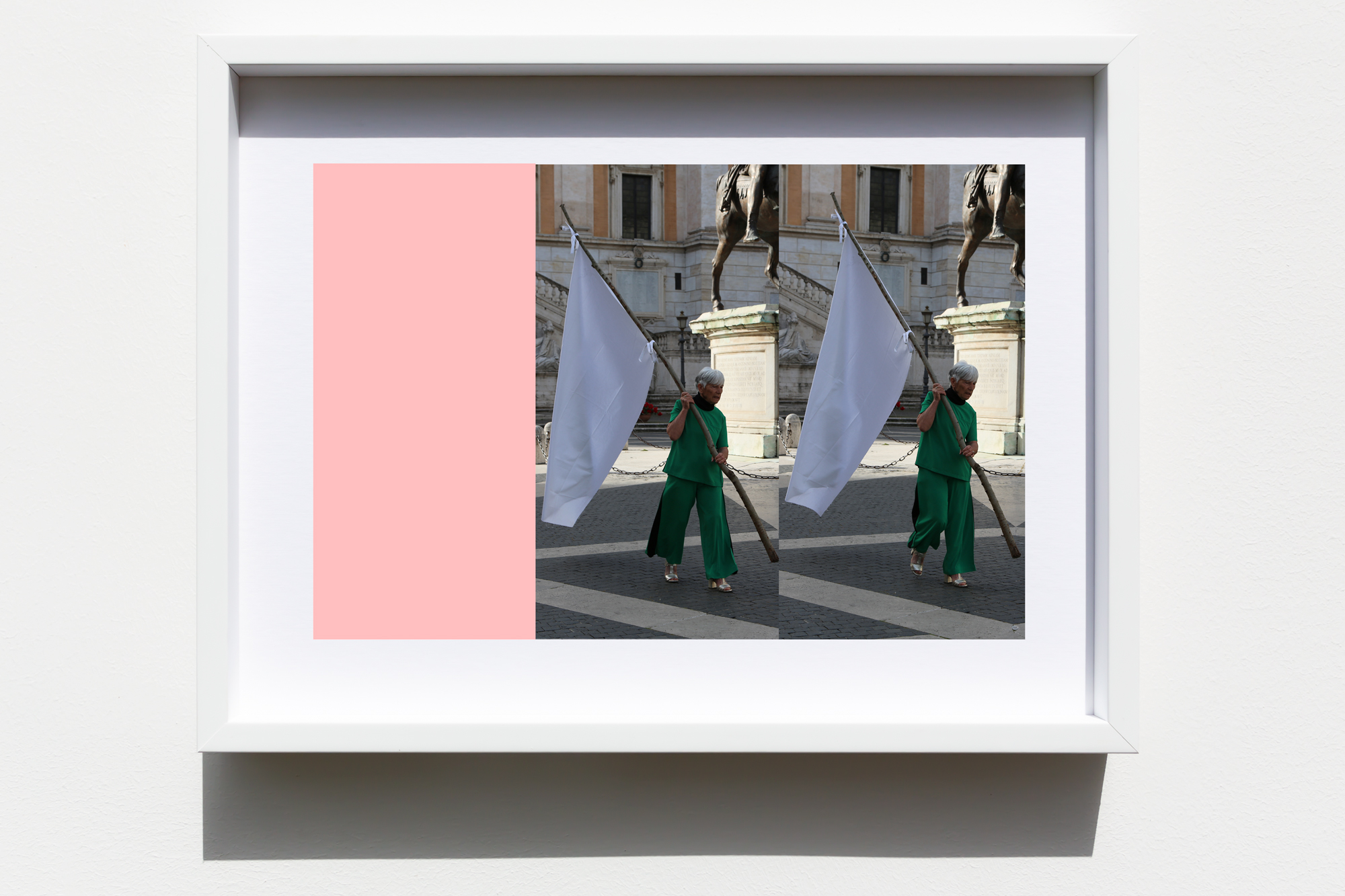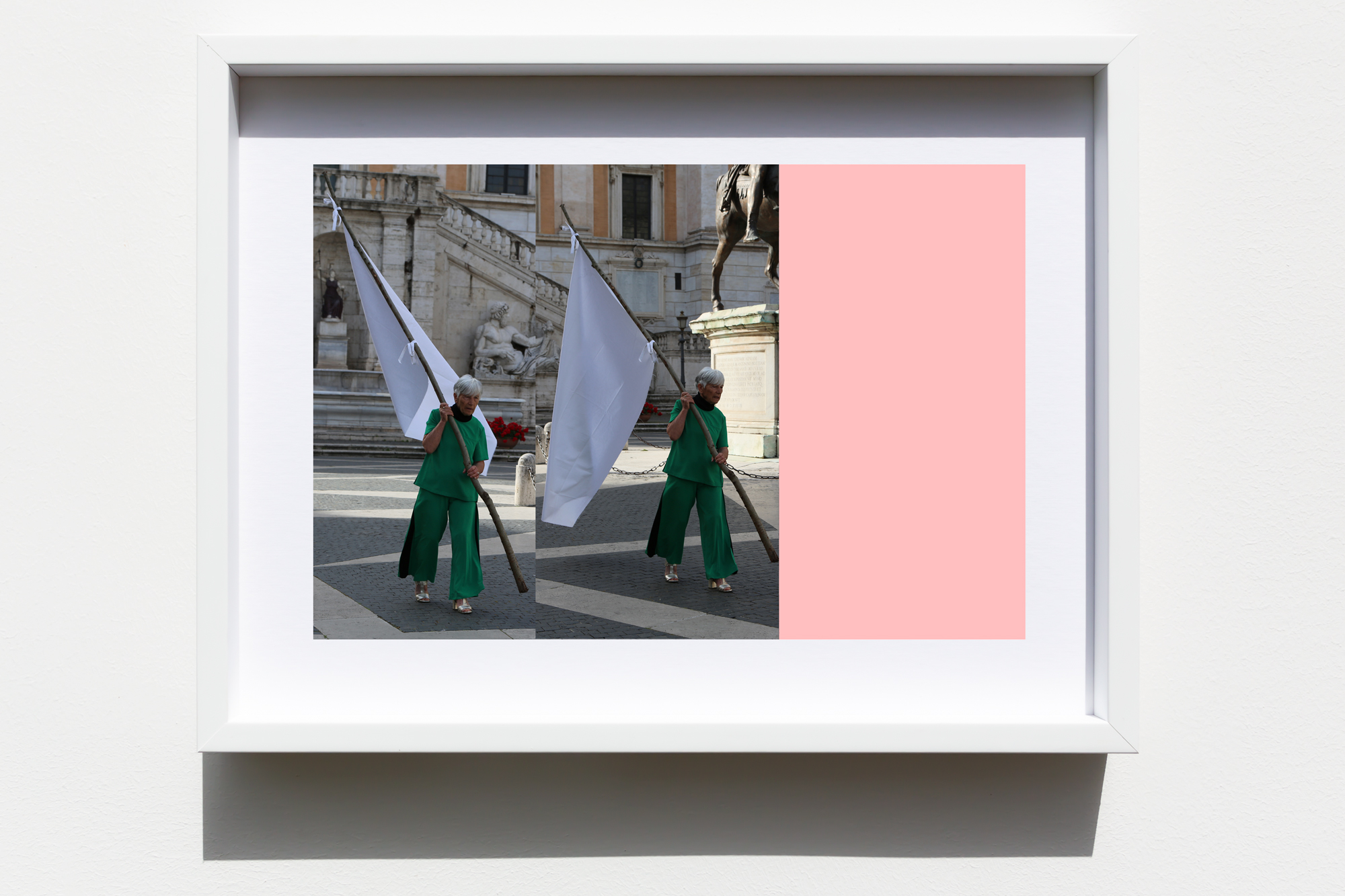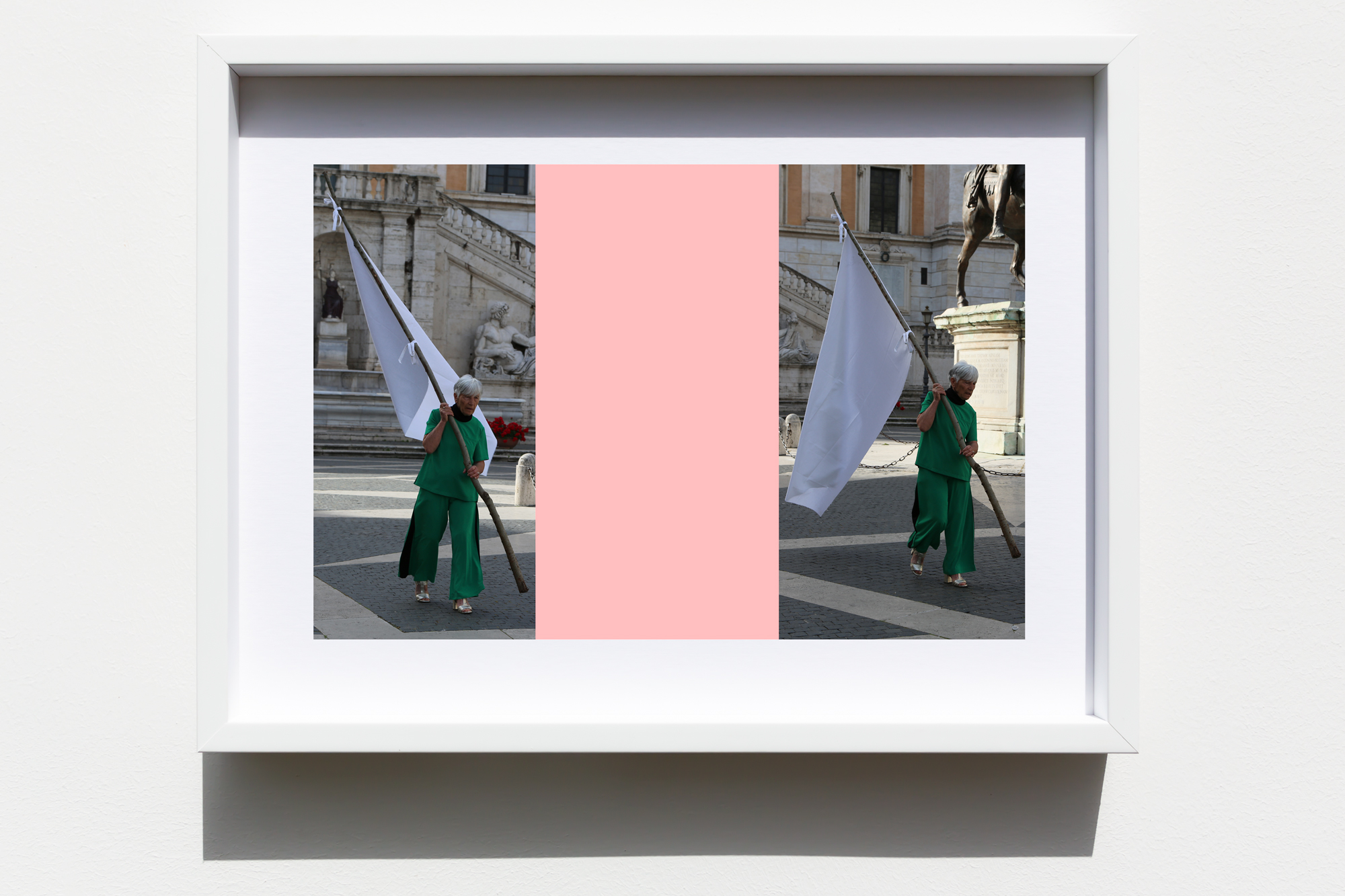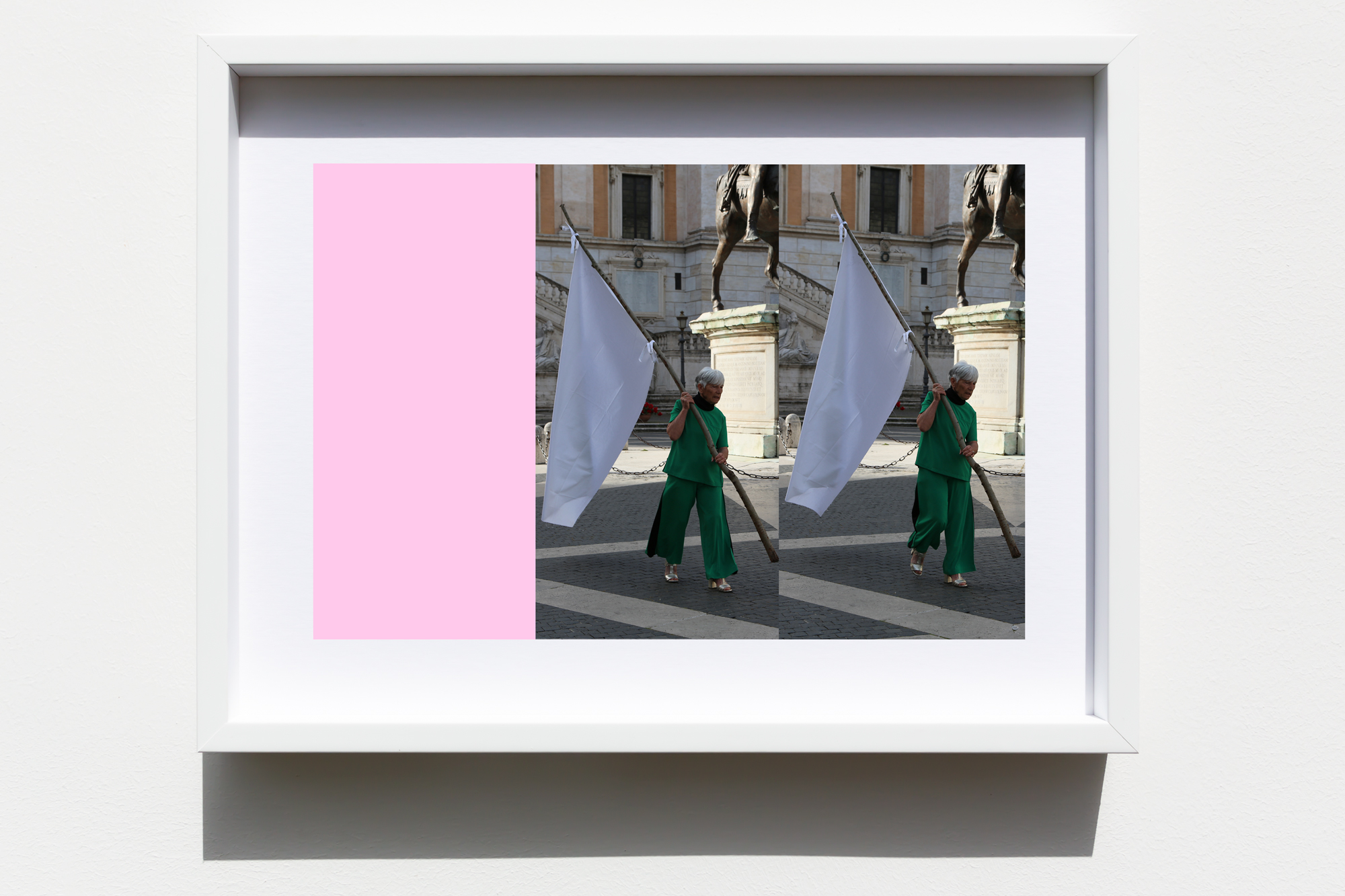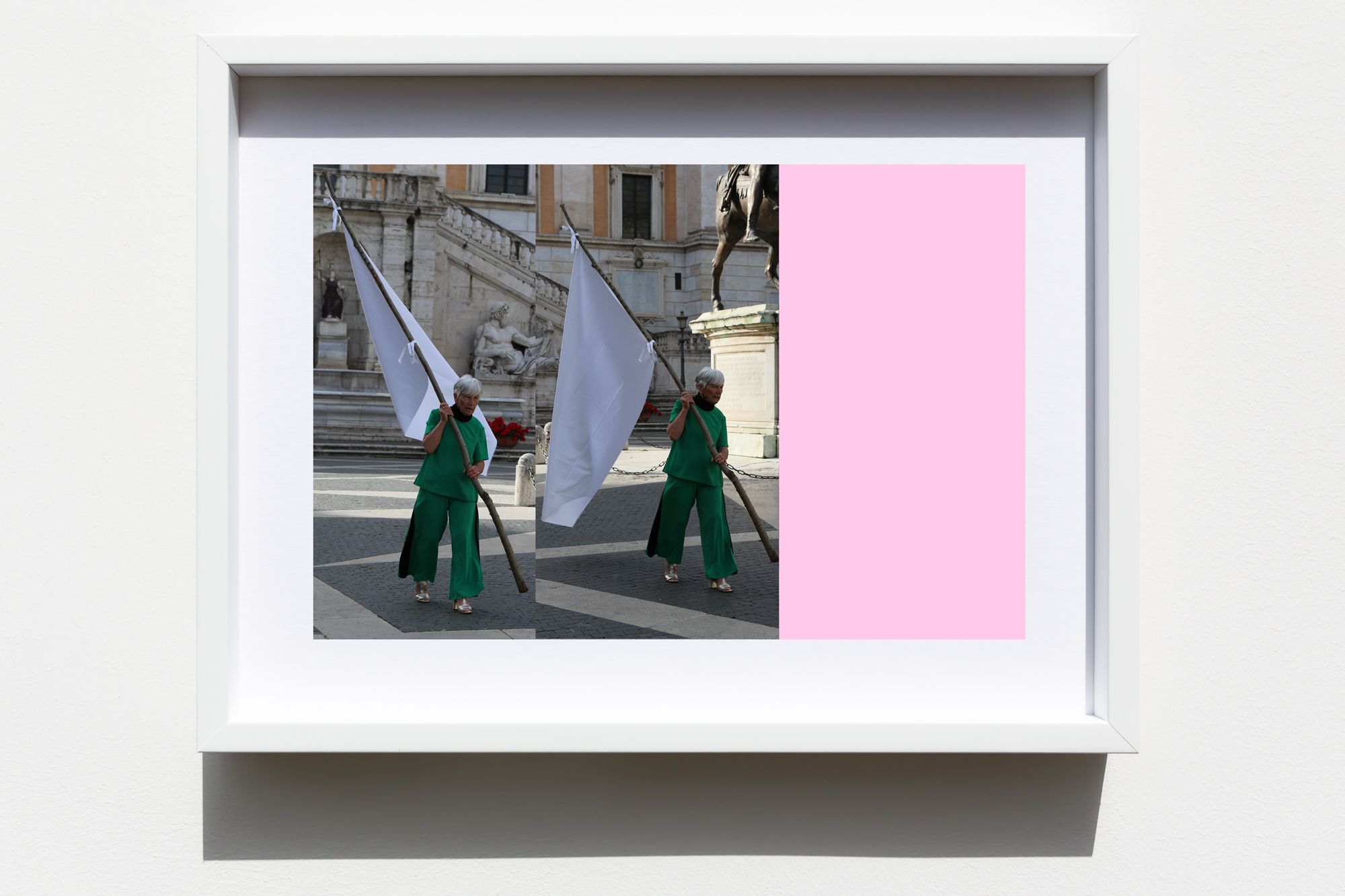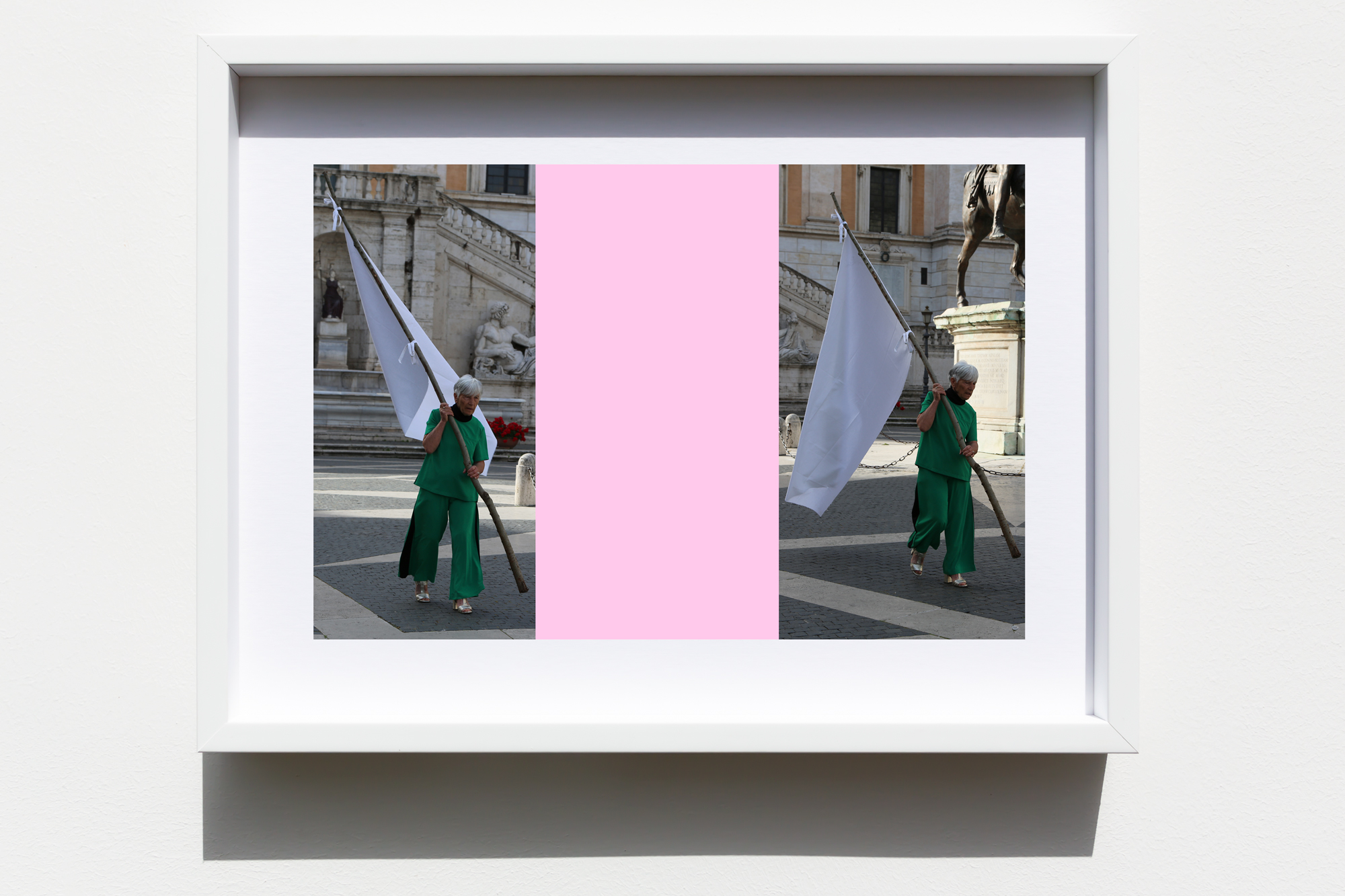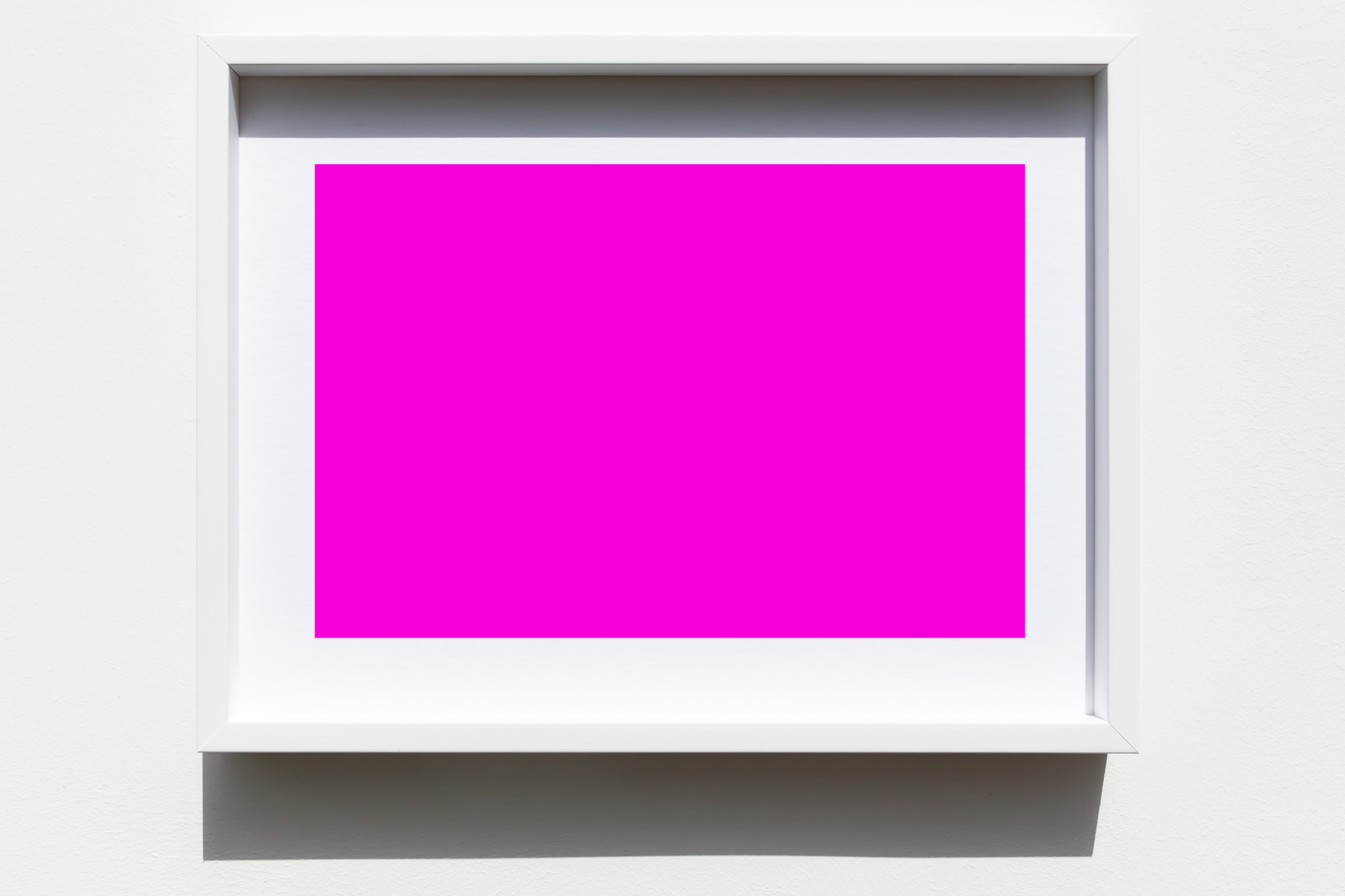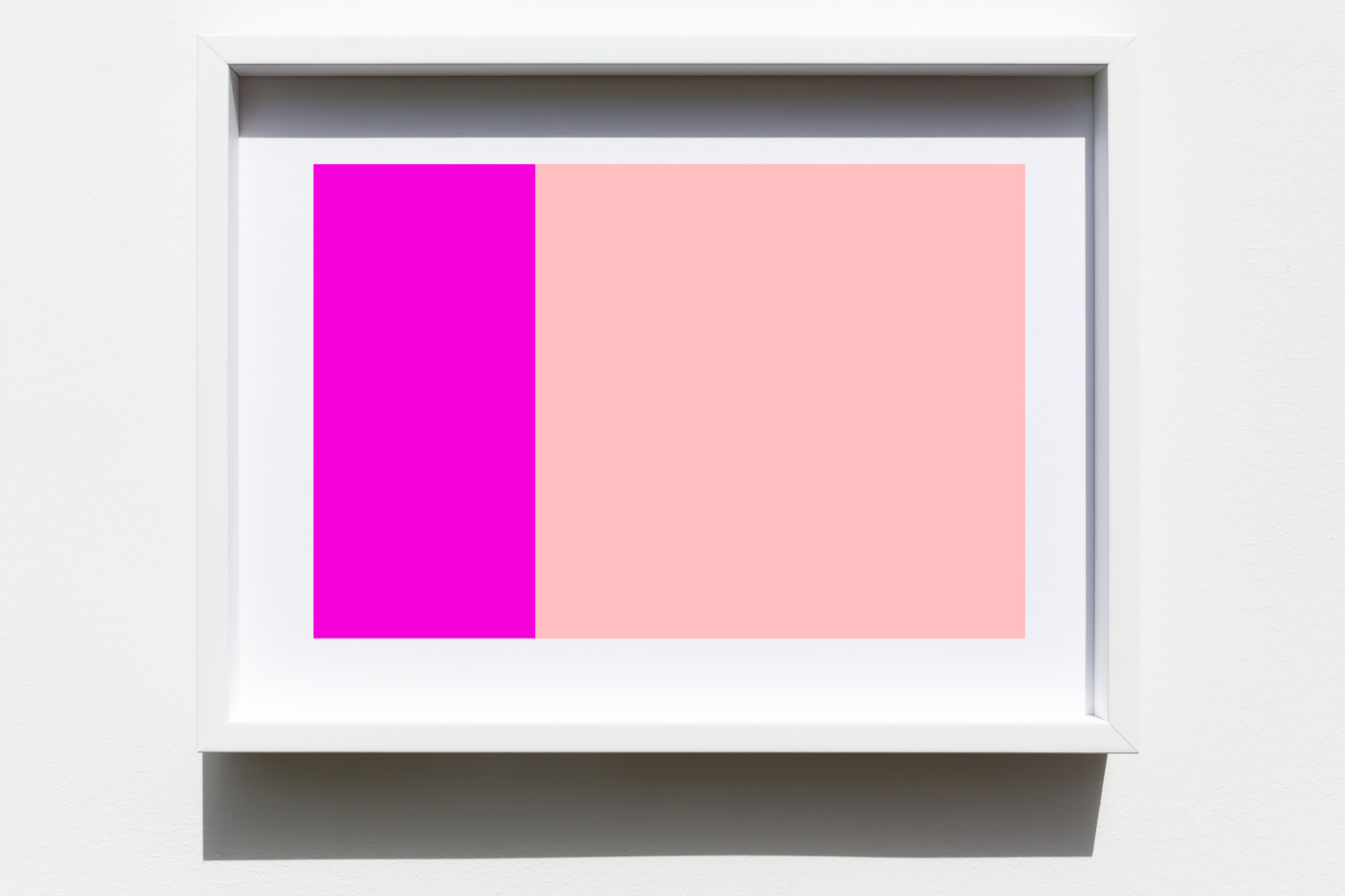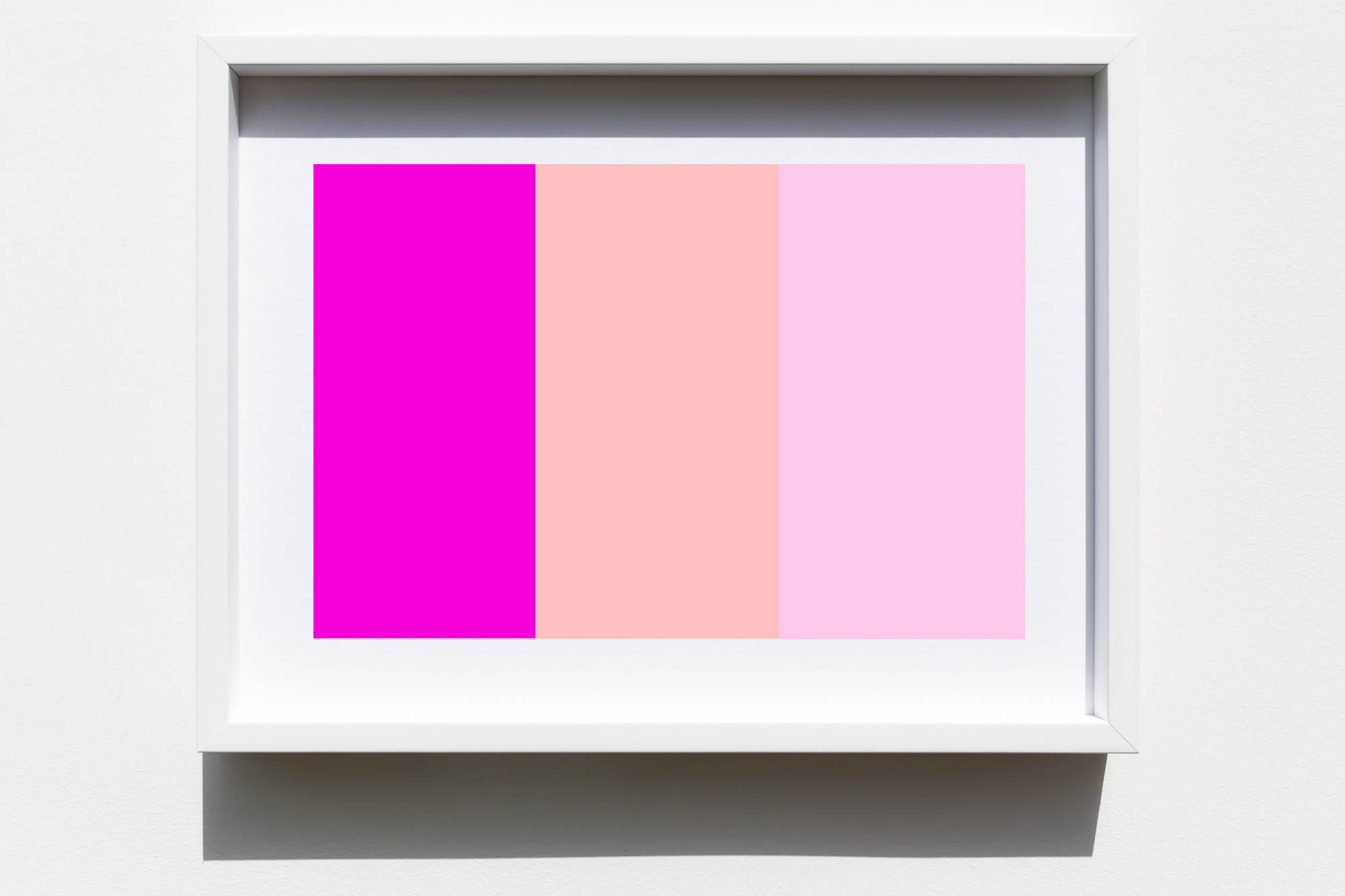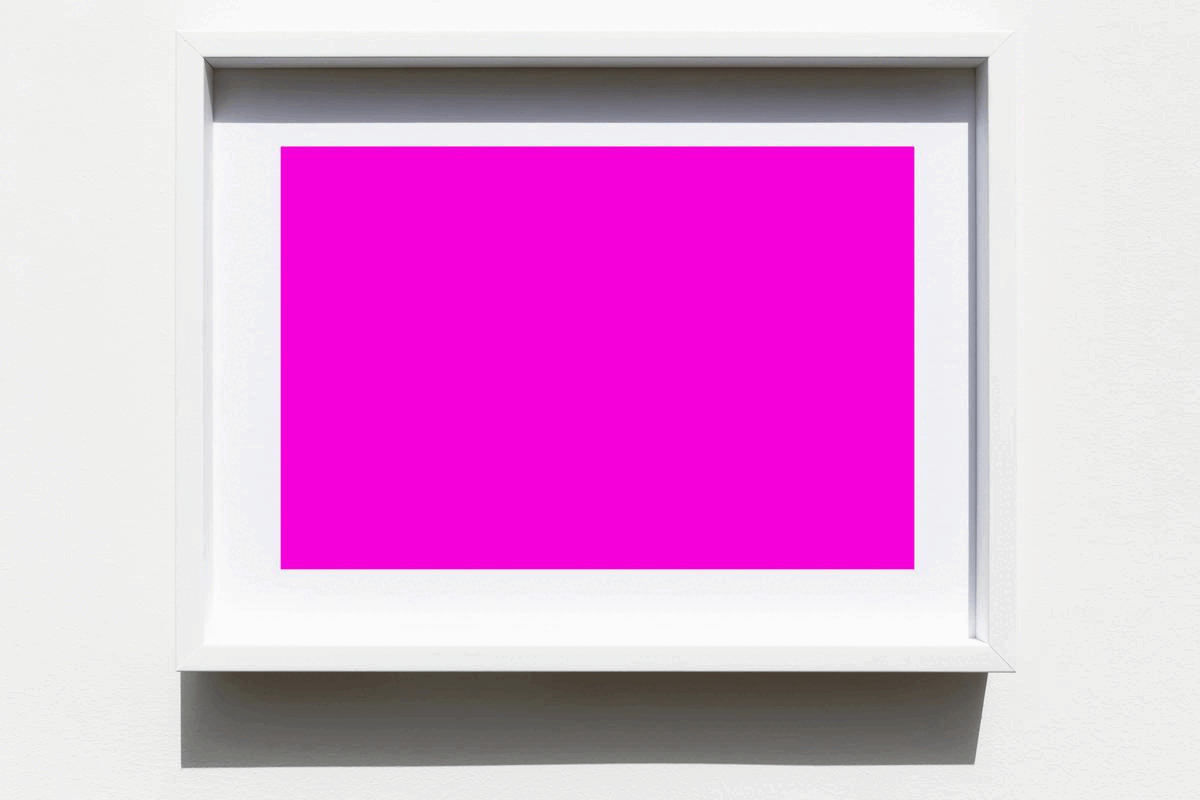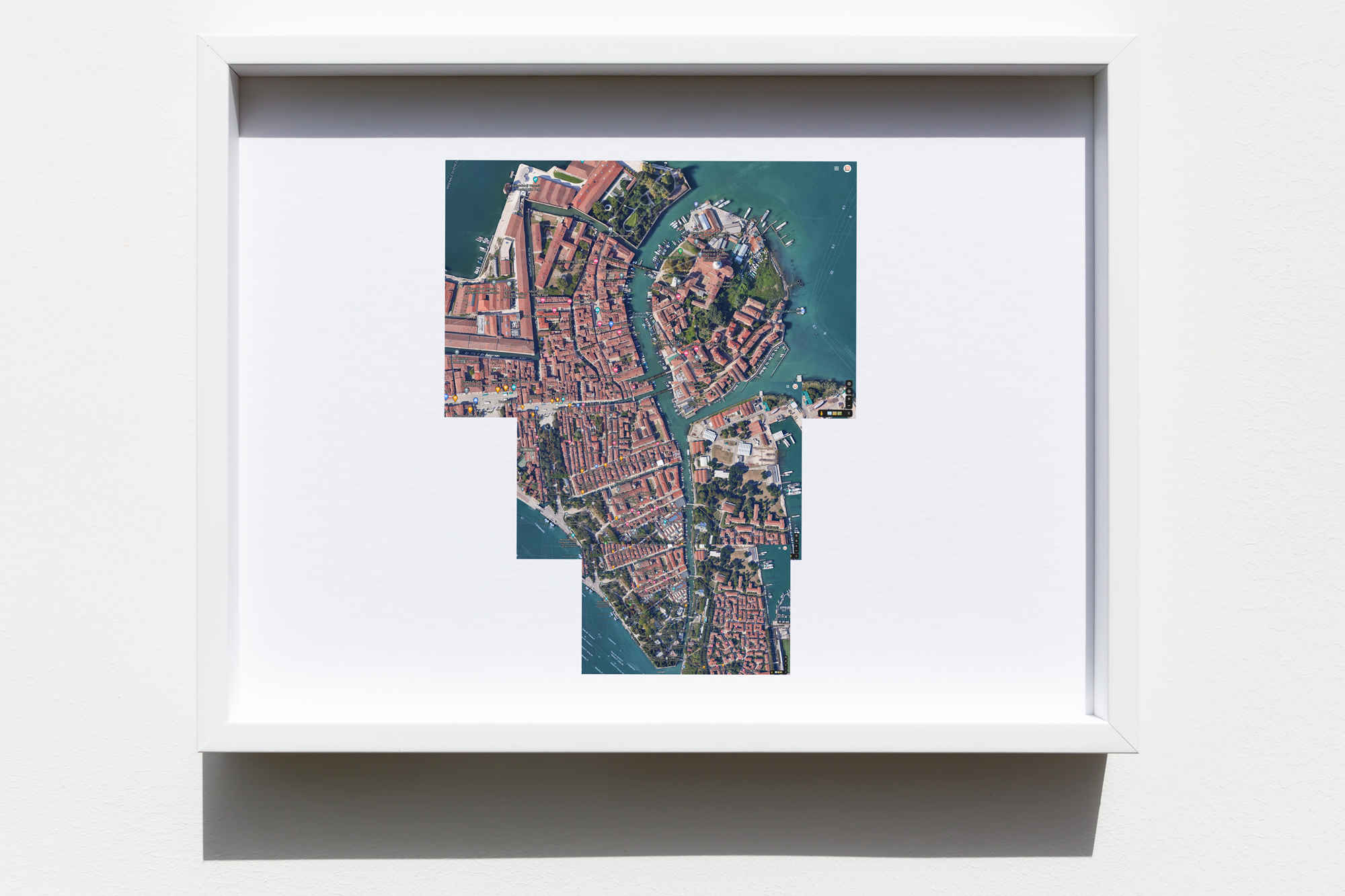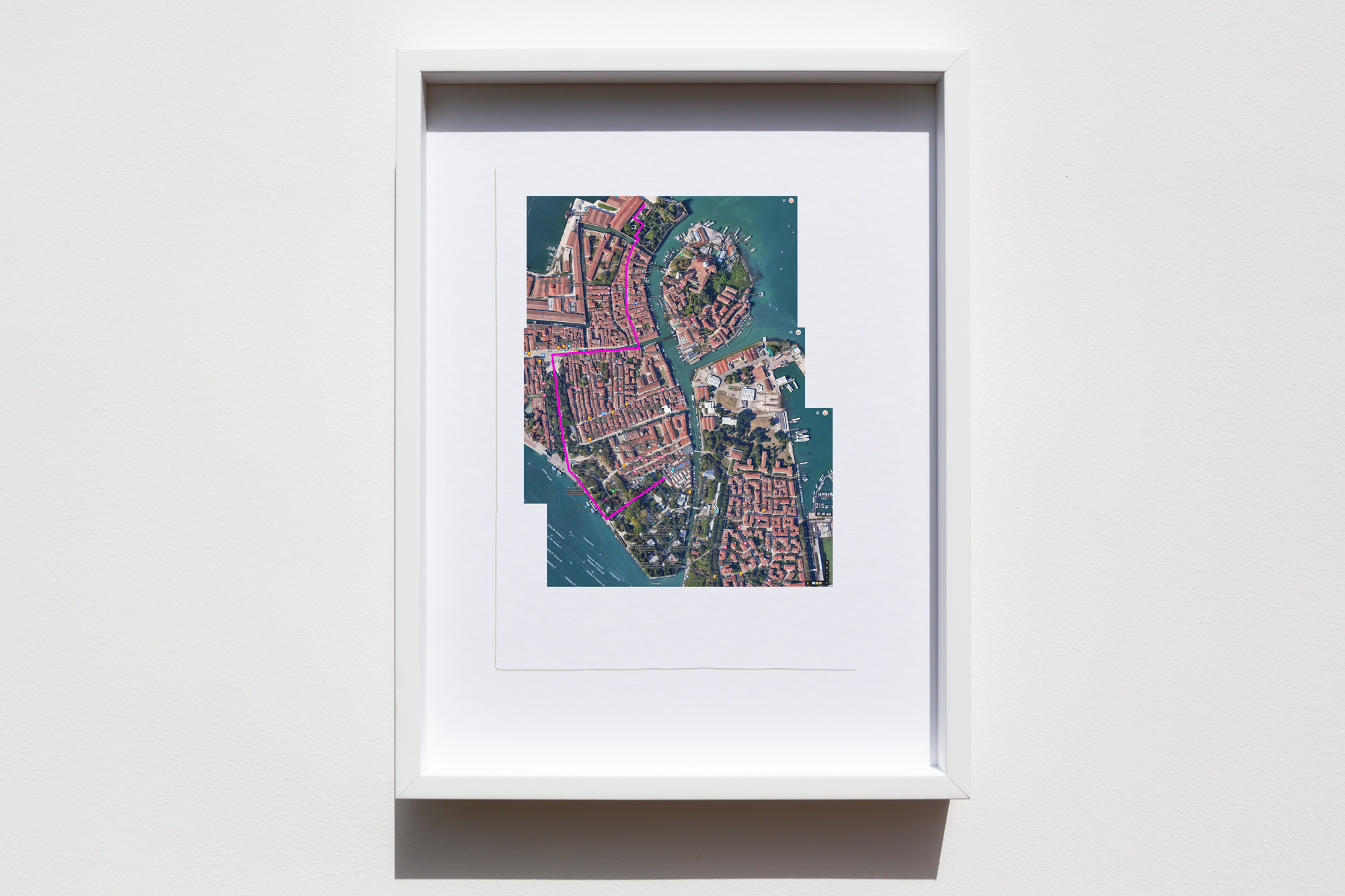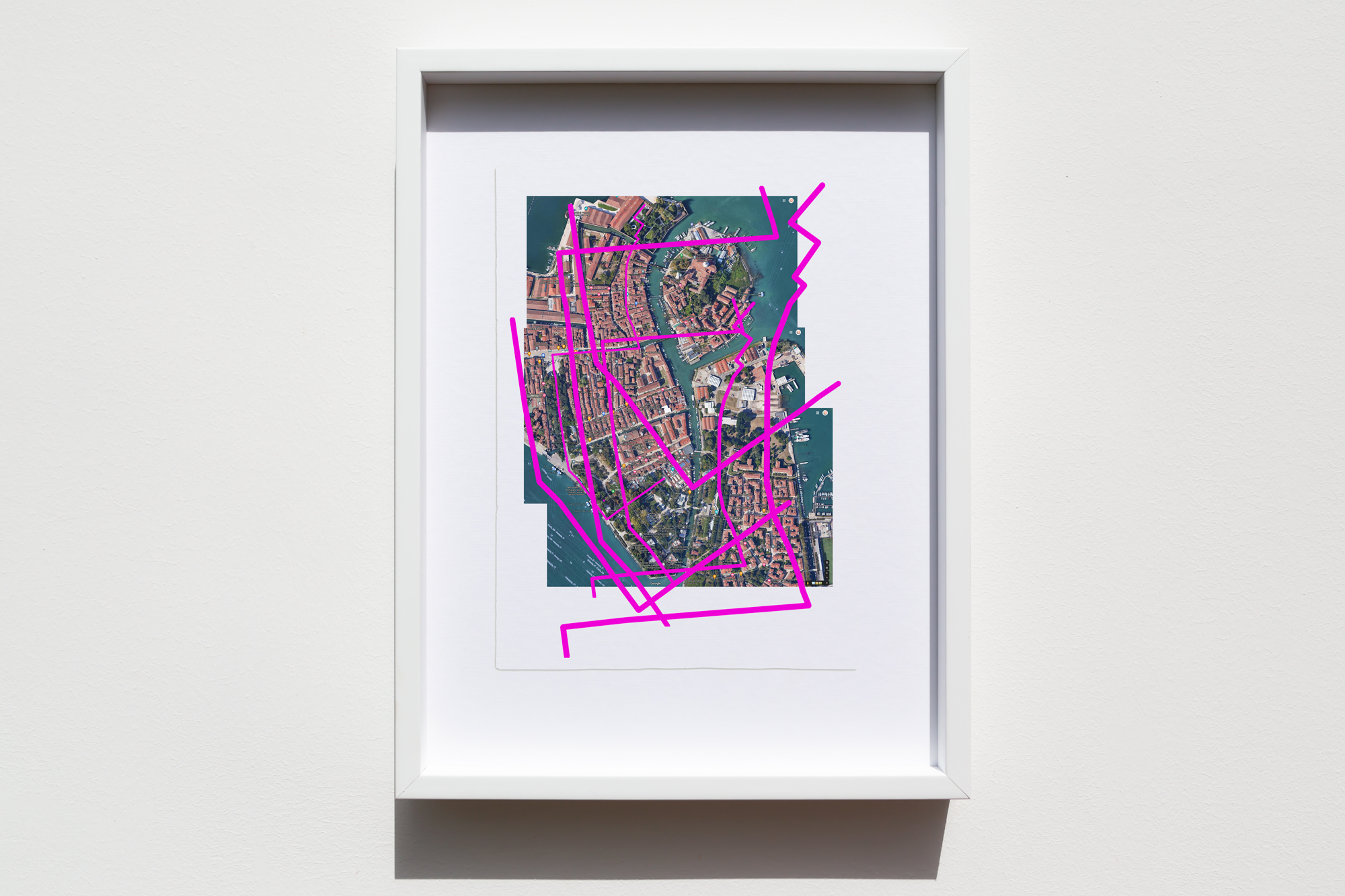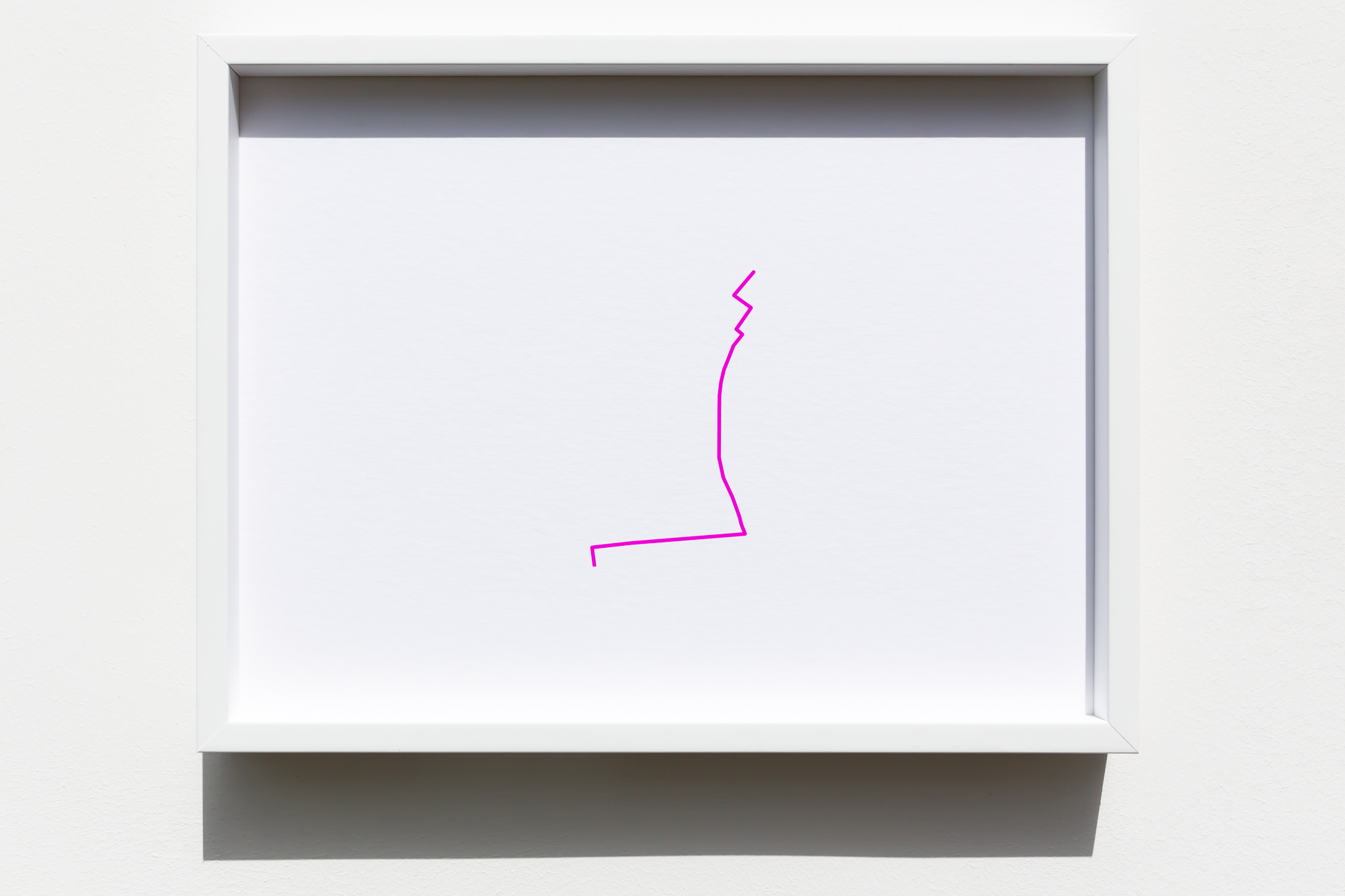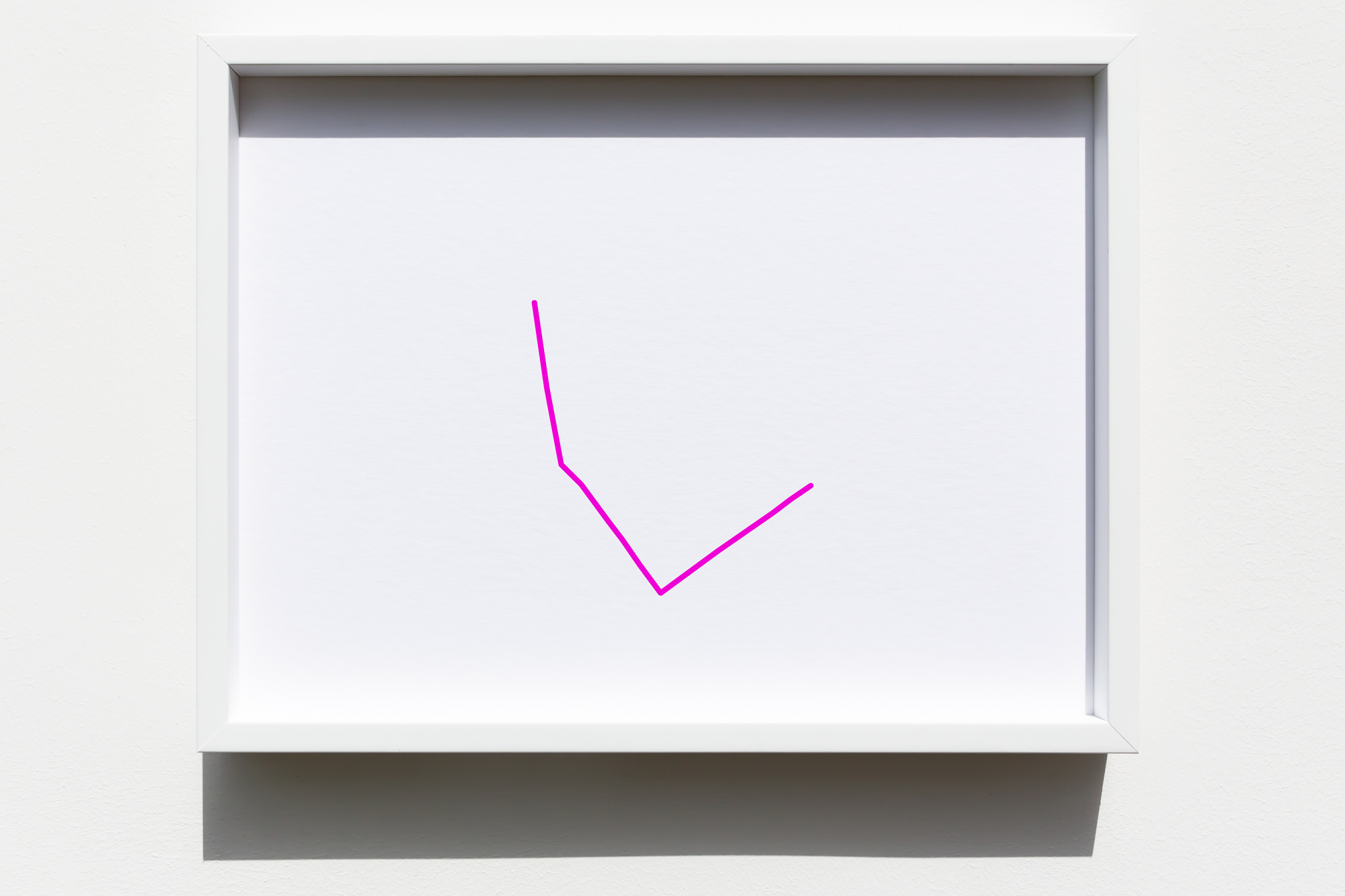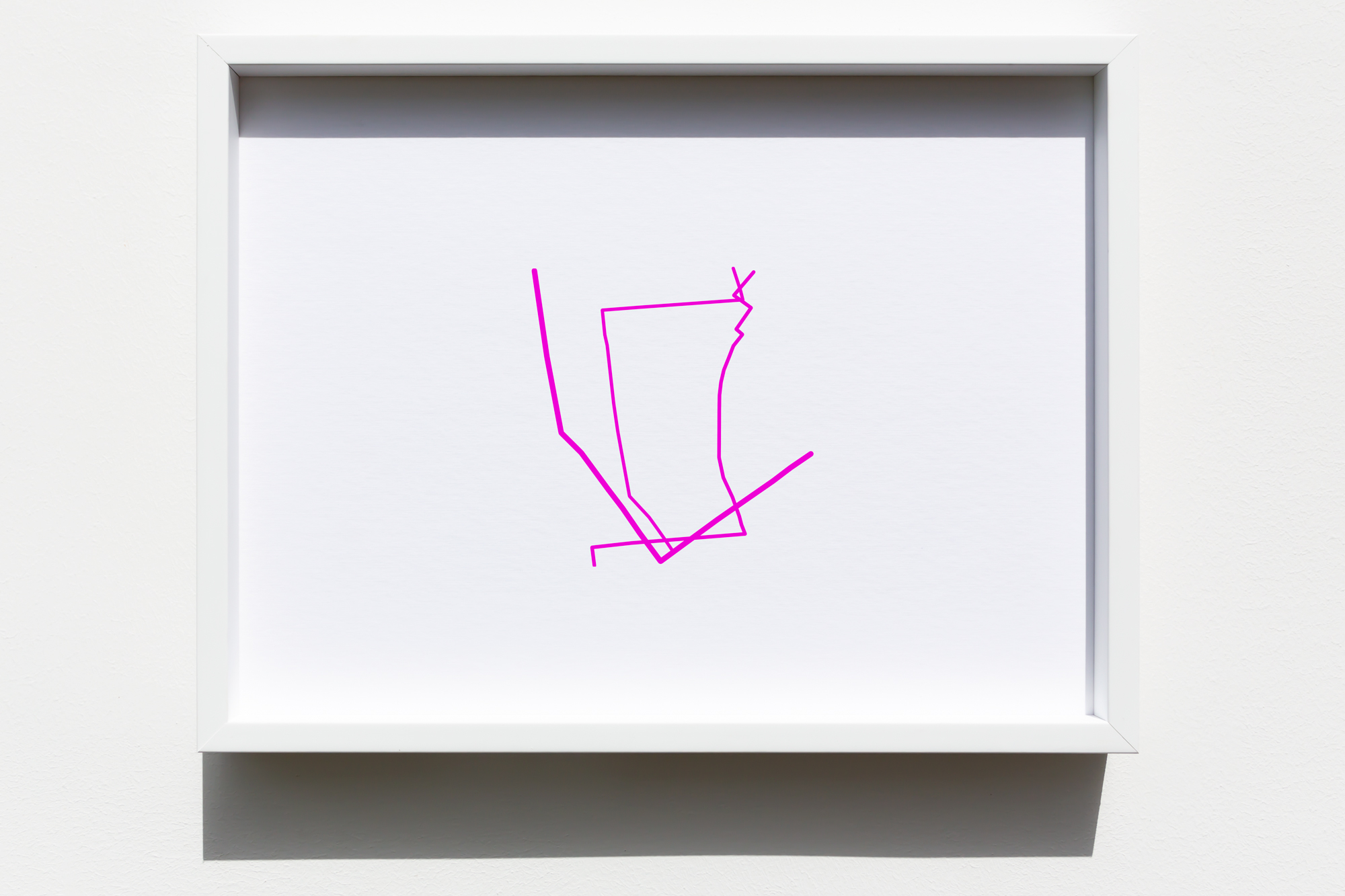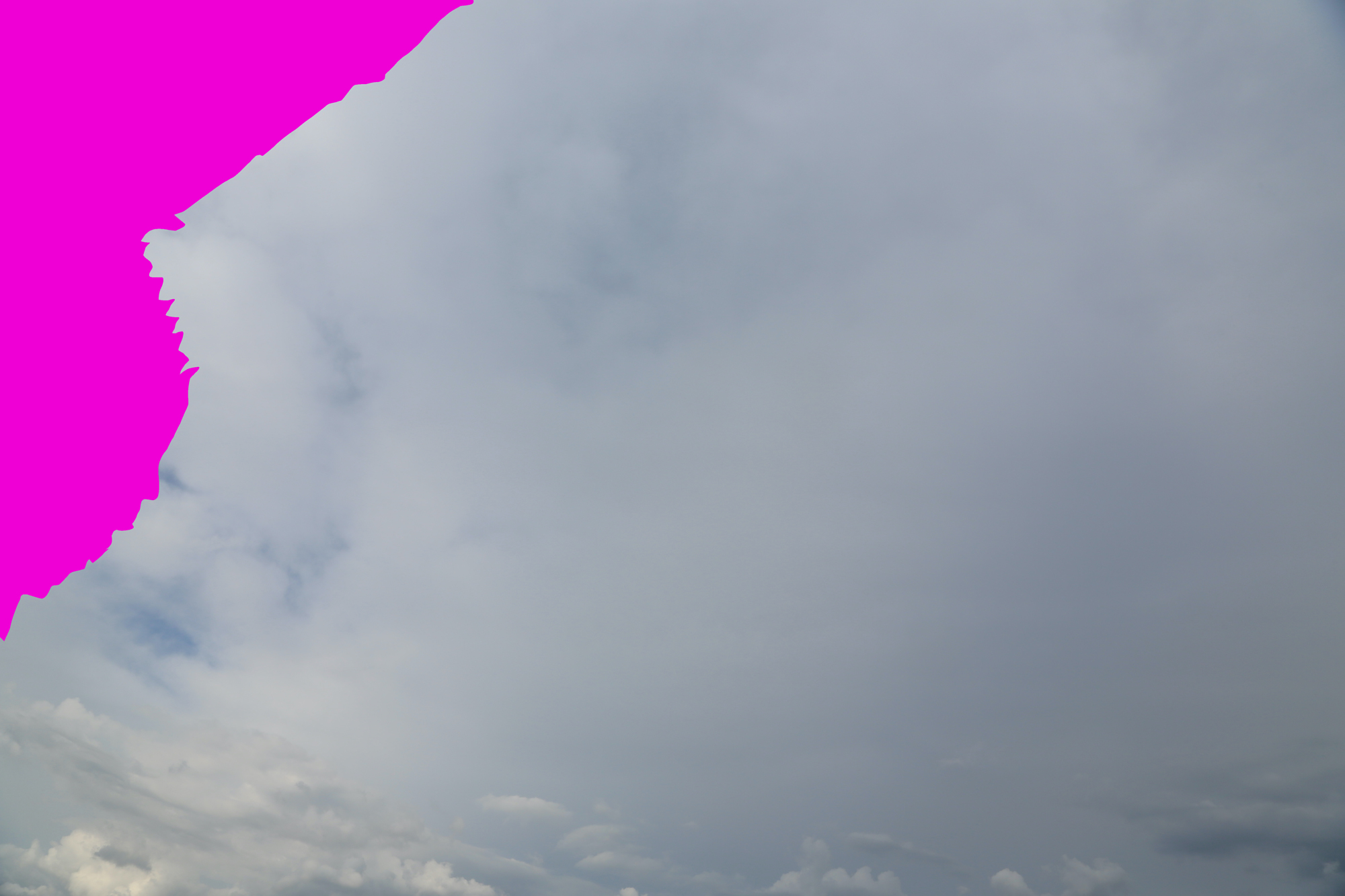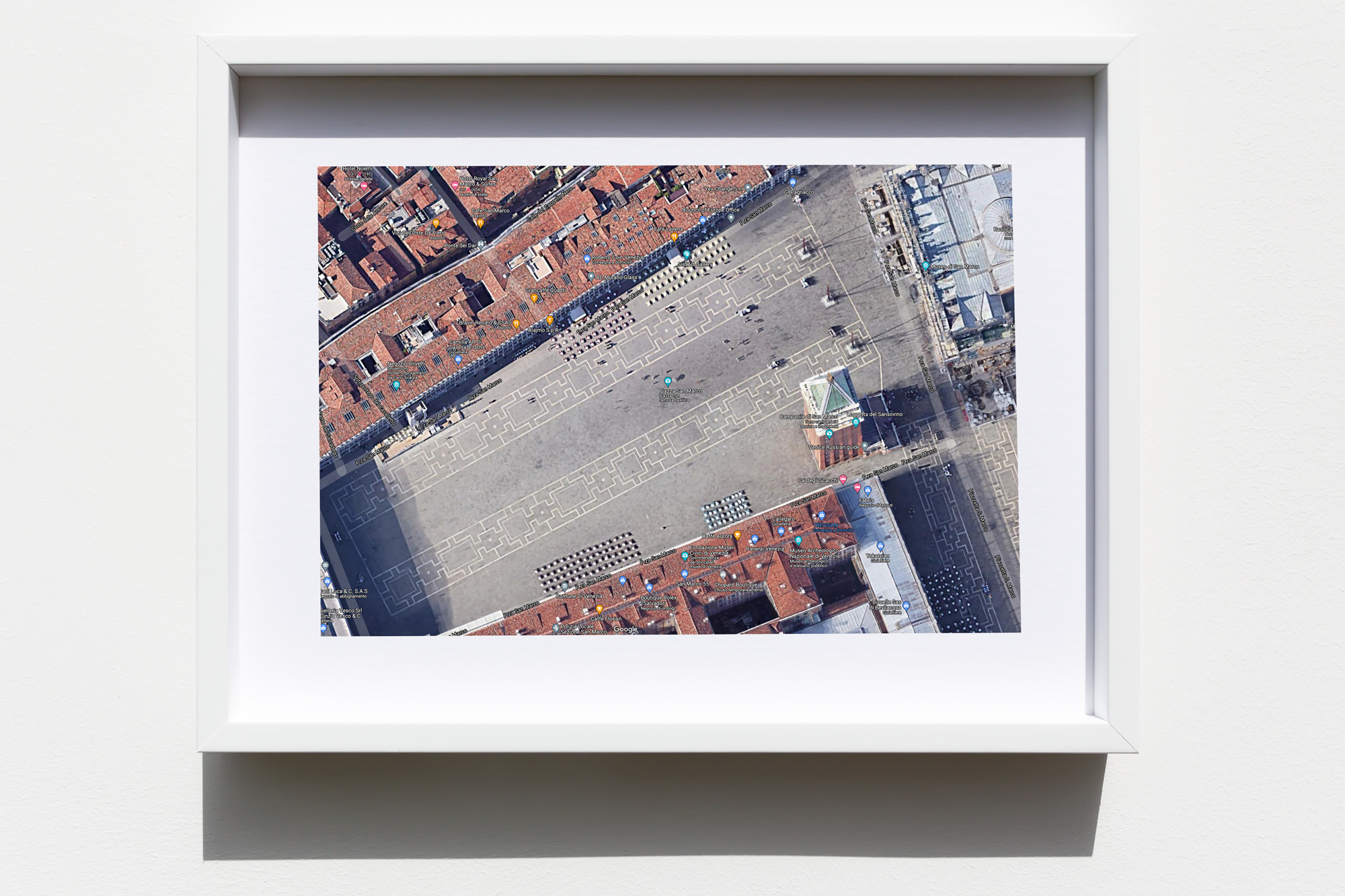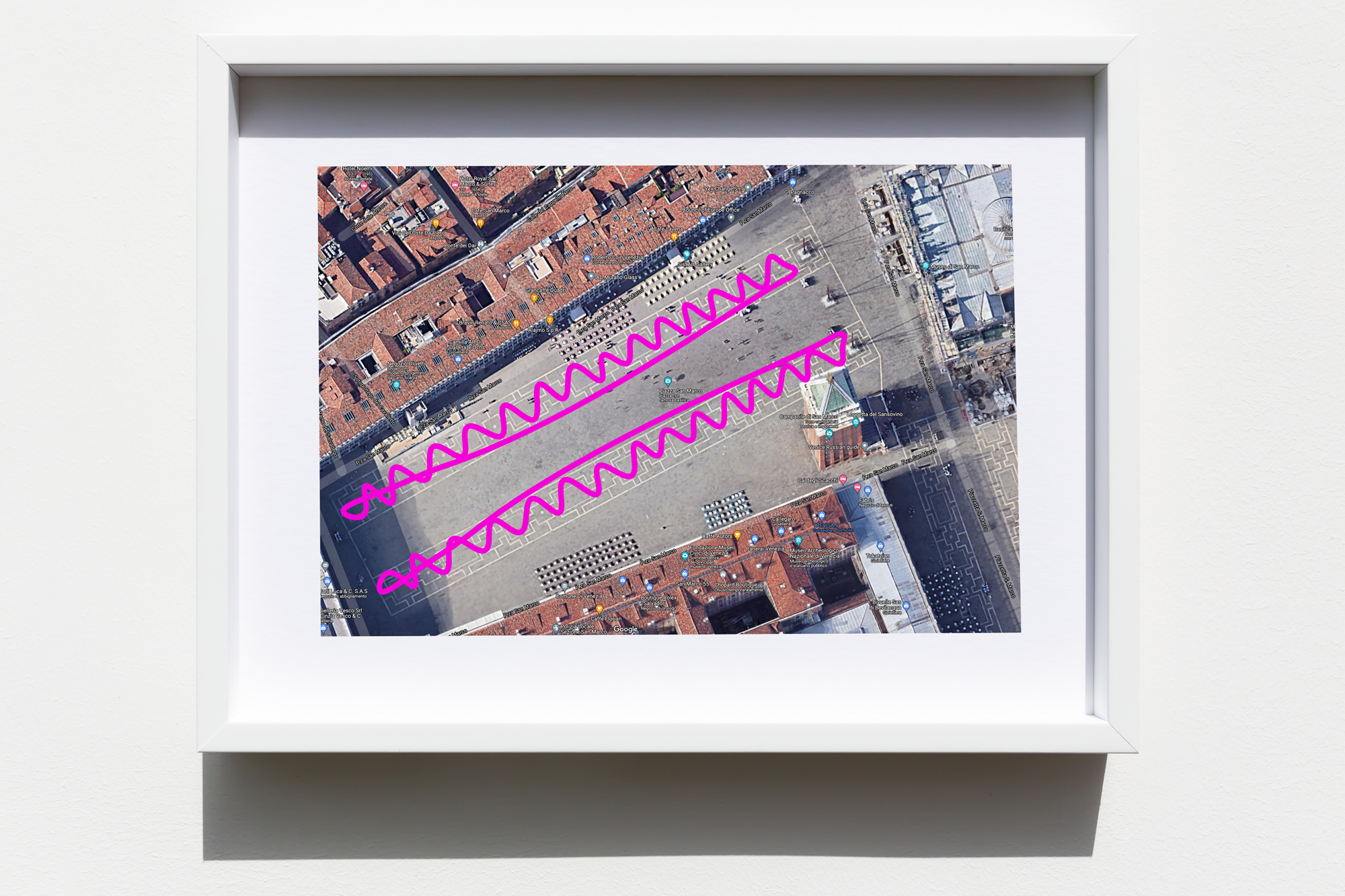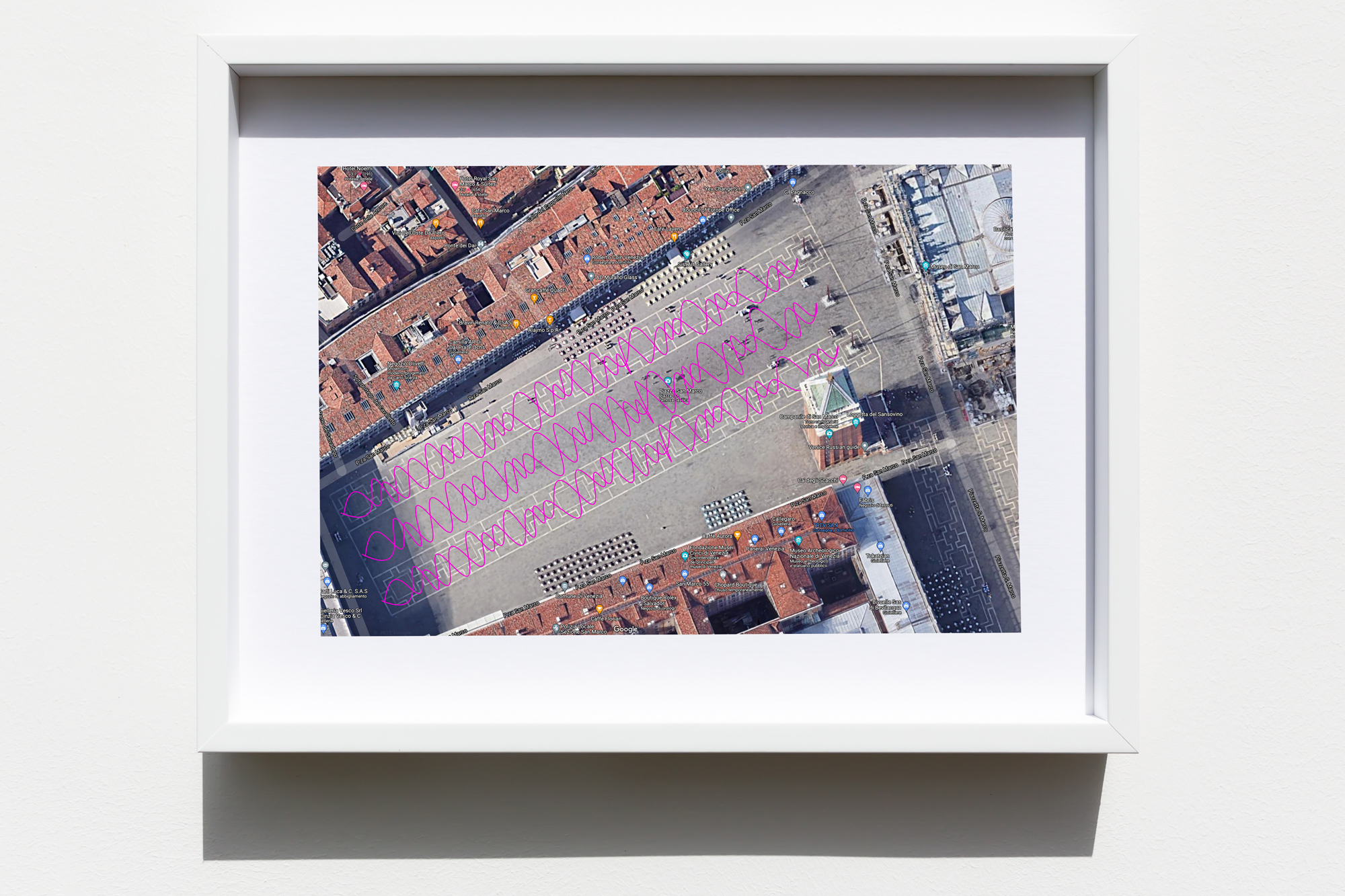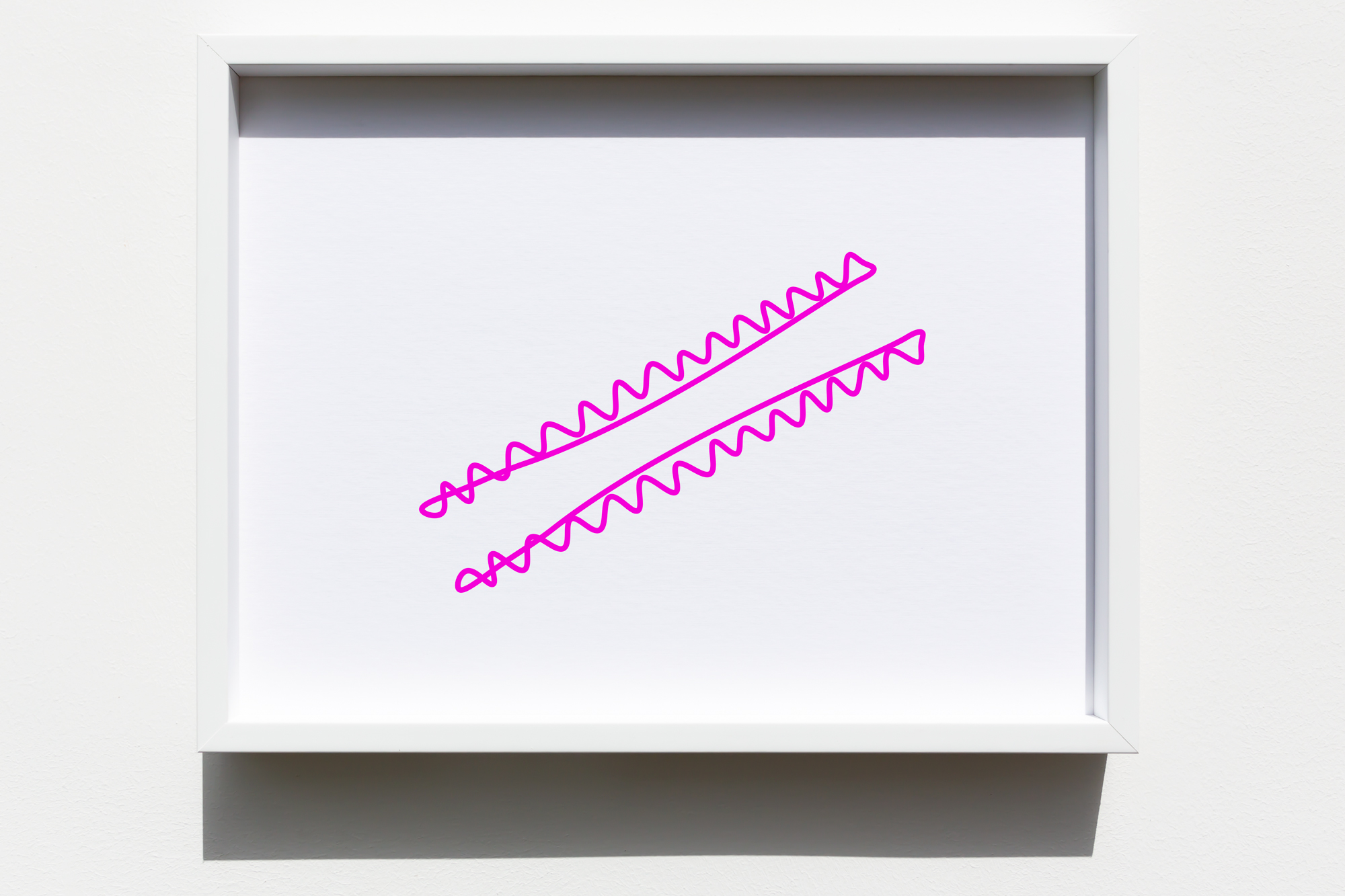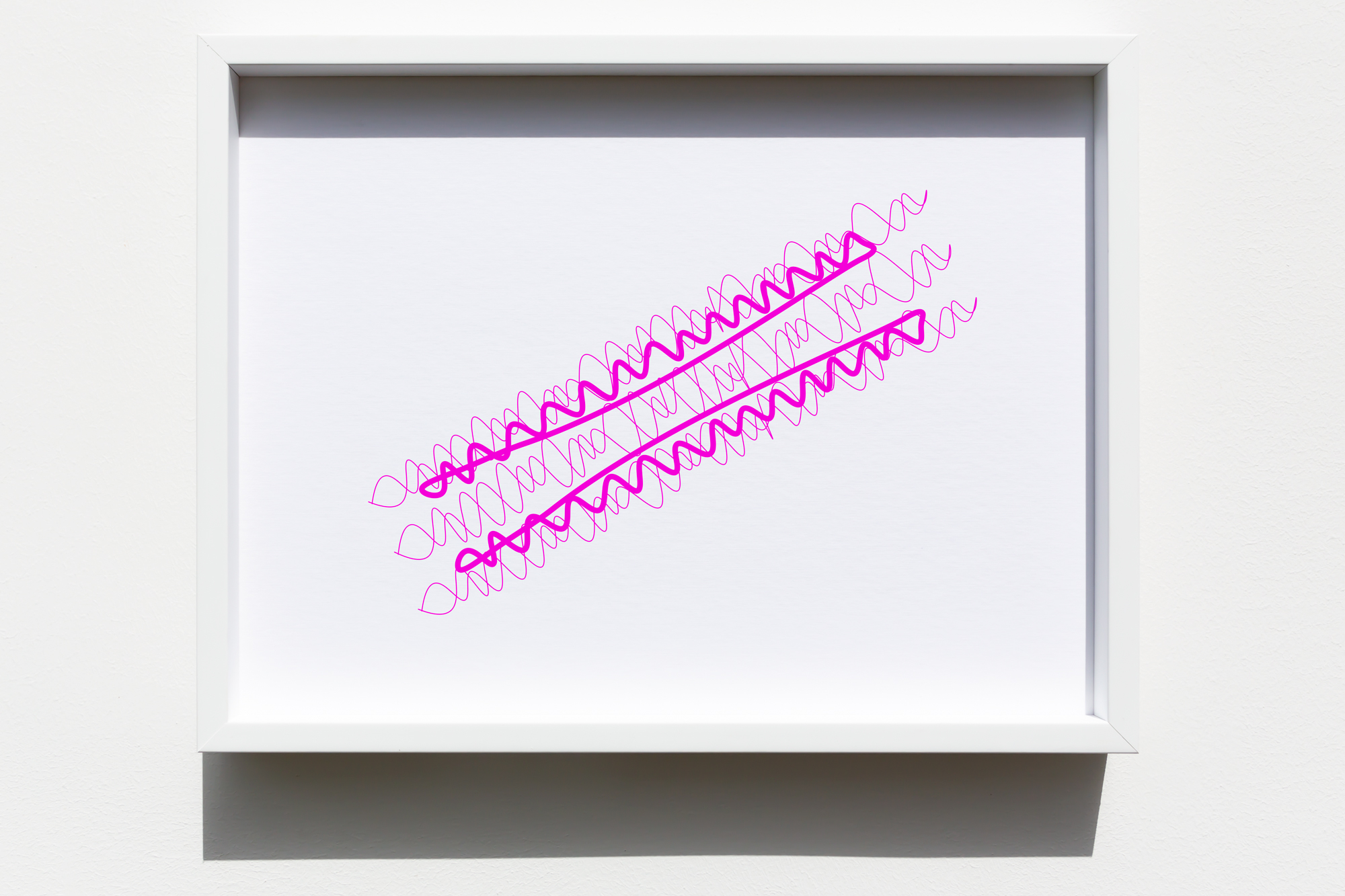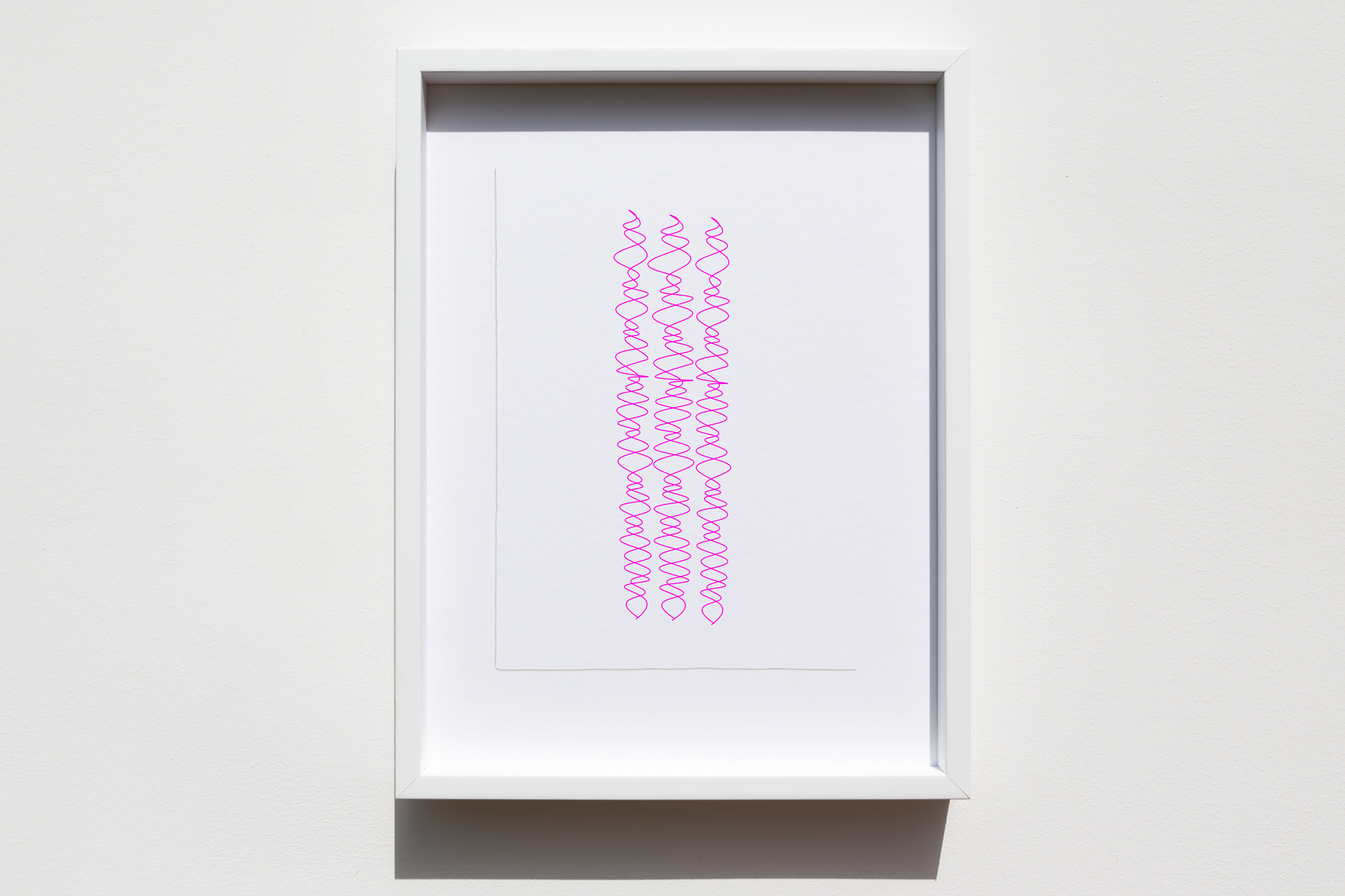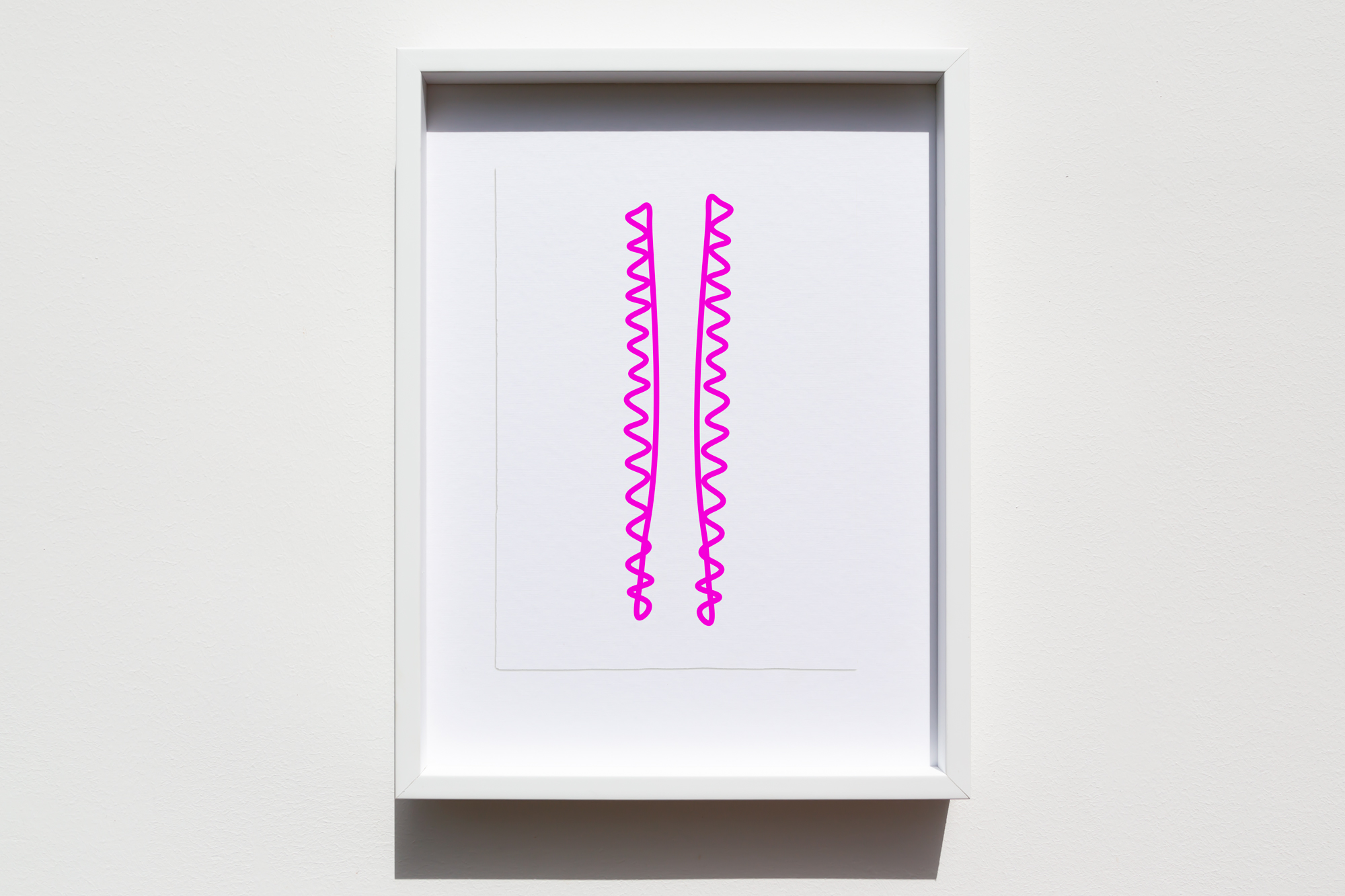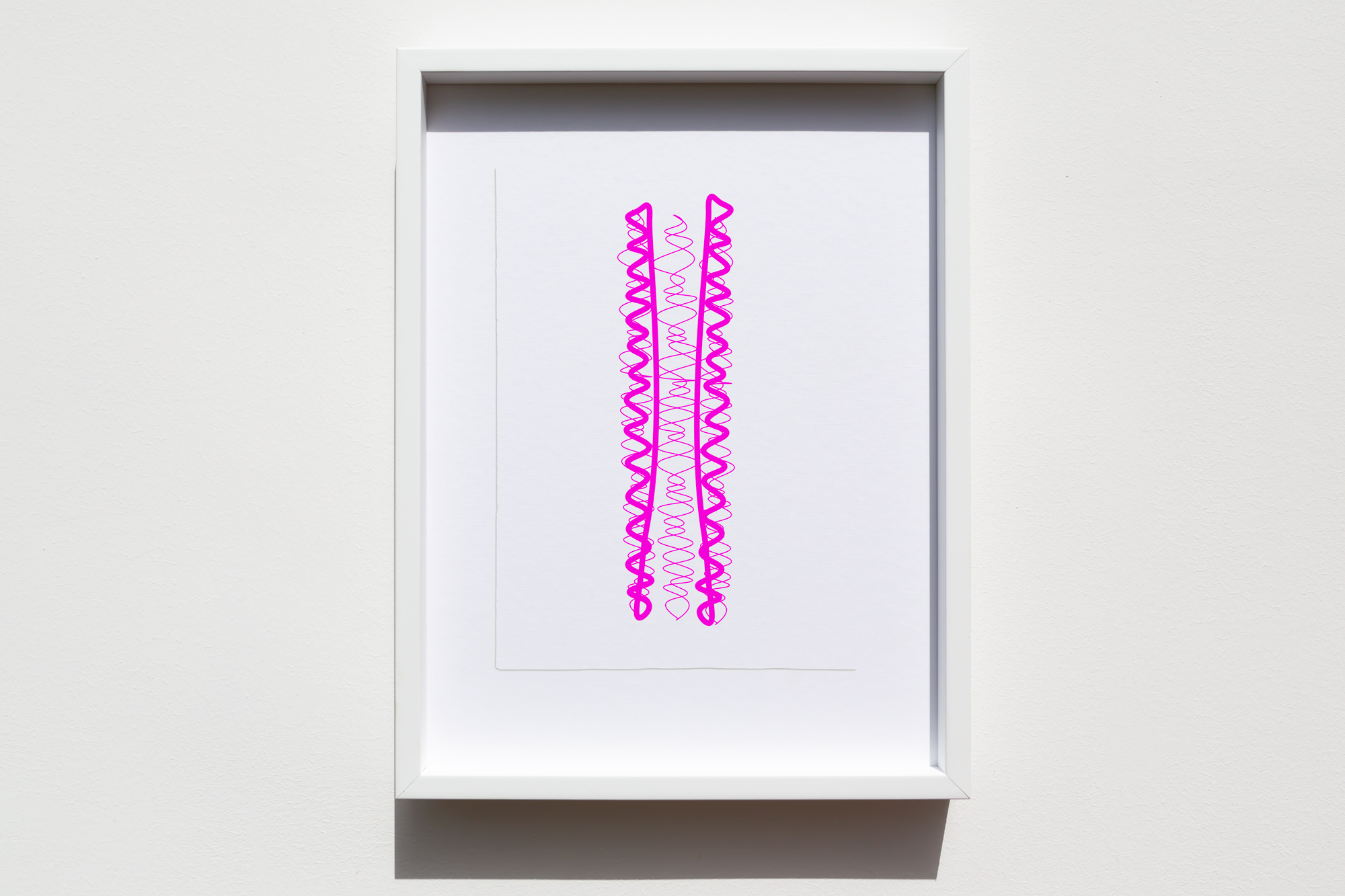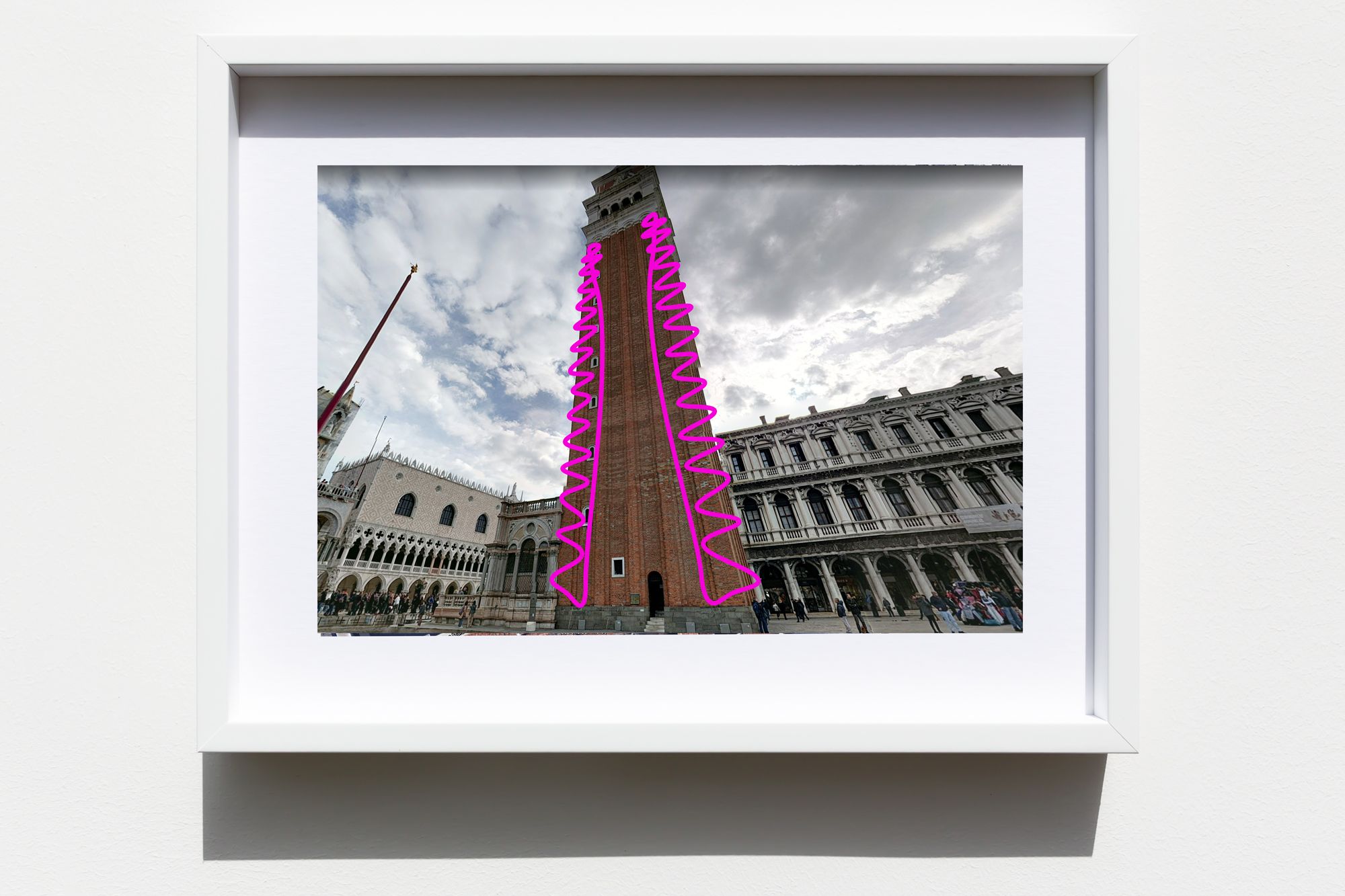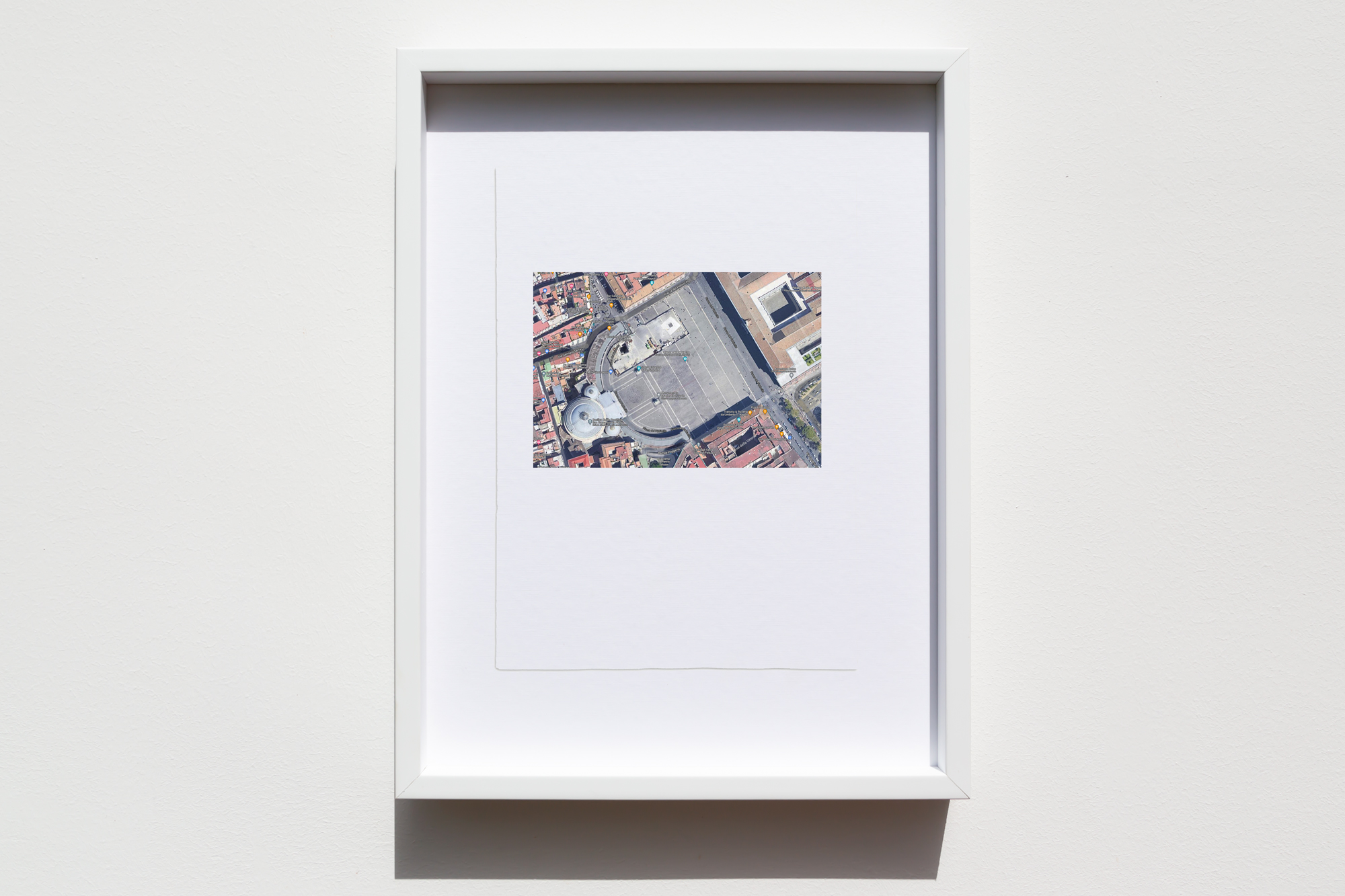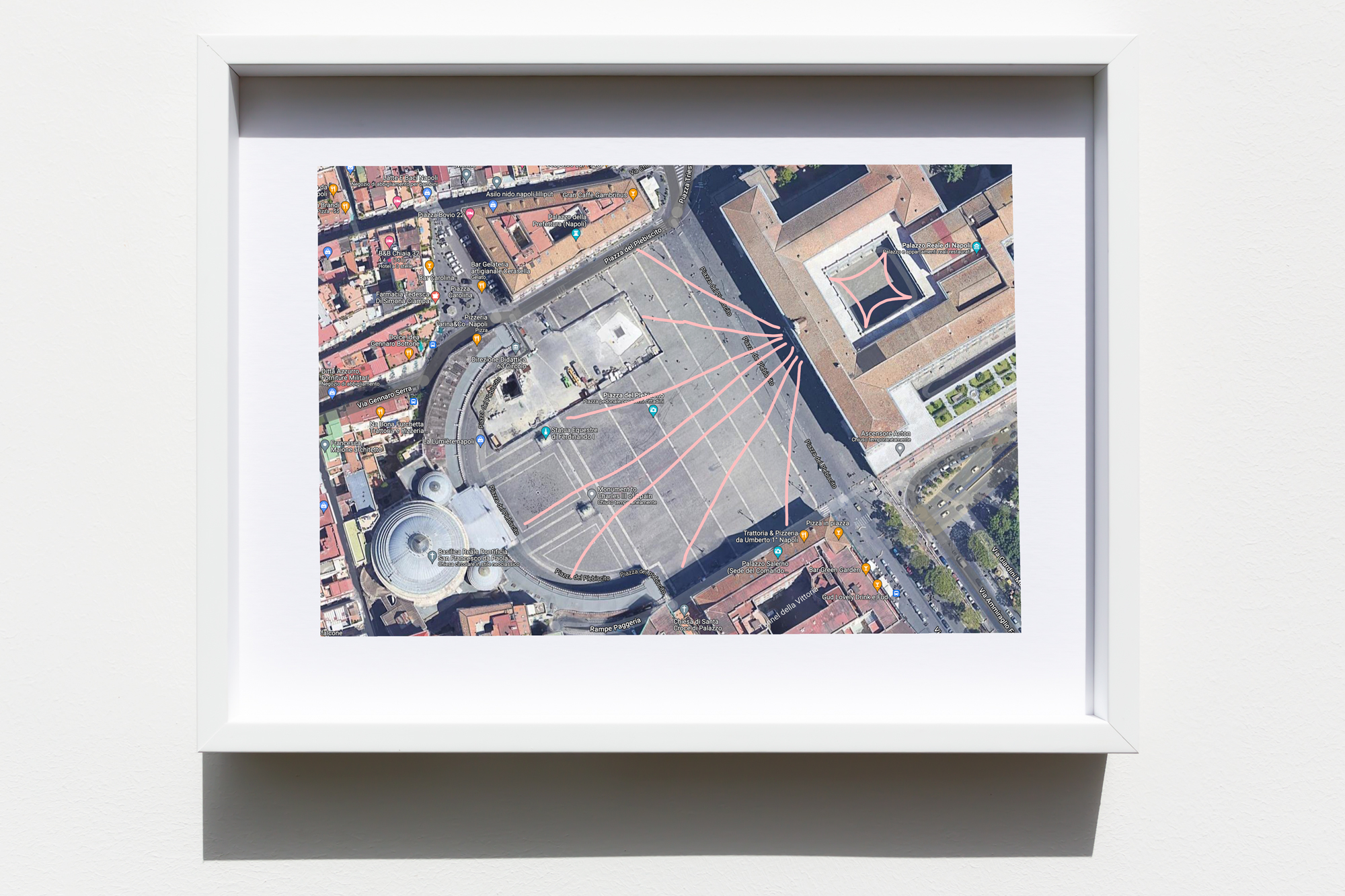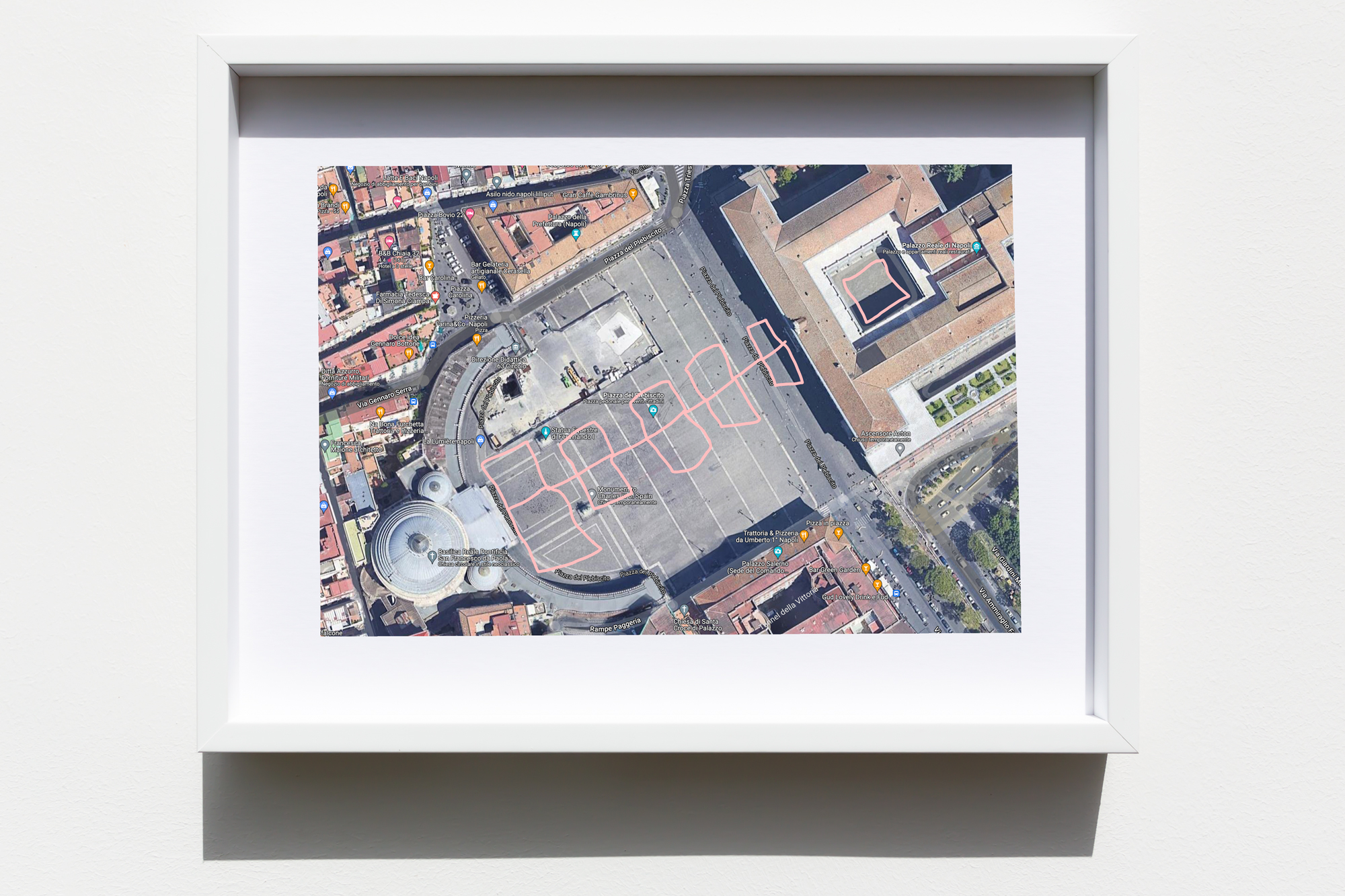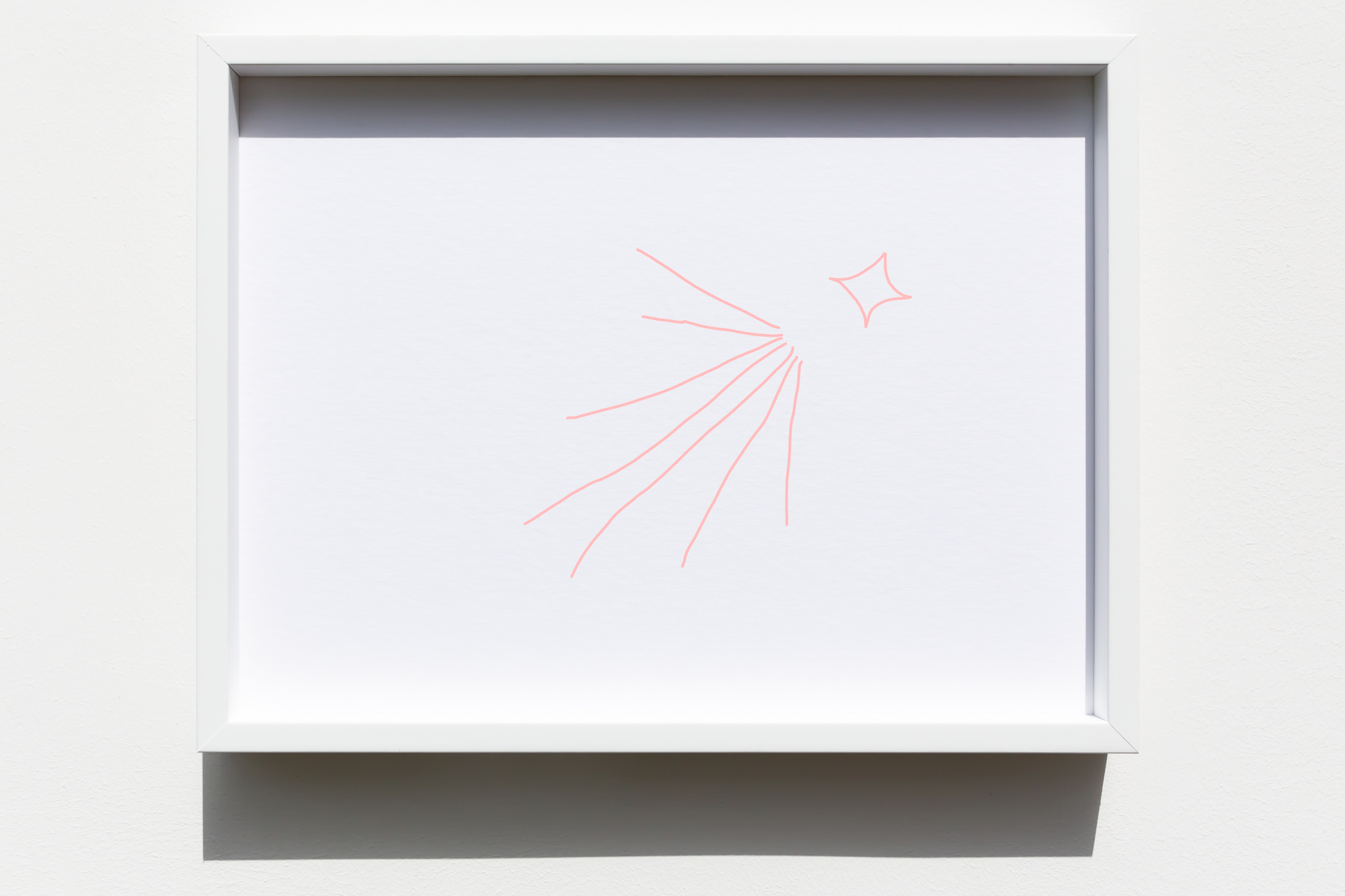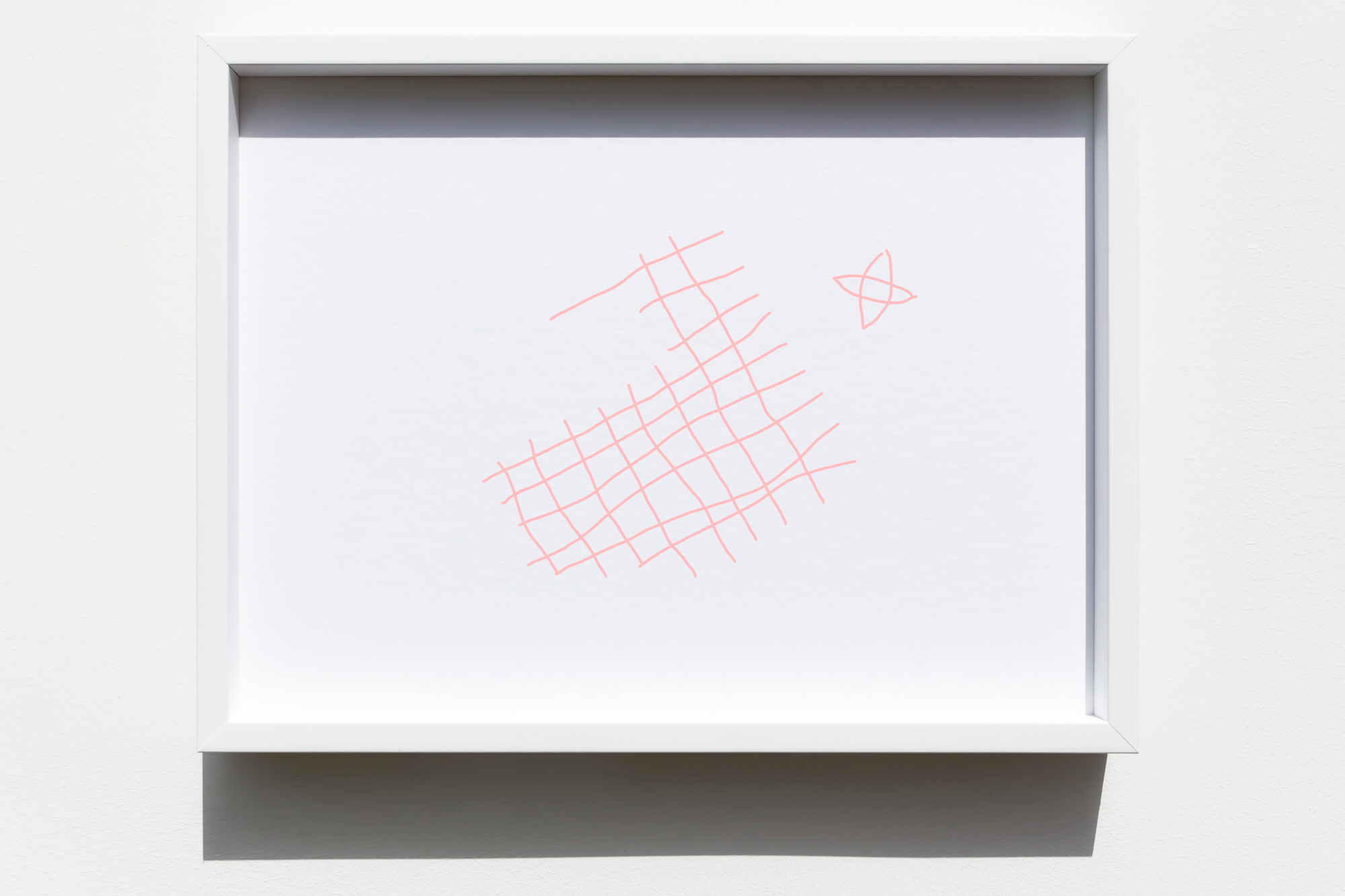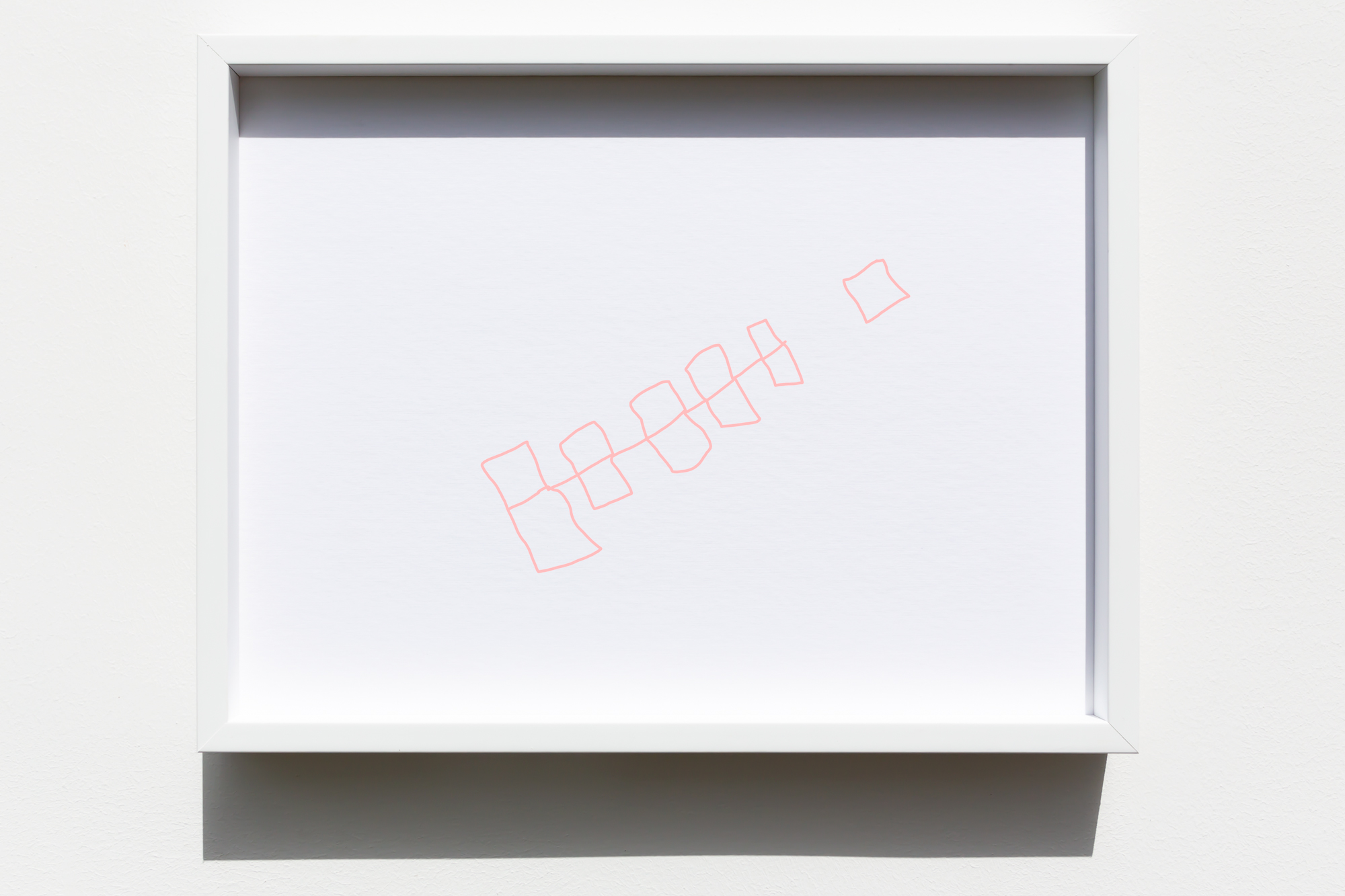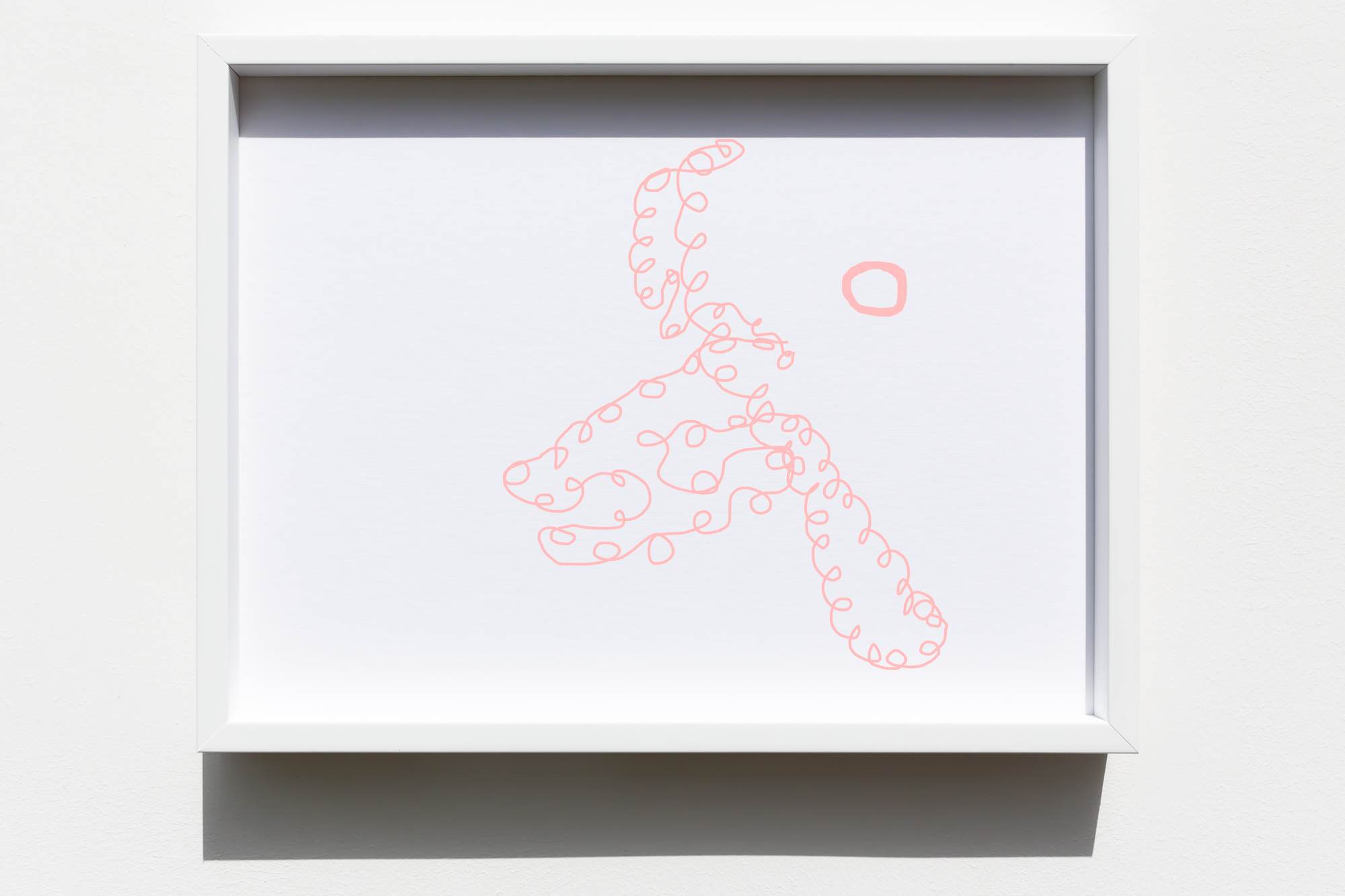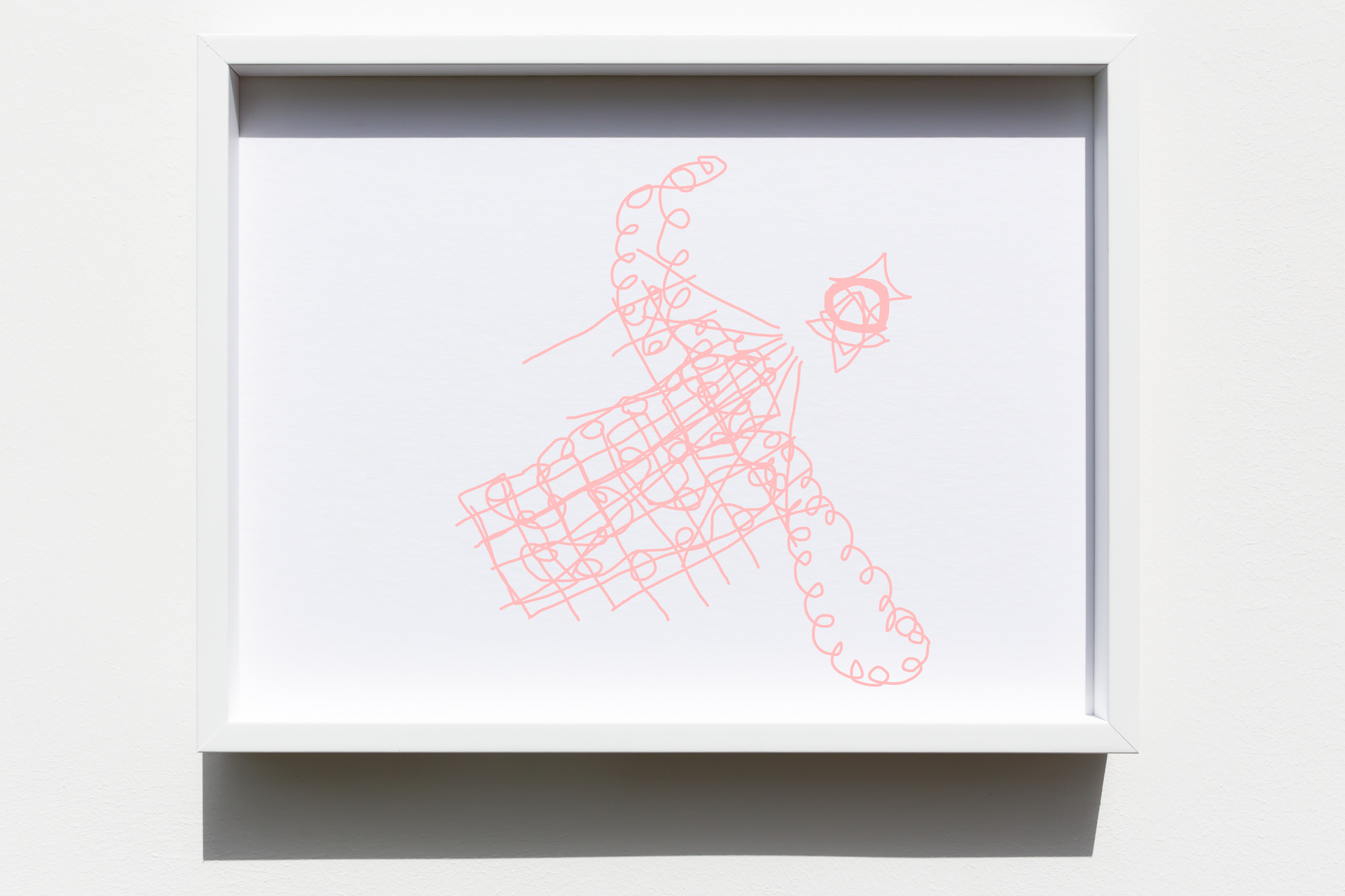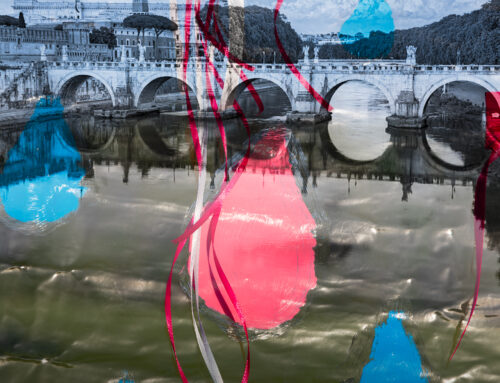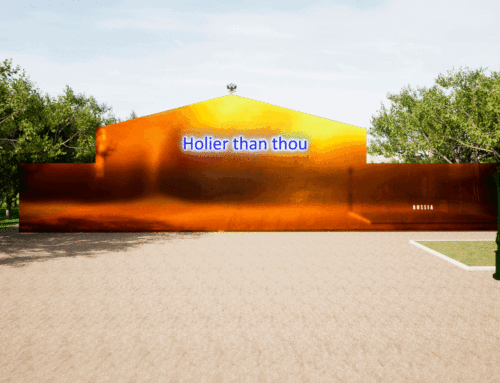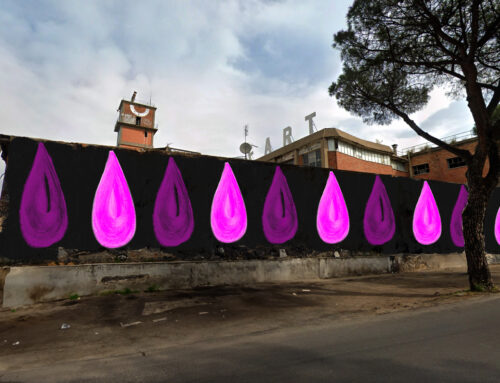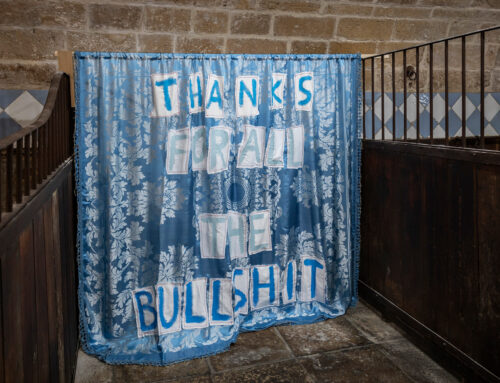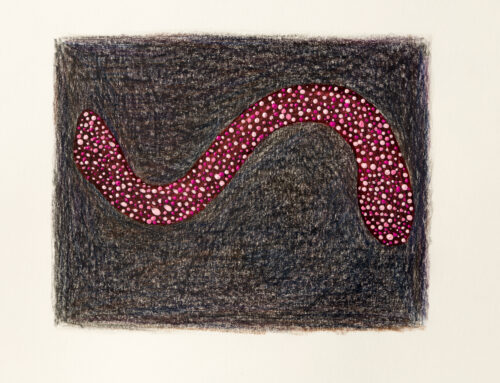“… THROUGHOUT A PERSON’S LIFE THERE PERSISTS A TENDENCY TO RESERVE TO THE SELF THE LARGEST POSSIBLE SHARE OF THE POWER TO ORGANIZE THE SURROUNDINGS AROUND ITSELF AS THE CENTER.”
THE POWER OF THE CENTER, RUDOLF ARNHEIM
CONTRADA CAMPOLARGO, SOMEWHERE IN ITALY, SOME TIME AGO
The first performance was realized in the field of what is known as being ‘formerly countryside’. It is part of a small village in Italy, transformed into an industrial area where the factories, heavily subsidized by the state, provide post-postmodern labor for insufficient living wages while polluting societal models, agricultural lands, and utopias. It is the periphery of a peripheral village, rendered invisible by sixty years of local and national corruption and buried under the resulting blight.
PIAZZA DEL CAMPIDOGLIO, ROME, ITALY
The performance was seated in the center of Rome and in one of its most iconic squares, Piazza del Campidoglio designed by Michelangelo, which continues to reflect the notion of caput mundi — center of the world. The centralized structure of power is juxtaposed to the representation of nothingness (as being nothing and of no value) of the periphery, suddenly inserting in the institutional space something ‘other’ than the rhetoric of aggrandizing and self-celebrating visual discourses.
GIARDINI AND PIAZZA SAN MARCO, VENICE, ITALY
The Venice performance is comprised of two parts: the first is within the grounds of the Venice Biennale and the second in Saint Mark’s Square. The itinerary is historically saturated and multilayered with meanings that are all reduced to a simplified view from above, which the artist has further detached and defleshed to the bare minimalist pink lines of drawings that represent the itinerary walked by the performer.
PIAZZA PLEBISCITO, NAPLES, ITALY
The performance in Naples is inspired by the conflict between order and disorder, by the attempt to render life orderly in spite of its tumultuous and passionate existence. This ‘passionate life’ could philosophically be defined as a ‘pathological condition.’ The resistance of Neapolitans to order and the reveling in what appears to be chaos is the result of a constant condition of antagonism against oppression. This struggle makes the city the mirror of an overflowing and disorderly life that continues to resist the imposition of a Cartesian grid.
Preferring Sinking to Surrender, Part II is one of ten sections of Lanfranco Aceti’s installation titled Preferring Sinking to Surrender which was conceived by the artist for the Italian Pavilion, Resilient Communities, curated by Alessandro Melis for the Venice Architecture Biennale, 2021. The ten sections are: Tools for Catching Clouds; Preferring Sinking to Surrender, Part I; Preferring Sinking to Surrender, Part II; Sacred Waters; Le Schiavone; Orthós; Seven Veils; Signs; Rehearsal; and The Ending of the End. These sections, singularly and collectively, create a complex narrative that responds to this year’s theme How Will We Live Together? set by Hashim Sarkis, curator of the 17th Venice Architecture Biennale.
The works of art — realized as a series of performances, installations, sculptures, video, and painting contributions — are part of the installation at the Italian Pavilion from May 21, 2021, to November 21, 2021, the opening and closing dates of the Venice Architecture Biennale.
How does power manifest itself and how can it be challenged? Is it possible to subvert millennia of symbolisms that not only have replaced meanings and sedimented a cultural and social understanding of life but also have not left any place for gender alterity other than social ostracism and invisibility? What role does publicness play in the construction of new social forms of protest that are rooted in past knowledge and are able to uncover the discarded, silenced, and erased alternatives to current capitalistic models of social and financial enslavement? Can these old models be viable alternatives, if revisited and adapted, or are they gone forever? Preferring Sinking to Surrender, Part II engages with the concept of protest as a lifetime of daily resistance and resilience in search of alternative itineraries, forms of engagement, and symbolisms. Aceti ditches the pretense of rationality and scientificity and bases these new works of art on emotive exchanges, historical remnants, and a matriarchal social idea of curare (to take care) that embraces those who have been marginalized, bringing them to the center of power from the periphery where they have been ostracized.
Image Captions:
Image 1: Lanfranco Aceti, Waiting for a Change of Direction, 2021. Wood pole and ripped linen sheet. Performance in Piazza del Campidoglio, Rome, Italy. Photographic print from the performance. Dimensions: 67 cm. X 100 cm.
Image 2: Lanfranco Aceti, Earth, Wind, and Fire, 2021. Performance with wood pole, ripped linen sheet, and wheat field. Photographic print from the performance. Dimensions: 67 cm. X 100 cm.
Image 3: Lanfranco Aceti, Give It a Cut, 2021. Performance with ripped linen sheet and scissors. Photographic print from the performance. Dimensions: 67 cm. X 100 cm.
Image 4: Lanfranco Aceti, Stitched Up, 2021. Performance with ripped linen sheet, thread, and needle. Photographic print from the performance. Dimensions: 67 cm. X 100 cm.
Image 5: Lanfranco Aceti, Folded Dreams, 2021. Performance with ripped linen sheet. Photographic print from the performance. Dimensions: 67 cm. X 100 cm.
Image 6: Lanfranco Aceti, I Am Standing Still, 2021. Wood pole and ripped linen sheet. Performance in Piazza del Campidoglio, Rome, Italy. Photographic print from the performance. Dimensions: 67 cm. X 100 cm.
Image 7: Lanfranco Aceti, Power to the Idiots, 2021. Performance in Piazza del Campidoglio, Rome, Italy. Google Maps’ view. Print from the planning of the performance. Dimensions: 100 cm. X 67 cm.
Image 8: Lanfranco Aceti, Power Walk, 2021. Performance in Piazza del Campidoglio, Rome, Italy. Google Maps’ view. Print from the planning of the performance. Dimensions: 67 cm. X 100 cm.
Image 9: Lanfranco Aceti, The Moon on the Ground and the Eyes on the Sky, 2021. Performance in Piazza del Campidoglio, Rome, Italy. Google Maps’ view. Print from the planning of the performance. Dimensions: 67 cm. X 100 cm.
Image 10: Lanfranco Aceti, Power Ascending, 2021. Performance in Piazza del Campidoglio, Rome, Italy. Google Maps’ view. Digital print from the planning of the performance. Dimensions: 67 cm. X 100 cm.
Image 11: Lanfranco Aceti, Power Descending, 2021. Performance in Piazza del Campidoglio, Rome, Italy. Google Maps’ view. Digital print from the planning of the performance. Dimensions: 67 cm. X 100 cm.
Image 12: Lanfranco Aceti, The Many Faces of the Moon, 2021. Performance in Piazza del Campidoglio, Rome, Italy. Walking map. Print from the planning of the performance. Dimensions: 67 cm. X 100 cm.
Image 13: Lanfranco Aceti, The Visible Paths of Life, 2021. Performance in Piazza del Campidoglio, Rome, Italy. Walking map. Print from the planning of the performance. Dimensions: 67 cm. X 100 cm.
Image 14: Lanfranco Aceti, What Your Eyes Don’t See Blinded as They Are by Shiny Mirrors, 2021. Performance in Piazza del Campidoglio, Rome, Italy. Print from the aftermath of the performance. Dimensions: 67 cm. X 100 cm.
Image 15: Lanfranco Aceti, The Moon Is Still on Top of My Spear, 2021. Performance in Piazza del Campidoglio, Rome, Italy. Print from the aftermath of the performance. Dimensions: 67 cm. X 100 cm.
Image 16: Lanfranco Aceti, Lineage of Power, 2021. Wood pole and ripped linen sheet. Performance in Piazza del Campidoglio, Rome, Italy. Photographic print from the performance. Dimensions: 67 cm. X 100 cm.
Image 17: Lanfranco Aceti, Three Different Colors for Three Different Worlds, 2021. Wood pole and ripped linen sheet. Performance in Piazza del Campidoglio, Rome, Italy. Photographic print from the performance. Dimensions: 67 cm. X 100 cm.
Image 18: Lanfranco Aceti, Two Different Colors for Two Different Worlds, 2021. Wood pole and ripped linen sheet. Performance in Piazza del Campidoglio, Rome, Italy. Photographic print from the performance. Dimensions: 67 cm. X 100 cm.
Image 19: Lanfranco Aceti, A World of a Different Color, Number 1, 2021. Wood pole and ripped linen sheet. Performance in Piazza del Campidoglio, Rome, Italy. Photographic print from the performance. Dimensions: 67 cm. X 100 cm.
Image 20: Lanfranco Aceti, A World of a Different Color, Number 2, 2021. Wood pole and ripped linen sheet. Performance in Piazza del Campidoglio, Rome, Italy. Photographic print from the performance. Dimensions: 67 cm. X 100 cm.
Image 21: Lanfranco Aceti, A World of a Different Color, Number 3, 2021. Wood pole and ripped linen sheet. Performance in Piazza del Campidoglio, Rome, Italy. Photographic print from the performance. Dimensions: 67 cm. X 100 cm.
Image 22: Lanfranco Aceti, Changing World, 2021. Gif animation.
Image 23: Lanfranco Aceti, Binary Transitional Moments, Number 1, 2021. Wood pole and ripped linen sheet. Performance in Piazza del Campidoglio, Rome, Italy. Photographic print from the performance. Dimensions: 67 cm. X 100 cm.
Image 24: Lanfranco Aceti, Binary Transitional Moments, Number 2, 2021. Wood pole and ripped linen sheet. Performance in Piazza del Campidoglio, Rome, Italy. Photographic print from the performance. Dimensions: 67 cm. X 100 cm.
Image 25: Lanfranco Aceti, Three Visions of Future Steps, 2021. Wood pole and ripped linen sheet. Performance in Piazza del Campidoglio, Rome, Italy. Photographic print from the performance. Dimensions: 67 cm. X 100 cm.
Image 26: Lanfranco Aceti, Three Memories of Past Steps, 2021. Wood pole and ripped linen sheet. Performance in Piazza del Campidoglio, Rome, Italy. Photographic print from the performance. Dimensions: 67 cm. X 100 cm.
Image 27: Lanfranco Aceti, Trinary Transitional Moments, Left, Number 1, 2021. Wood pole and ripped linen sheet. Performance in Piazza del Campidoglio, Rome, Italy. Photographic print from the performance. Dimensions: 67 cm. X 100 cm.
Image 28: Lanfranco Aceti, Trinary Transitional Moments, Right, Number 1, 2021. Wood pole and ripped linen sheet. Performance in Piazza del Campidoglio, Rome, Italy. Photographic print from the performance. Dimensions: 67 cm. X 100 cm.
Image 29: Lanfranco Aceti, Trinary Transitional Moments, Center, Number 1, 2021. Wood pole and ripped linen sheet. Performance in Piazza del Campidoglio, Rome, Italy. Photographic print from the performance. Dimensions: 67 cm. X 100 cm.
Image 30: Lanfranco Aceti, Trinary Transitional Moments, Left, Number 2, 2021. Wood pole and ripped linen sheet. Performance in Piazza del Campidoglio, Rome, Italy. Photographic print from the performance. Dimensions: 67 cm. X 100 cm.
Image 31: Lanfranco Aceti, Trinary Transitional Moments, Right, Number 2, 2021. Wood pole and ripped linen sheet. Performance in Piazza del Campidoglio, Rome, Italy. Photographic print from the performance. Dimensions: 67 cm. X 100 cm.
Image 32: Lanfranco Aceti, Trinary Transitional Moments, Center, Number 2, 2021. Wood pole and ripped linen sheet. Performance in Piazza del Campidoglio, Rome, Italy. Photographic print from the performance. Dimensions: 67 cm. X 100 cm.
Image 33: Lanfranco Aceti, Trinary Transitional Moments, Left, Number 3, 2021. Wood pole and ripped linen sheet. Performance in Piazza del Campidoglio, Rome, Italy. Photographic print from the performance. Dimensions: 67 cm. X 100 cm.
Image 34: Lanfranco Aceti, Trinary Transitional Moments, Right, Number 3, 2021. Wood pole and ripped linen sheet. Performance in Piazza del Campidoglio, Rome, Italy. Photographic print from the performance. Dimensions: 67 cm. X 100 cm.
Image 35: Lanfranco Aceti, Trinary Transitional Moments, Center, Number 3, 2021. Wood pole and ripped linen sheet. Performance in Piazza del Campidoglio, Rome, Italy. Photographic print from the performance. Dimensions: 67 cm. X 100 cm.
Image 36: Lanfranco Aceti, From Rag to Flag, Step Number 1, 2021. Oil and acrylic paint on canvas. Photographic print. Dimensions: 67 cm. X 100 cm.
Image 37: Lanfranco Aceti, From Rag to Flag, Step Number 2, 2021. Oil and acrylic paint on canvas. Photographic print. Dimensions: 67 cm. X 100 cm.
Image 38: Lanfranco Aceti, From Rag to Flag, Step Number 3, 2021. Oil and acrylic paint on canvas. Photographic print. Dimensions: 67 cm. X 100 cm.
Image 39: Lanfranco Aceti, From Rag to Flag, Subtraction, 2021. Oil and acrylic paint on canvas. Photographic print. Dimensions: 67 cm. X 100 cm.
Image 40: Lanfranco Aceti, From Rag to Flag, Addition, 2021. Oil and acrylic paint on canvas. Photographic print. Dimensions: 67 cm. X 100 cm.
Image 41: Lanfranco Aceti, From Rag to Flag, Alternatives, 2021. Gif animation.

